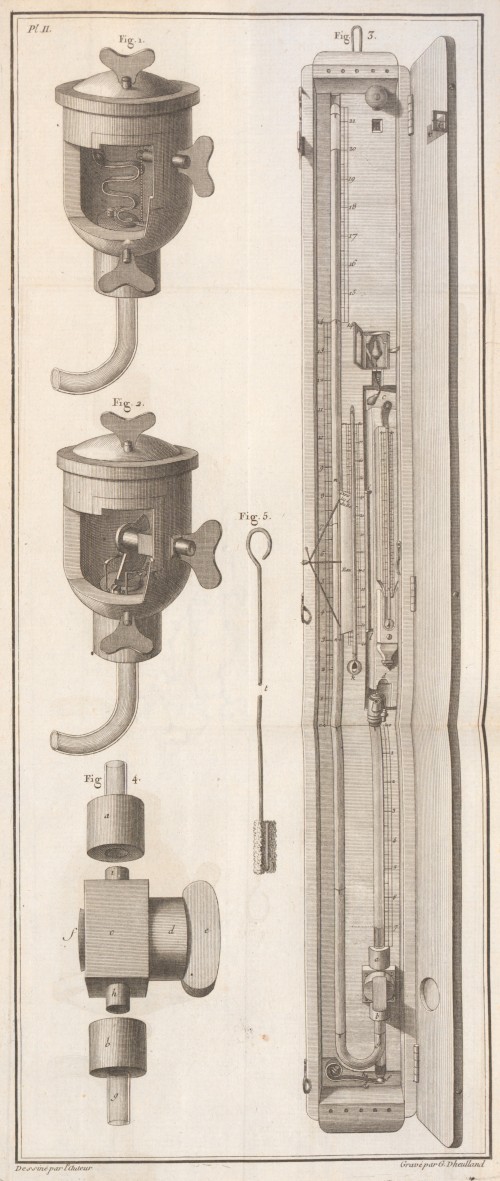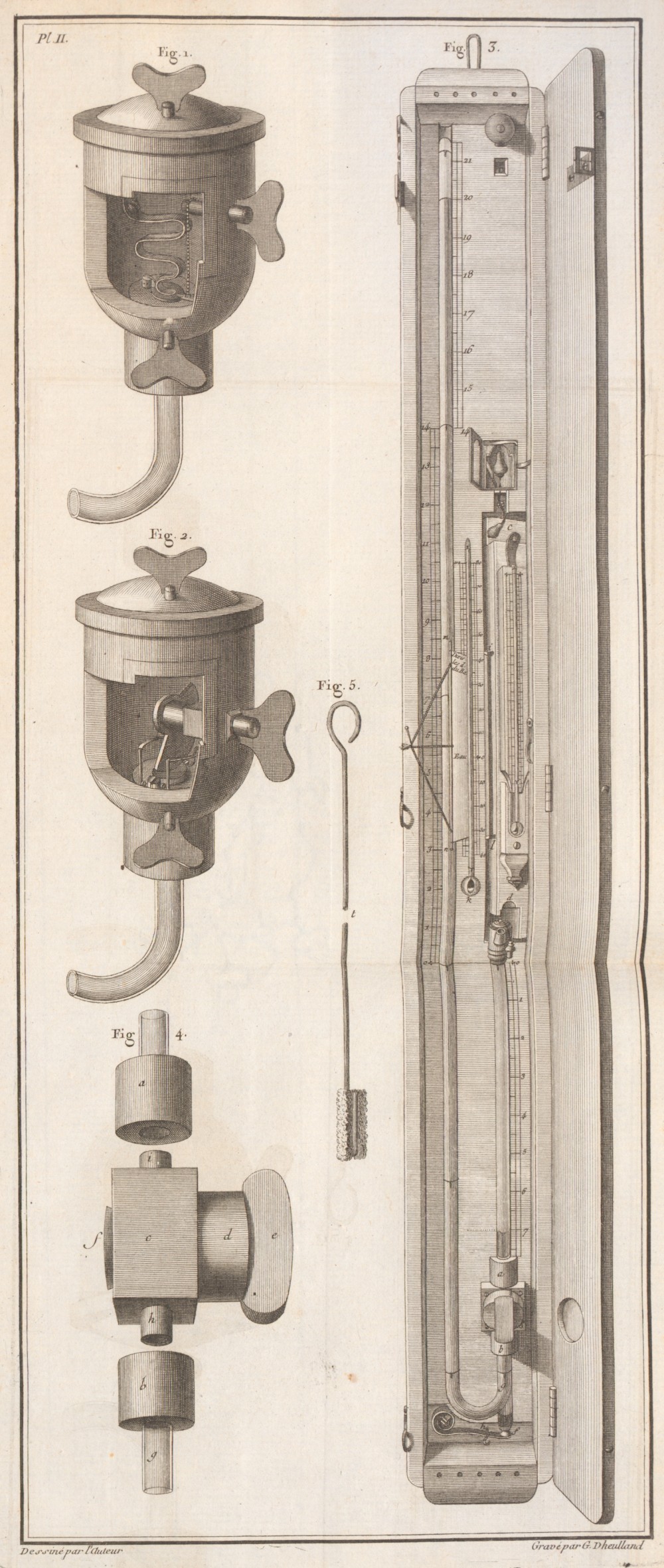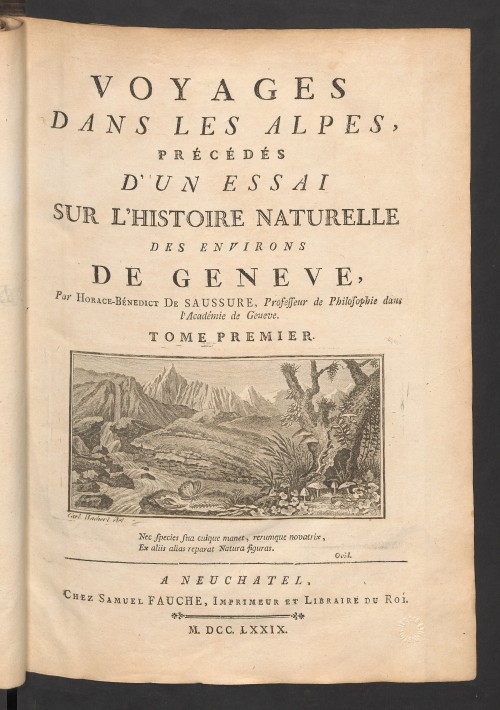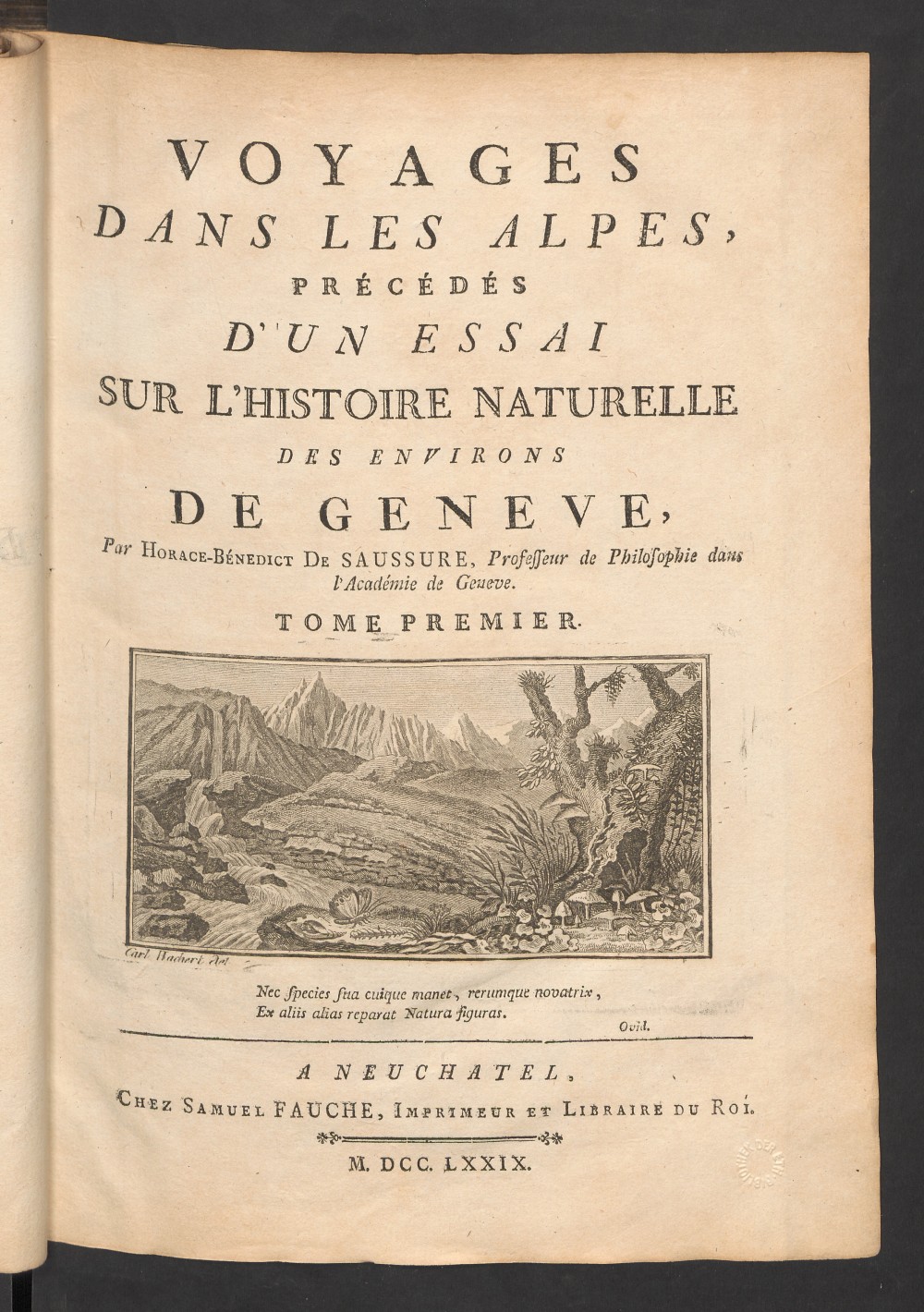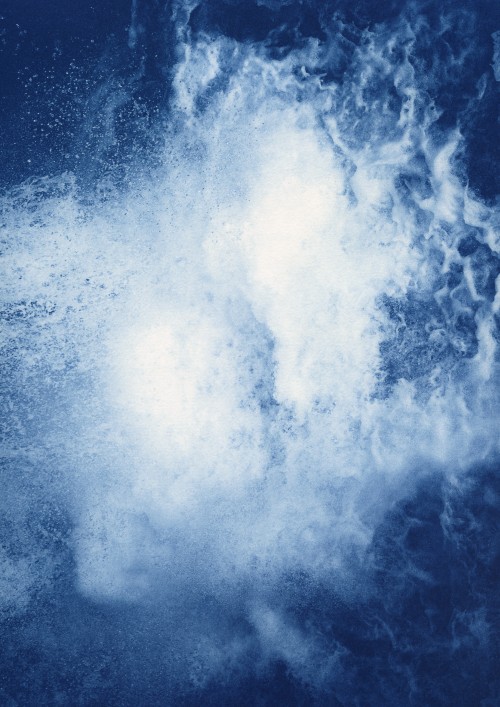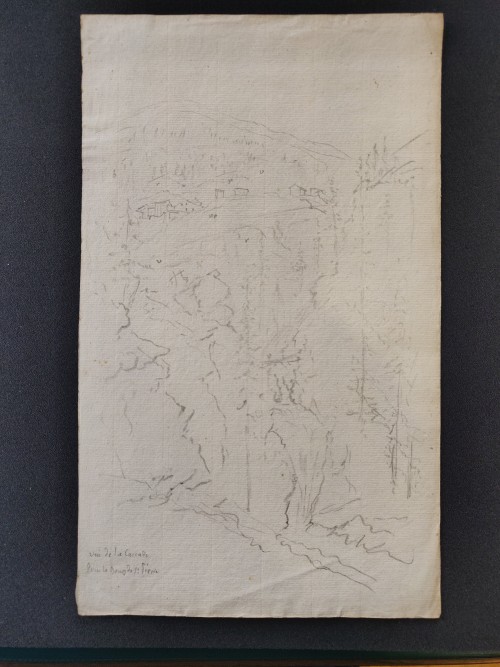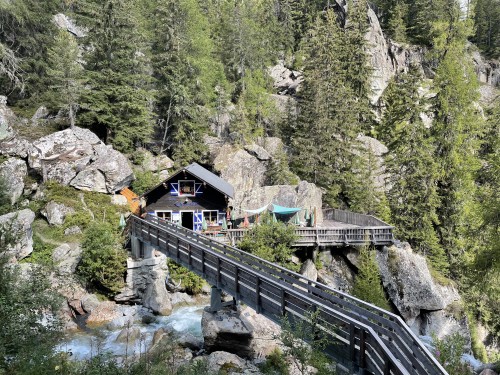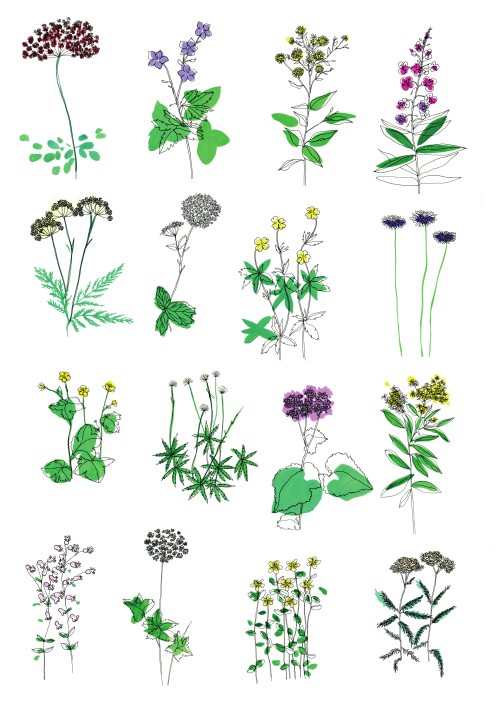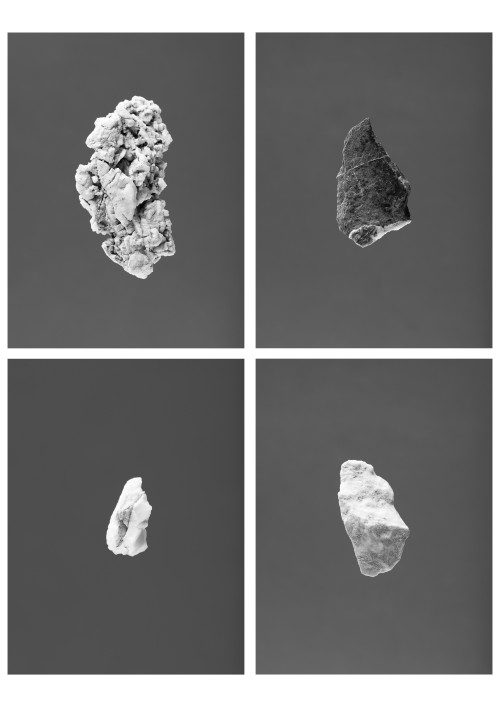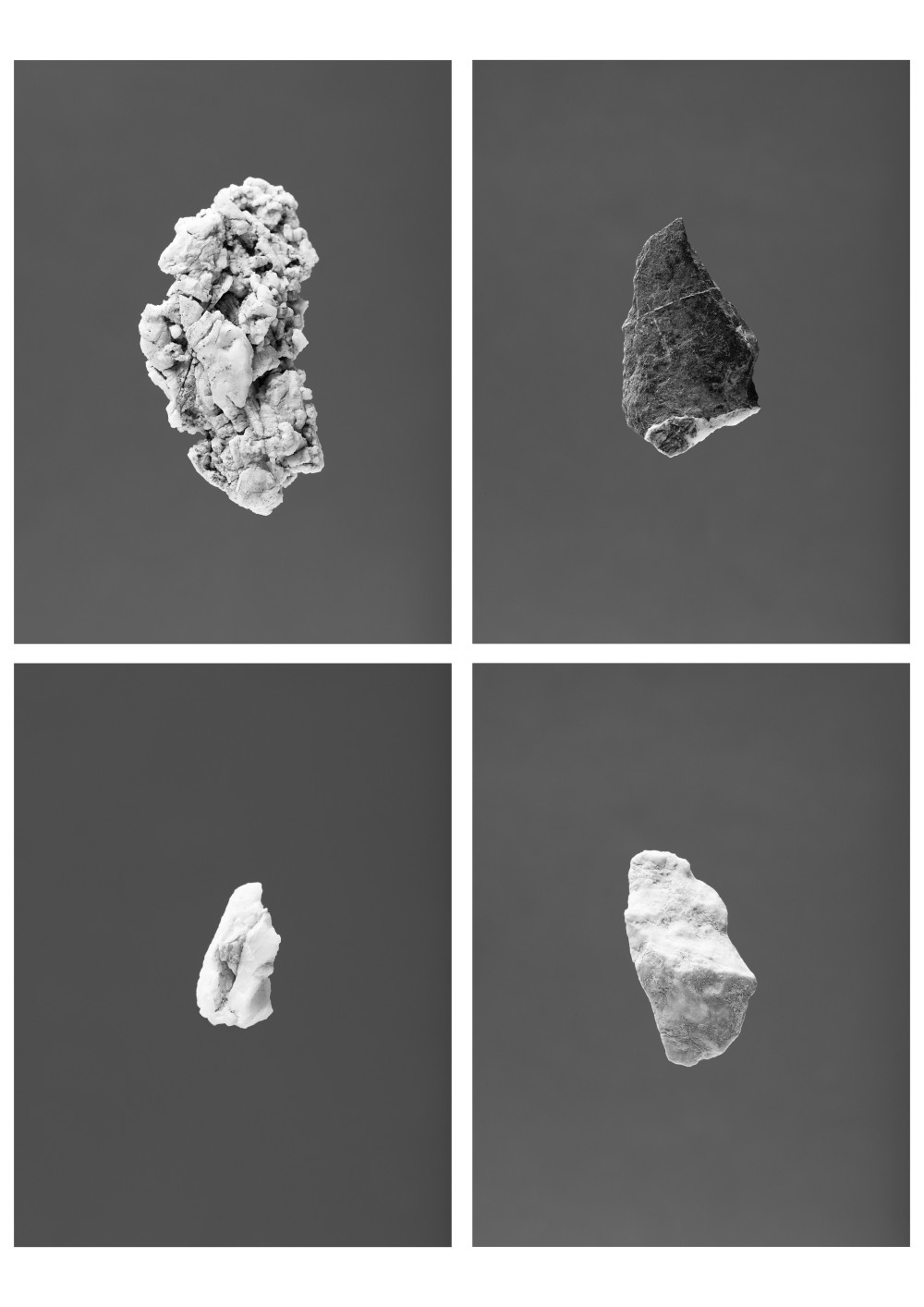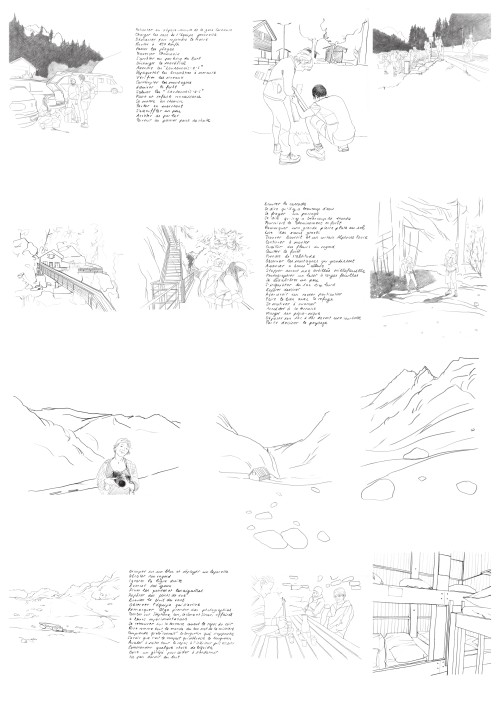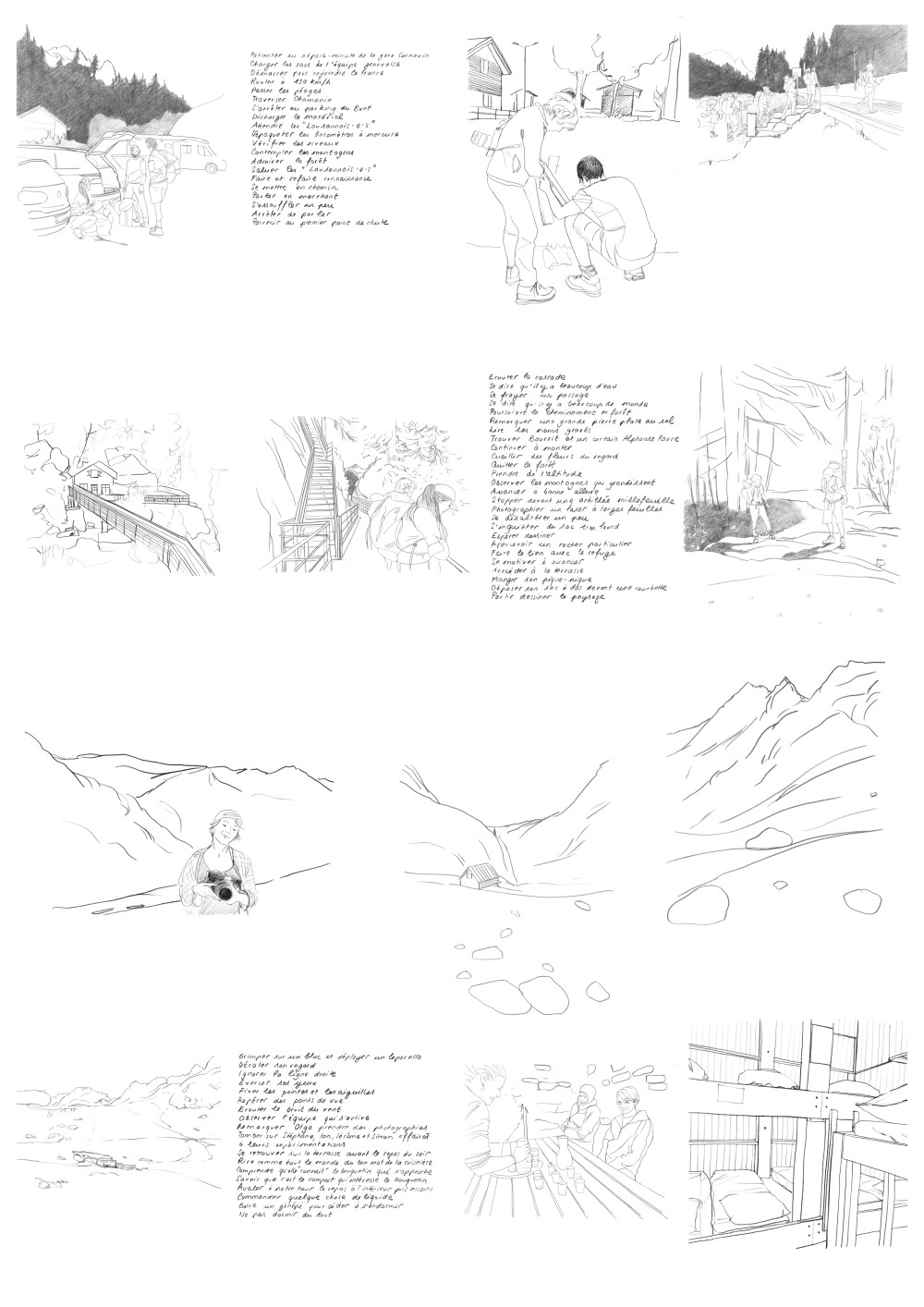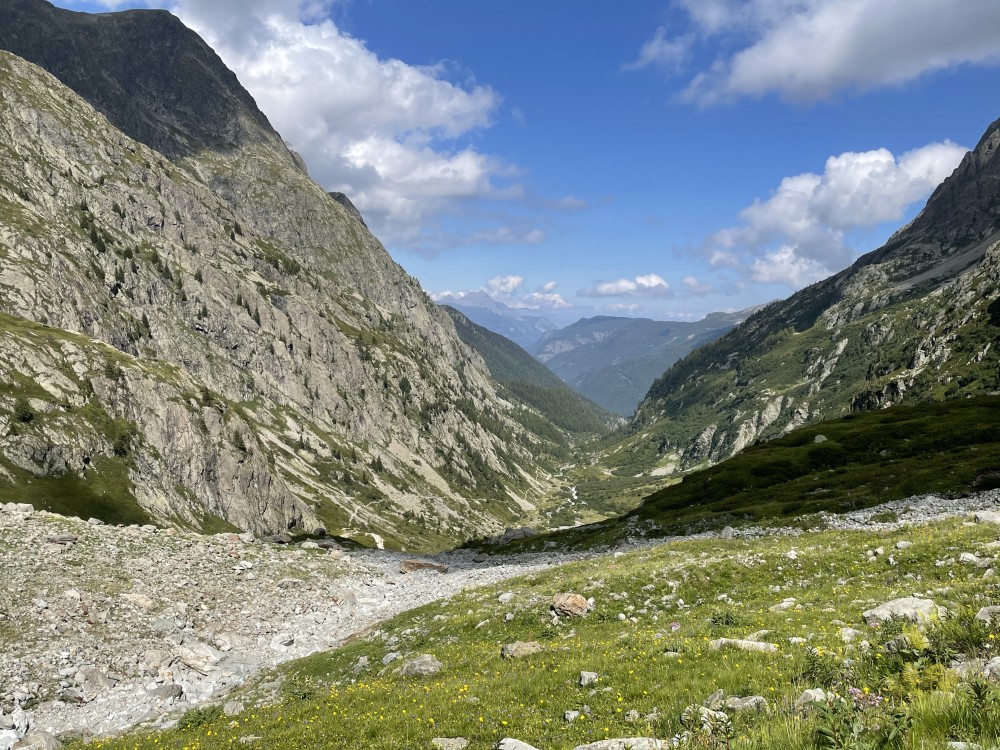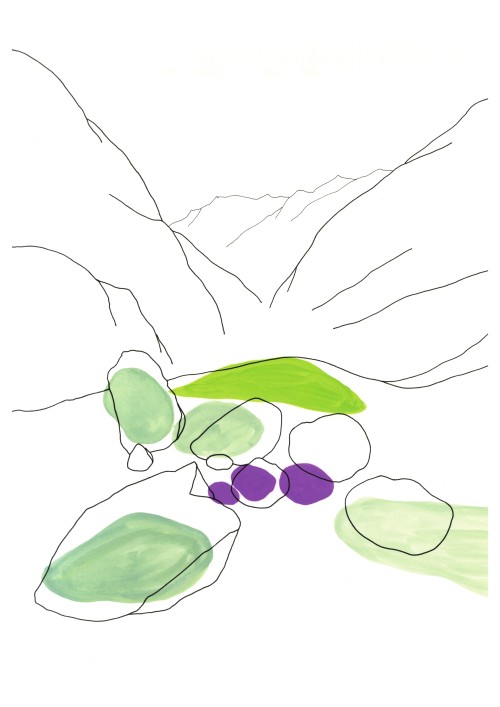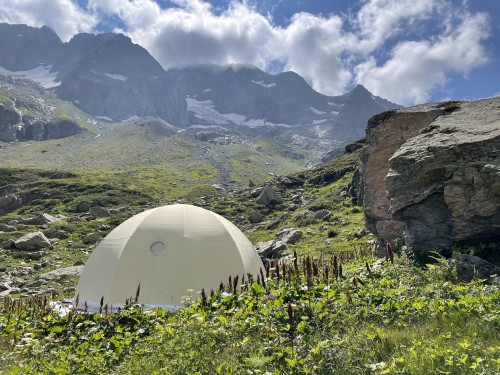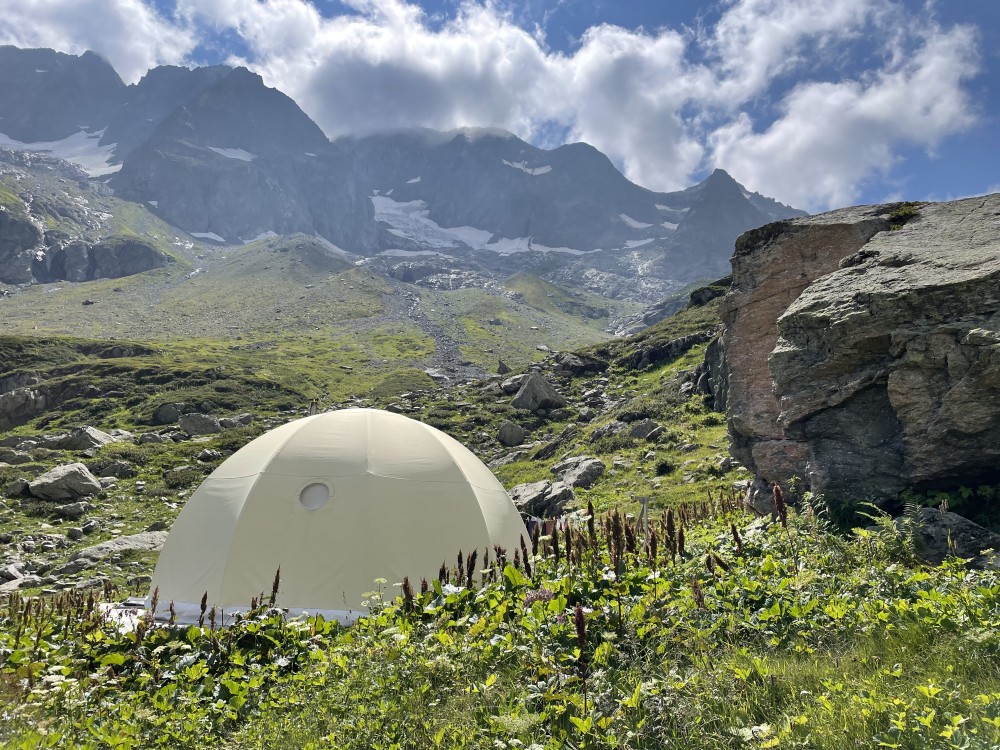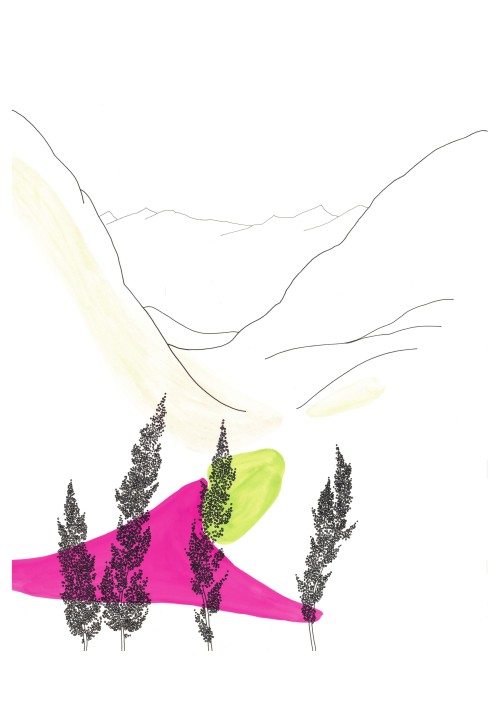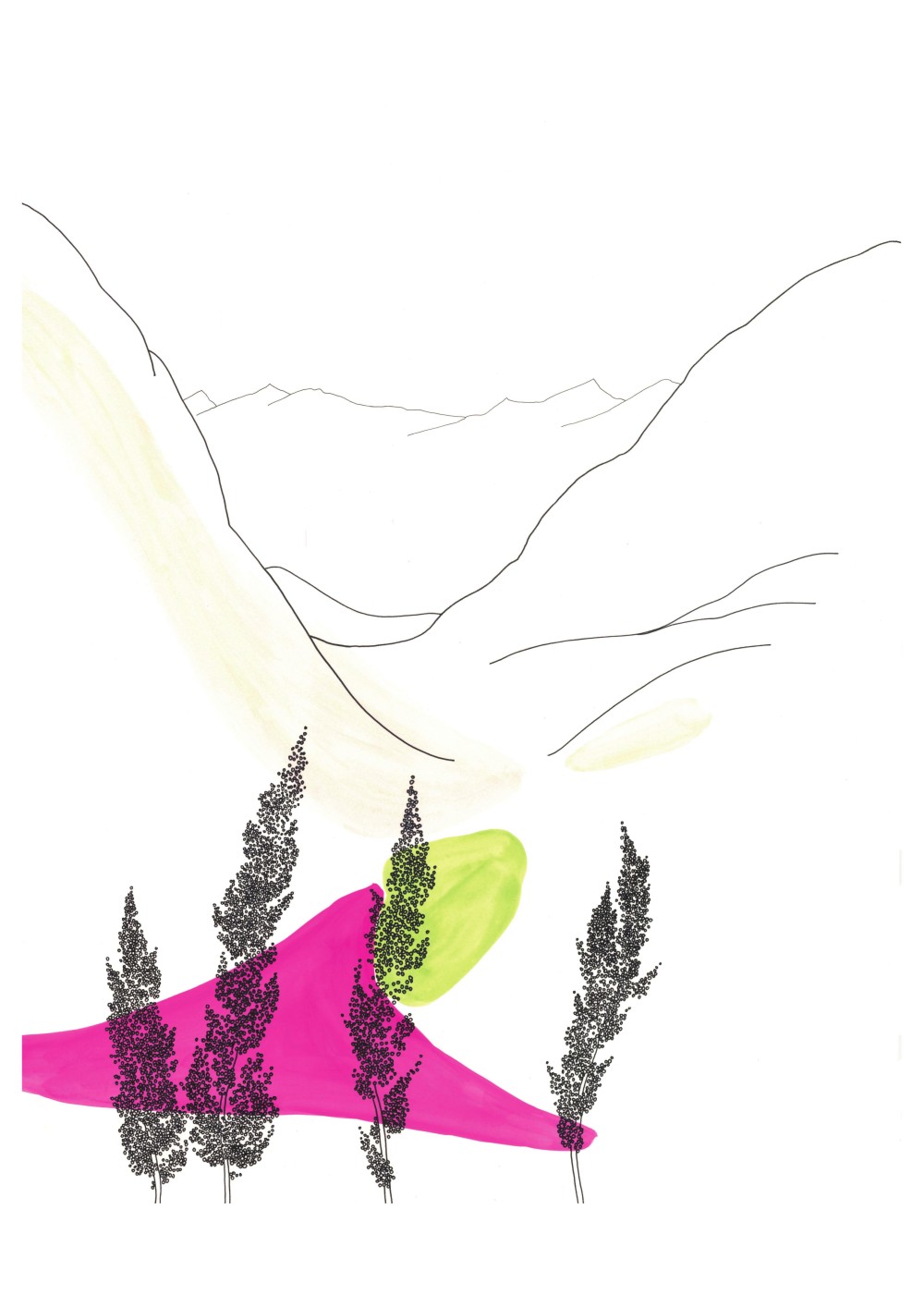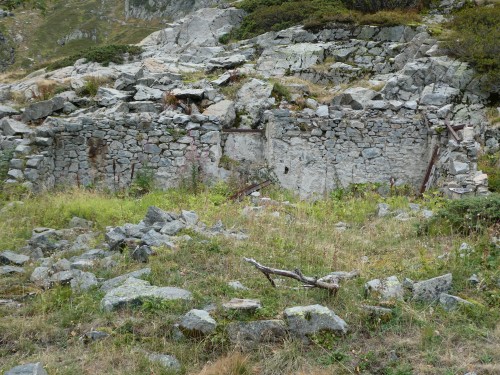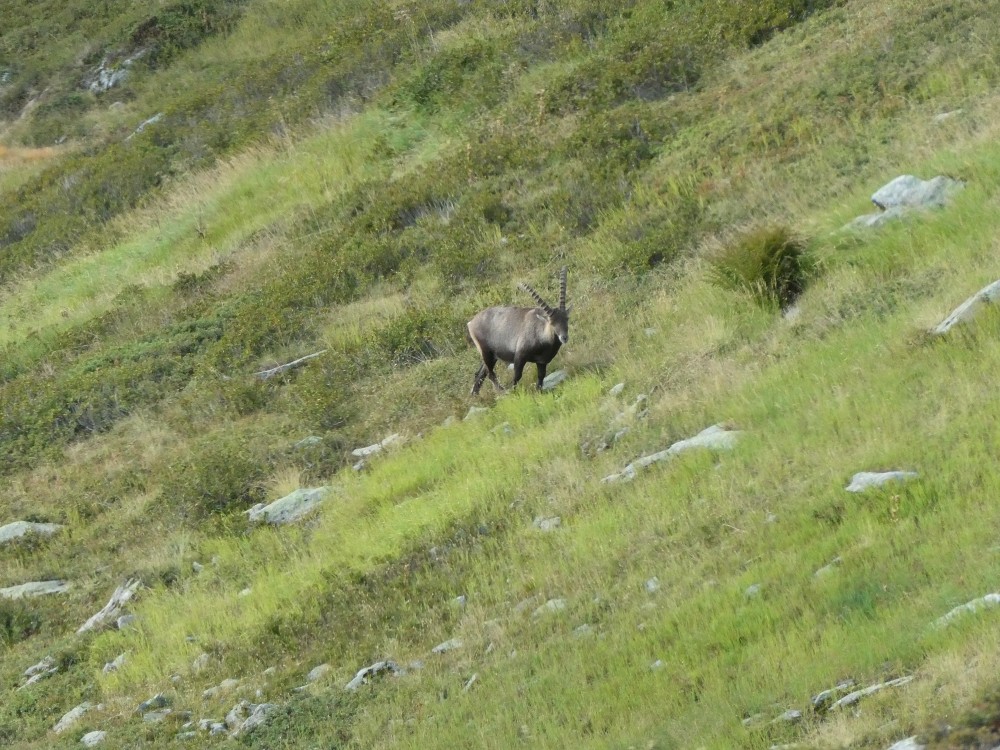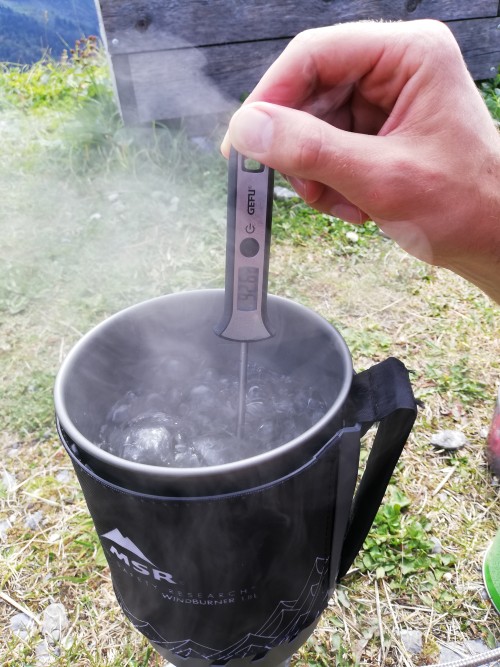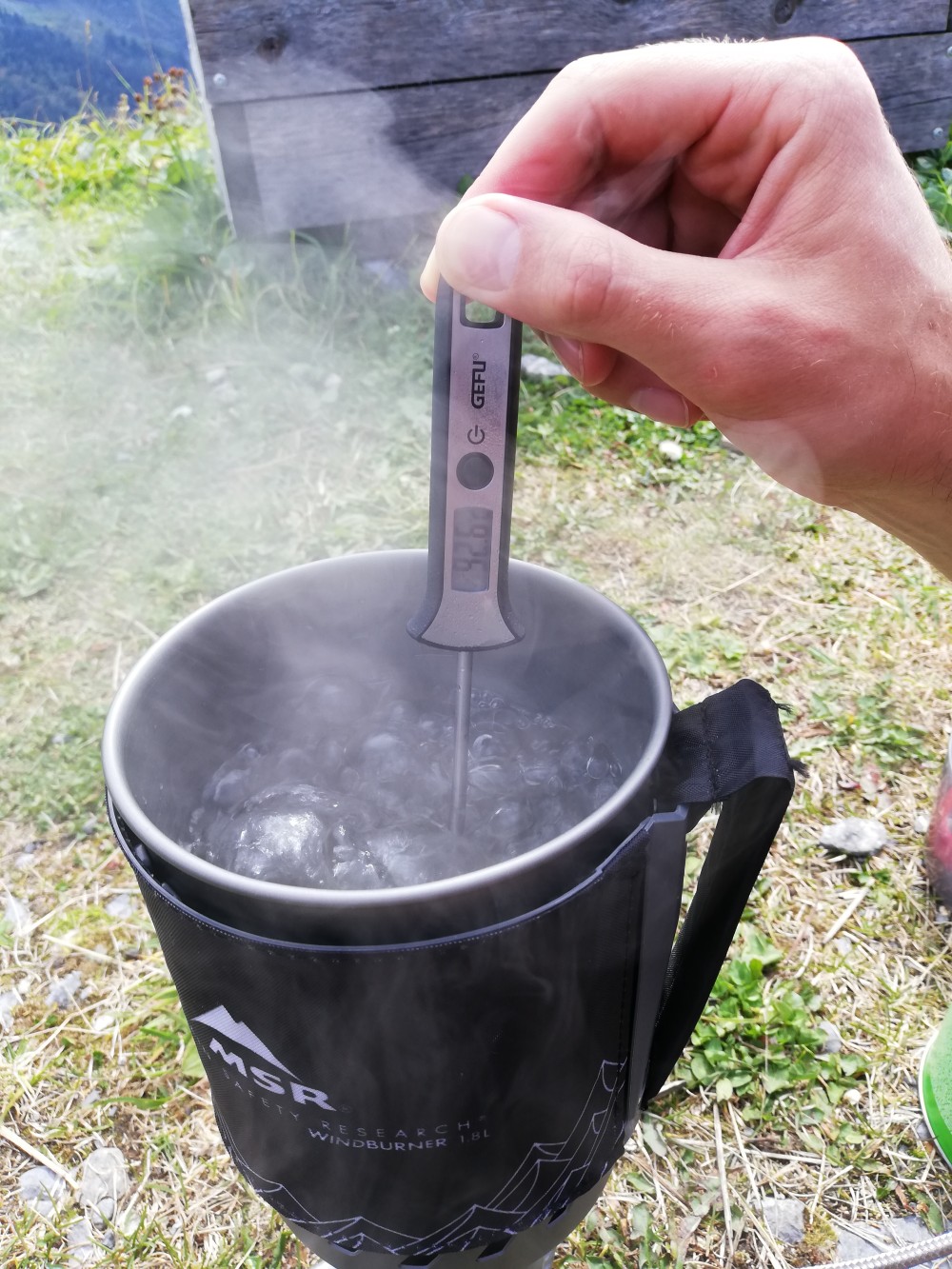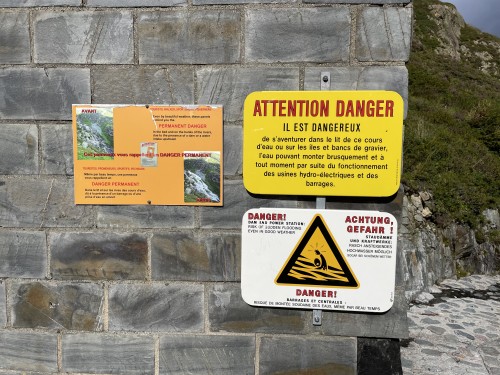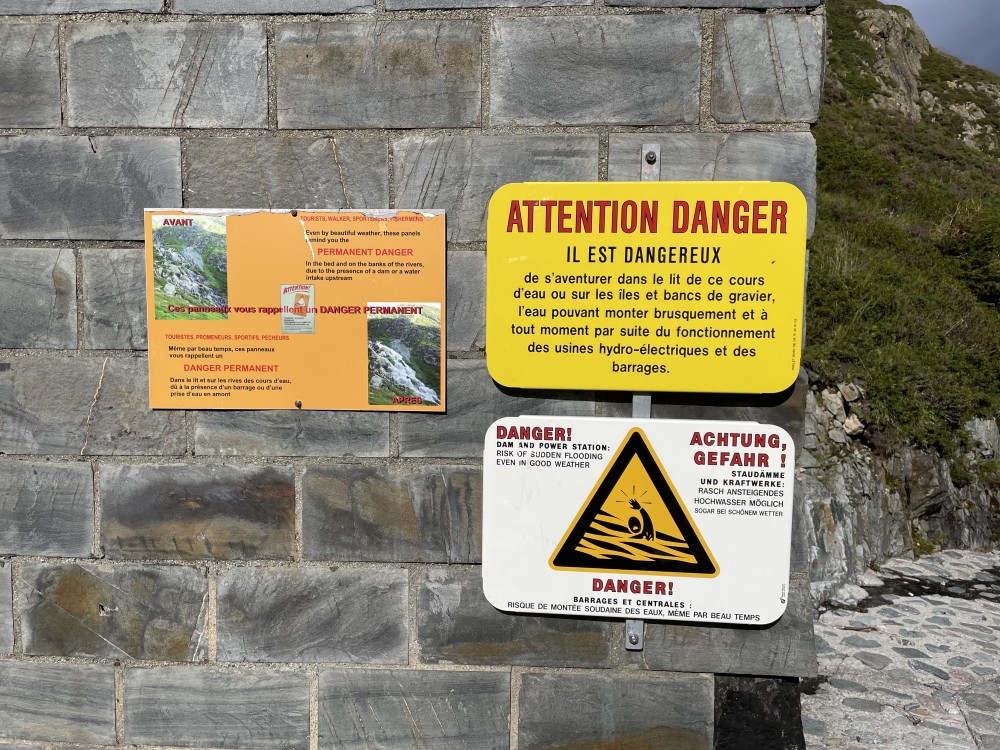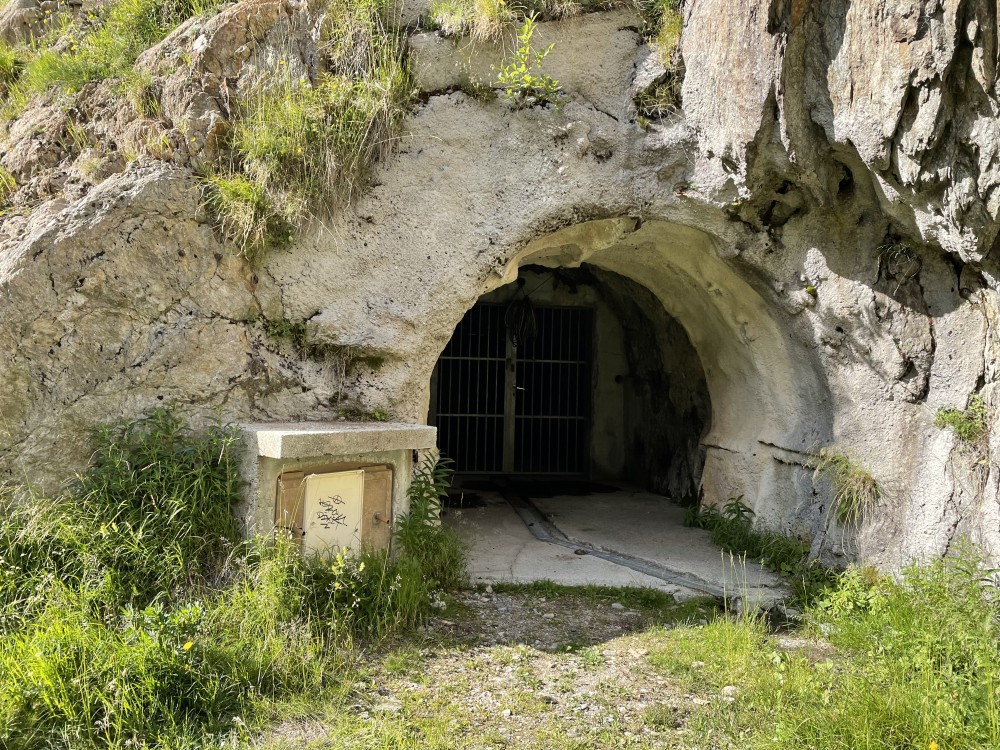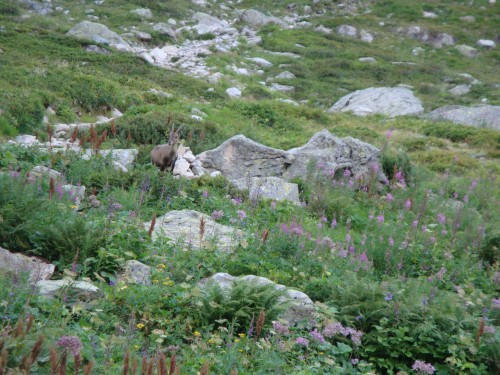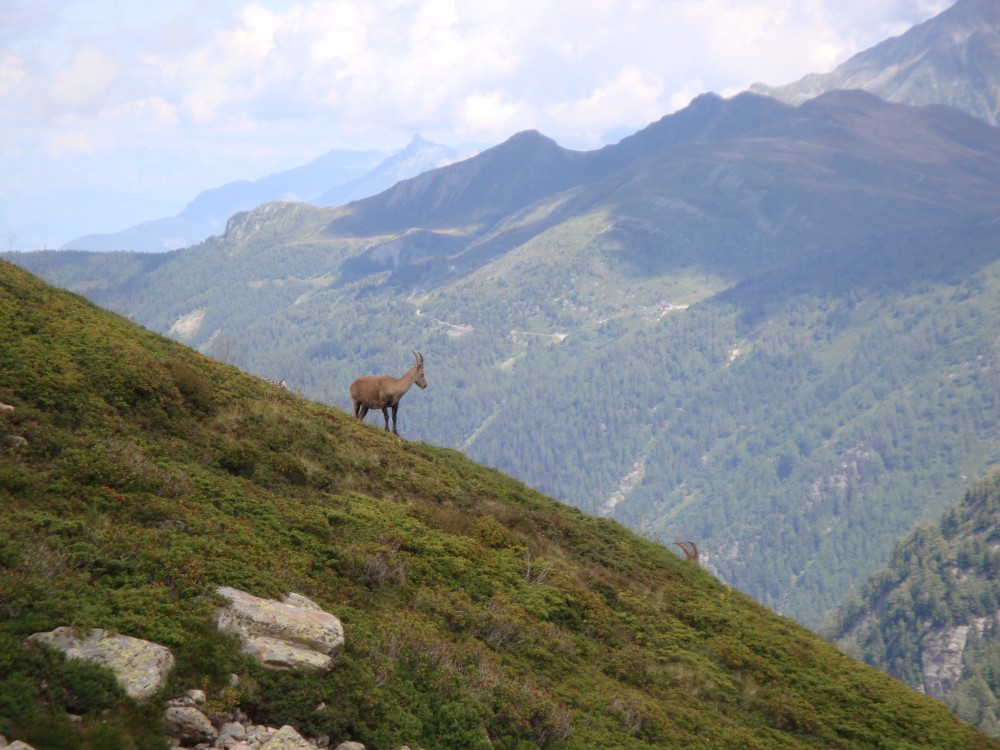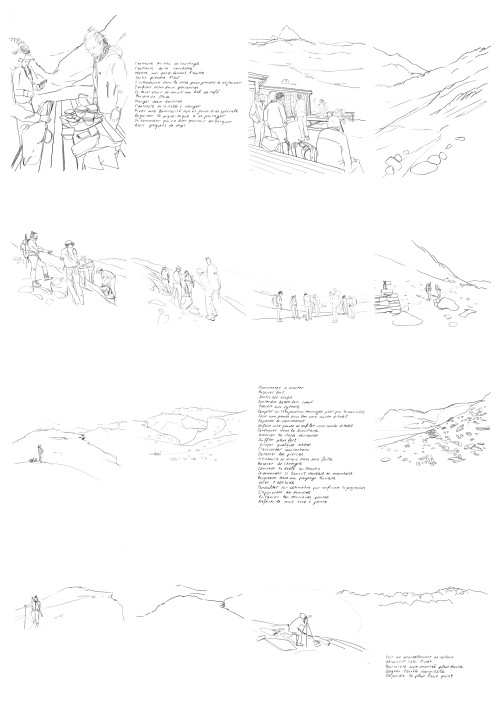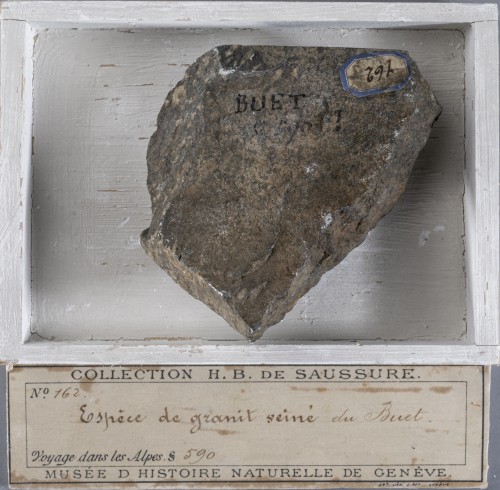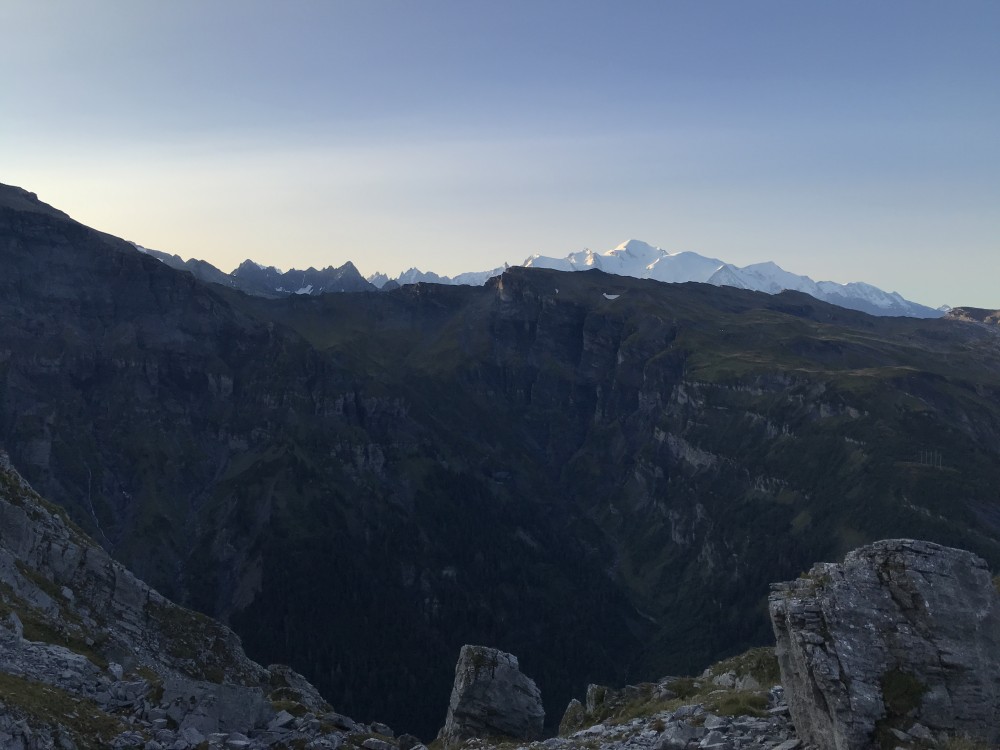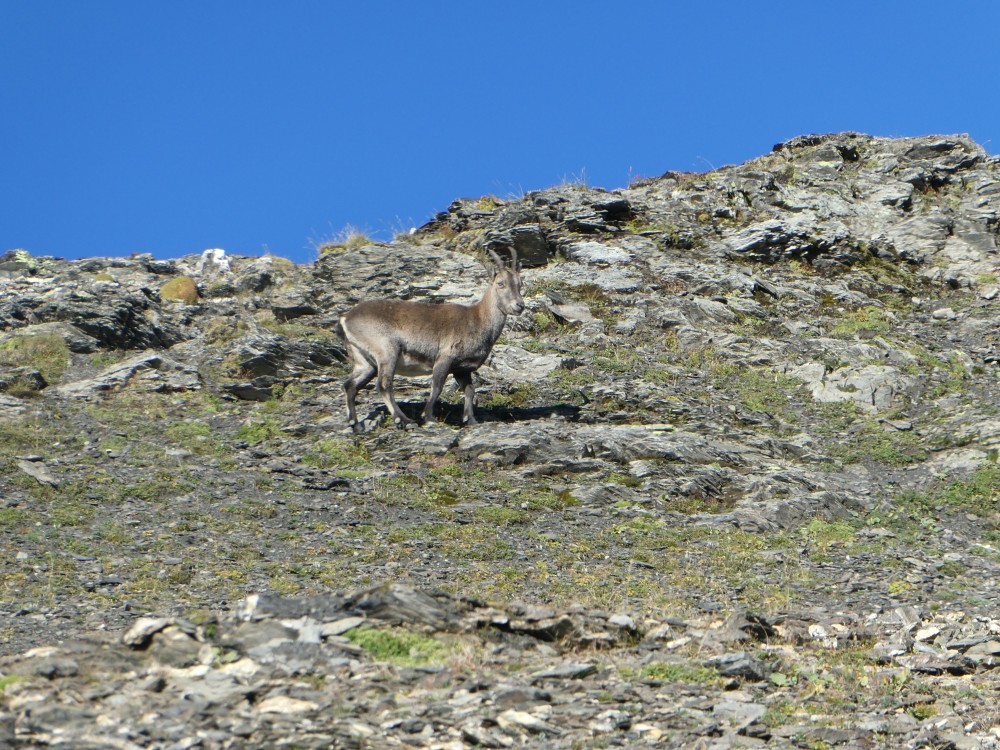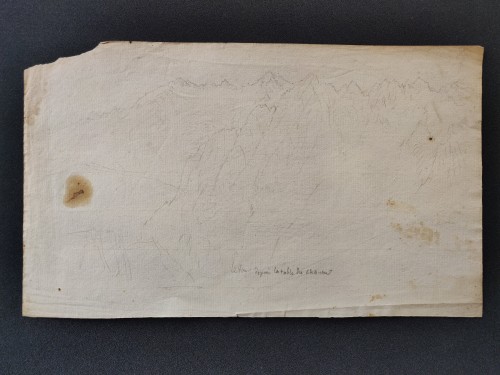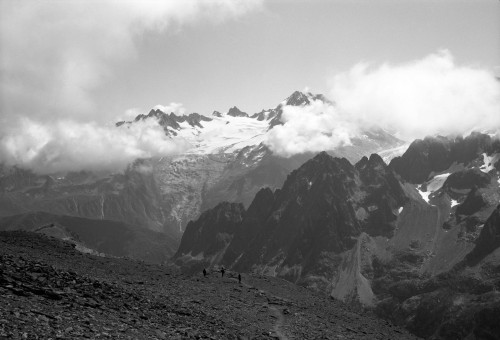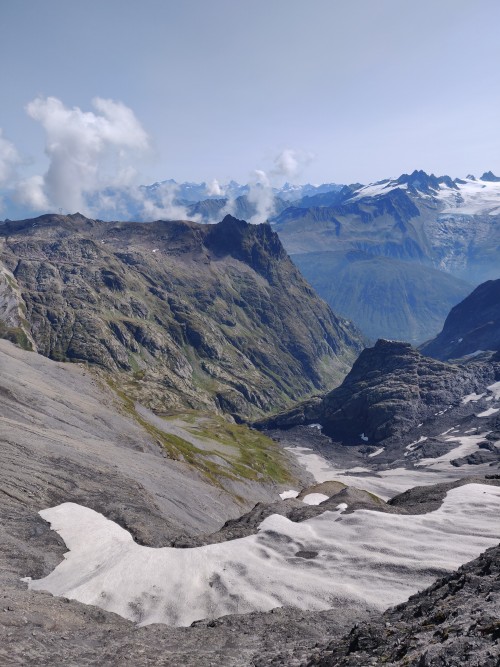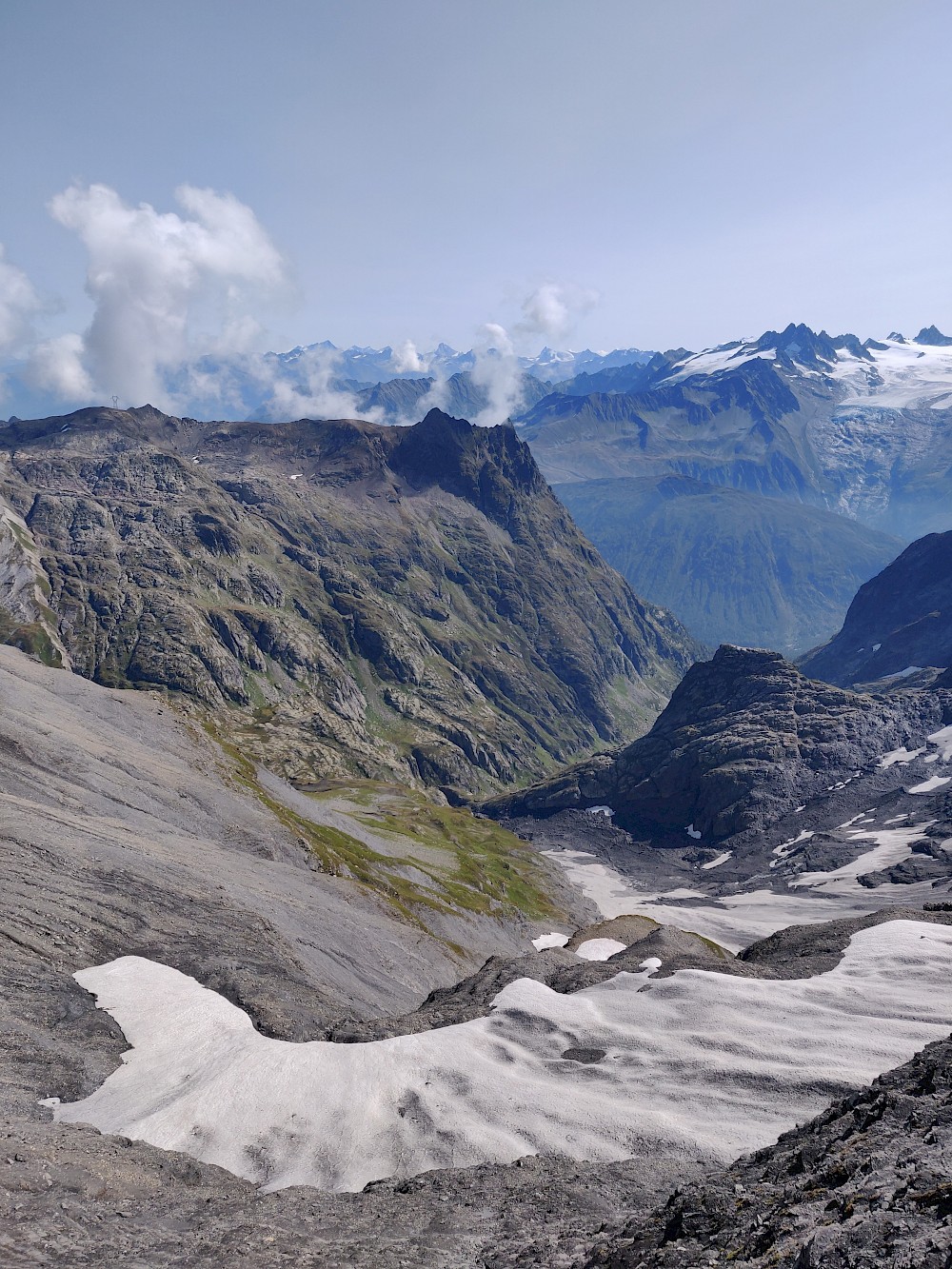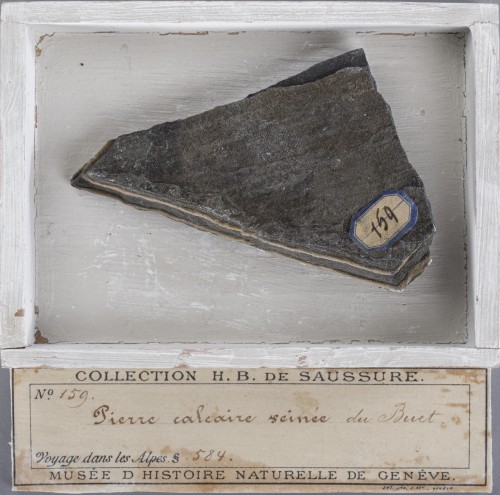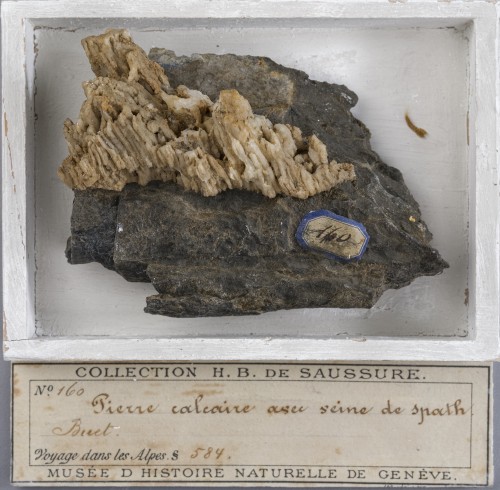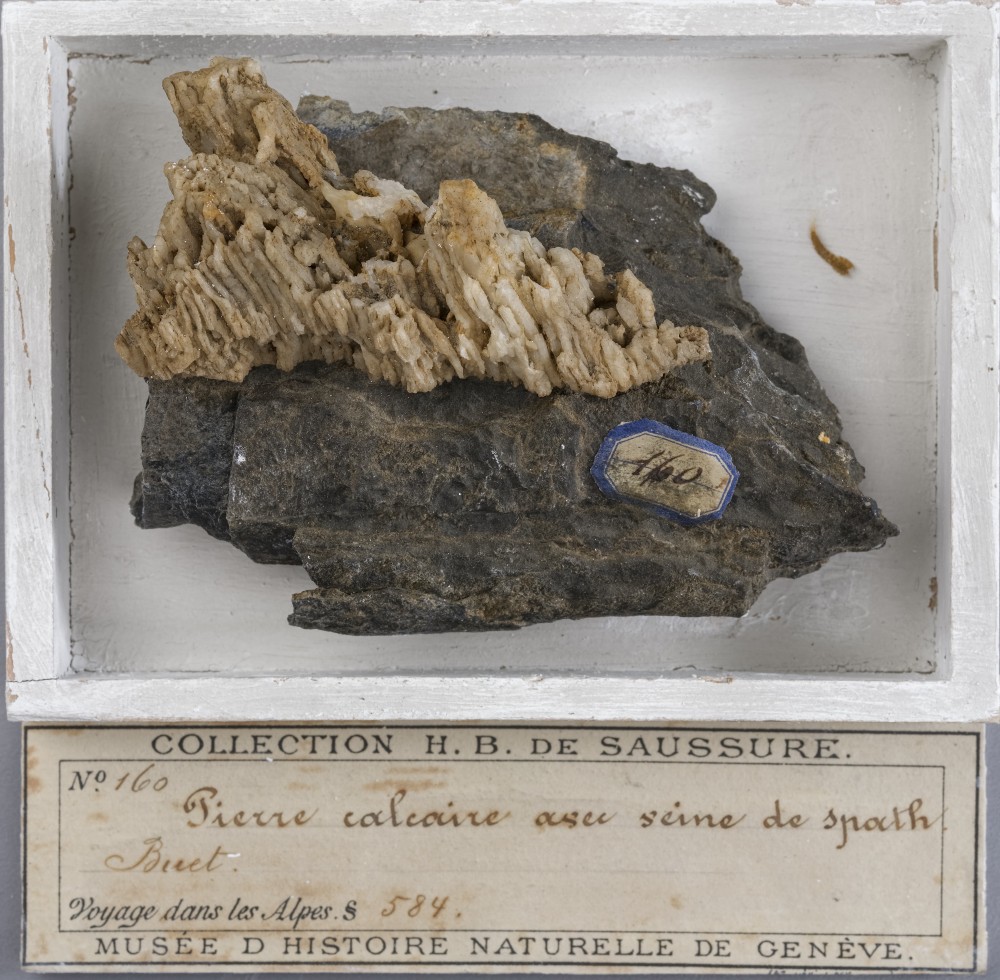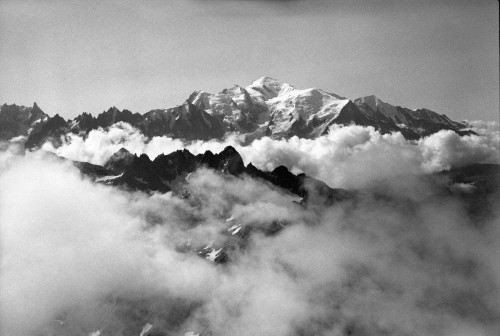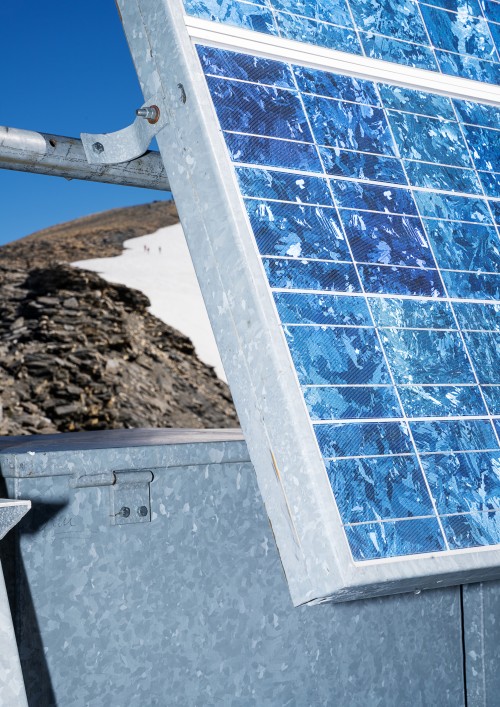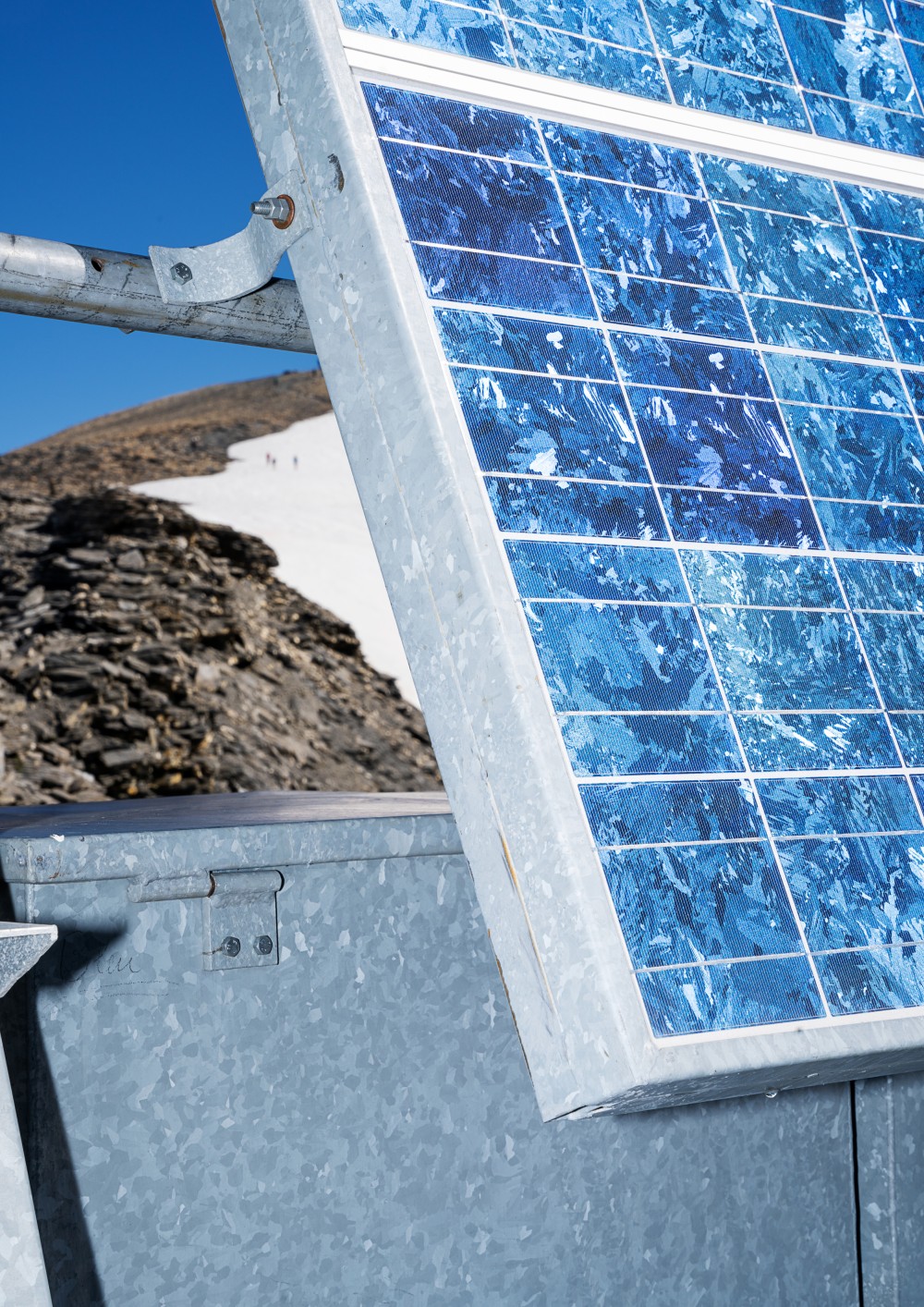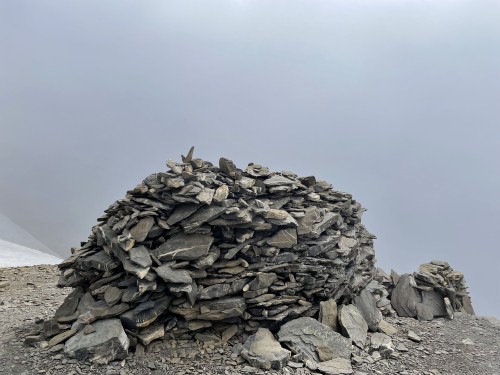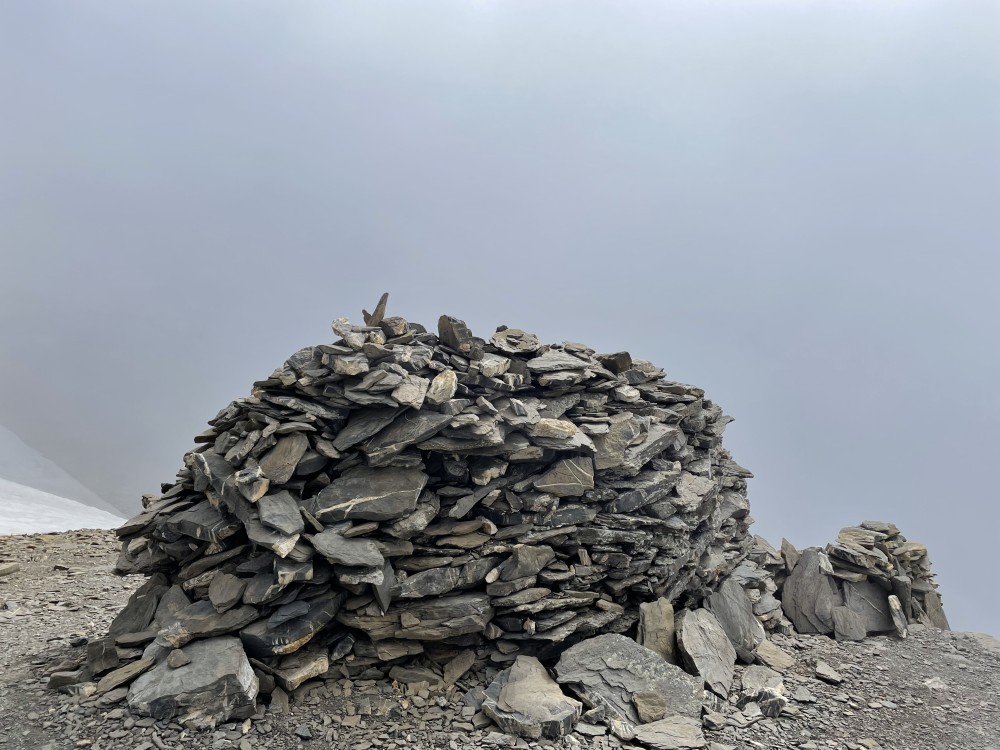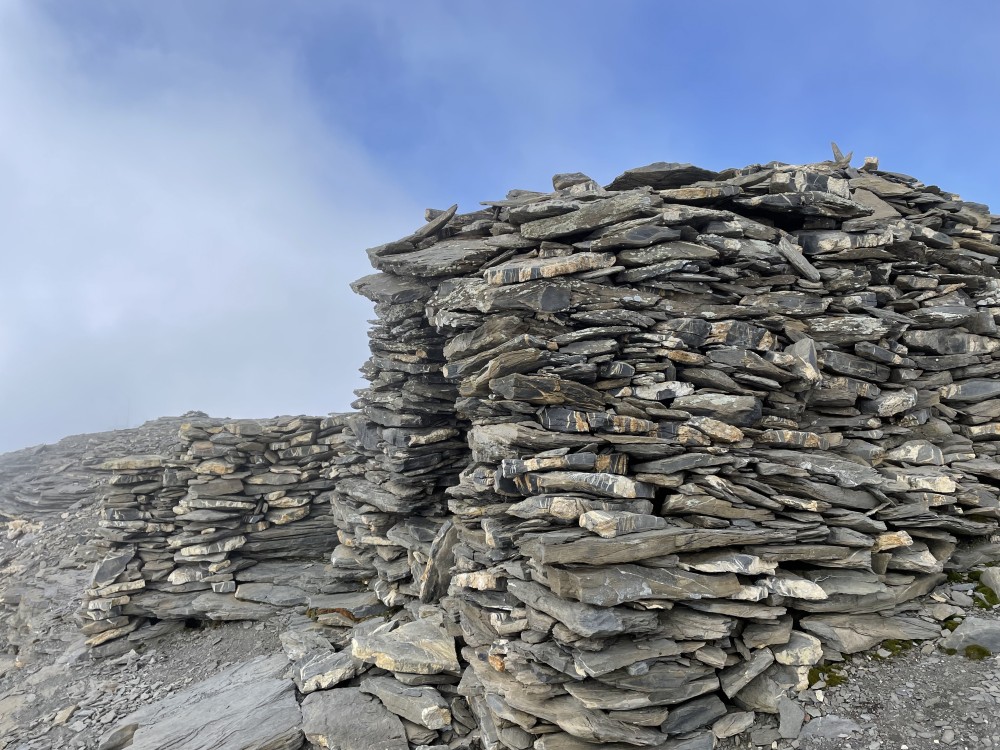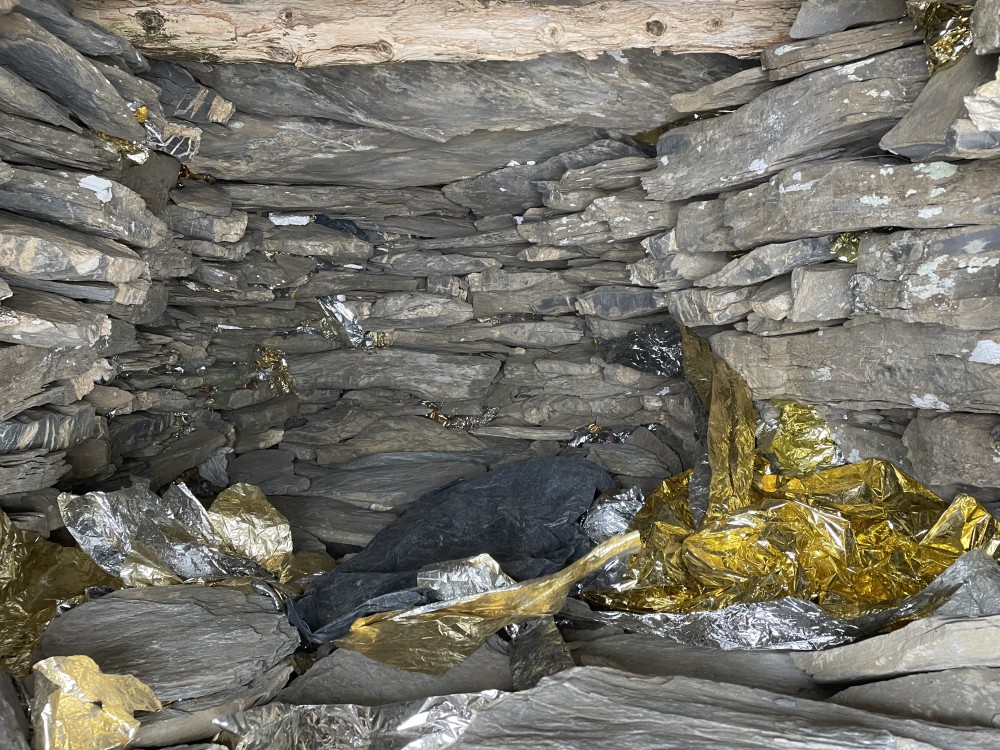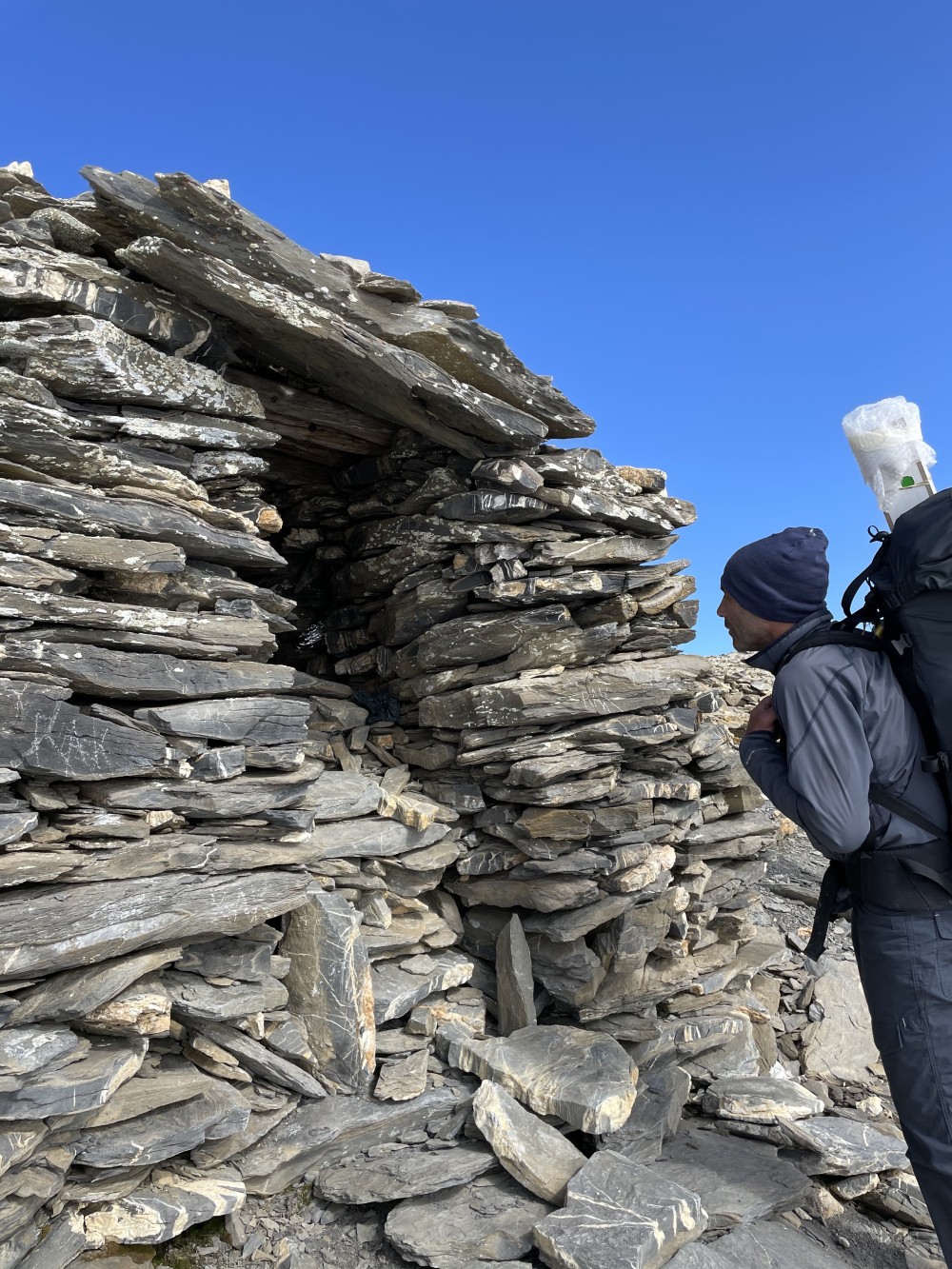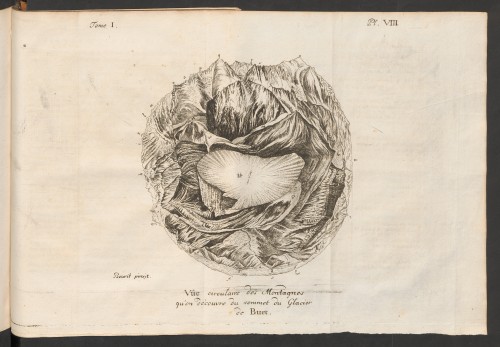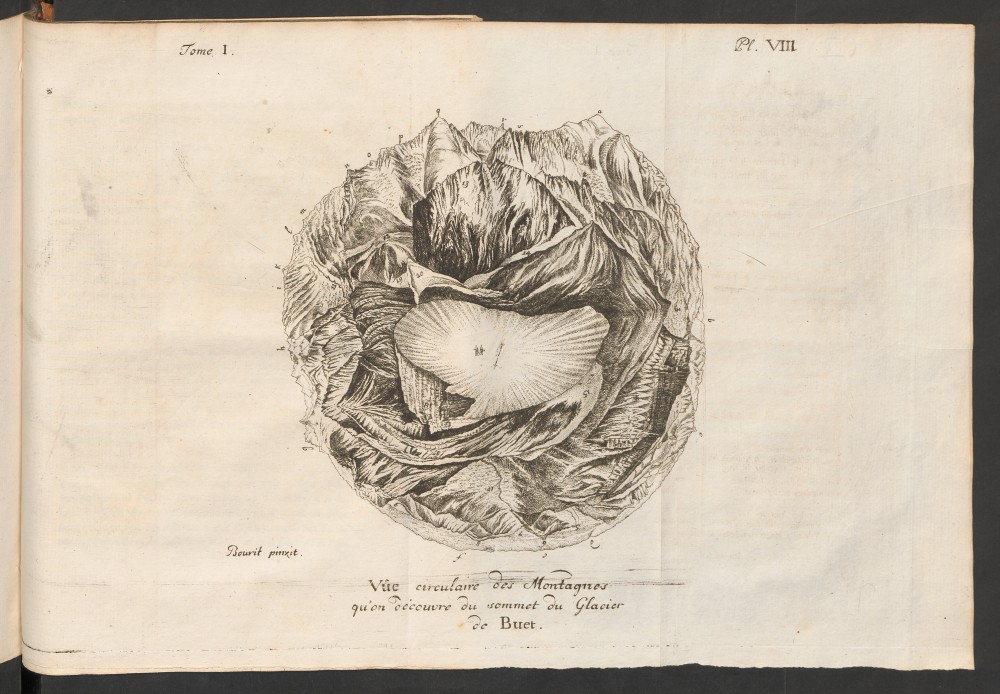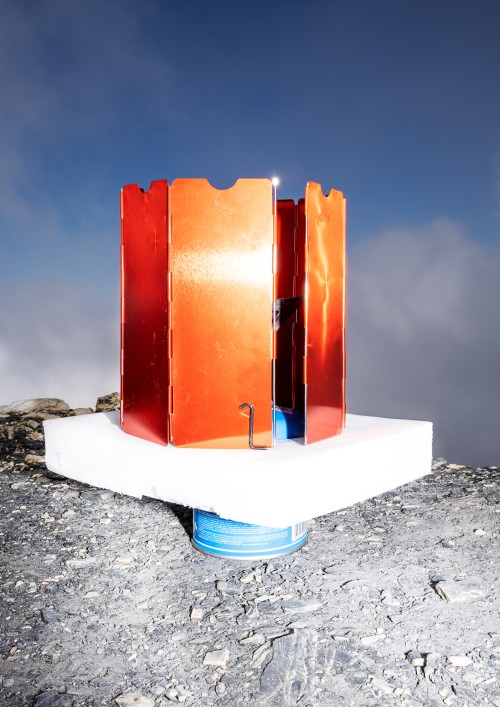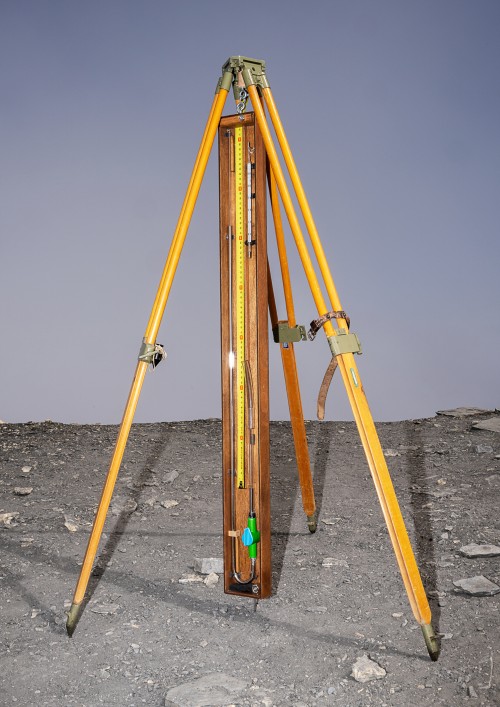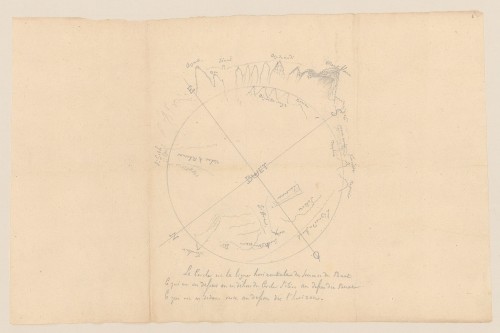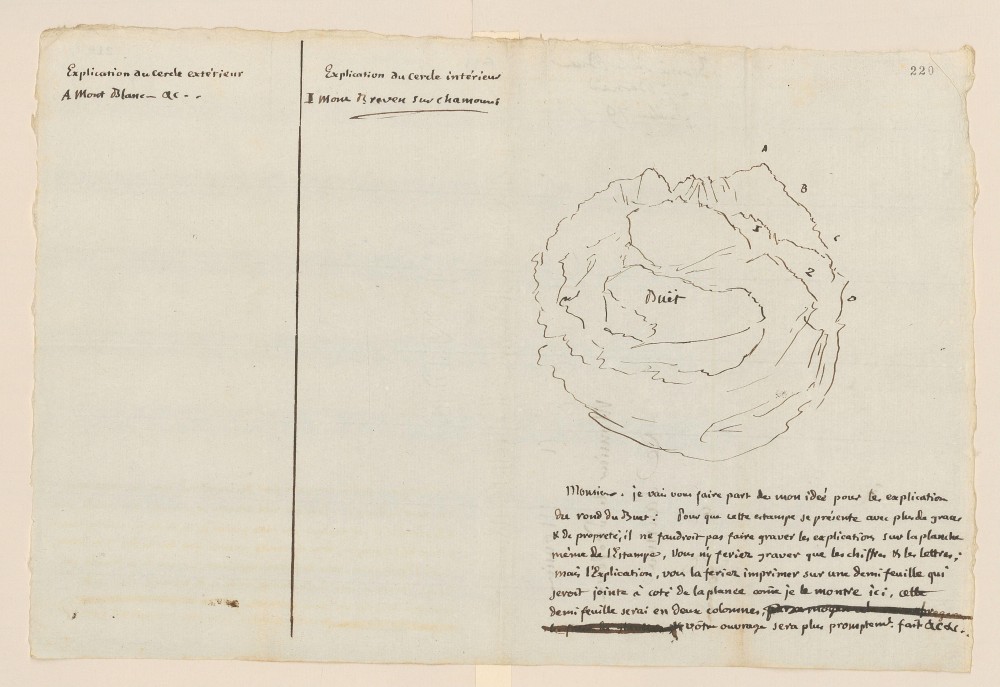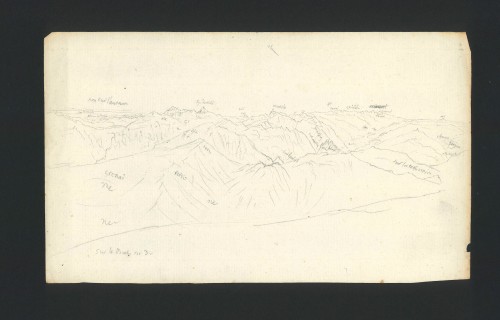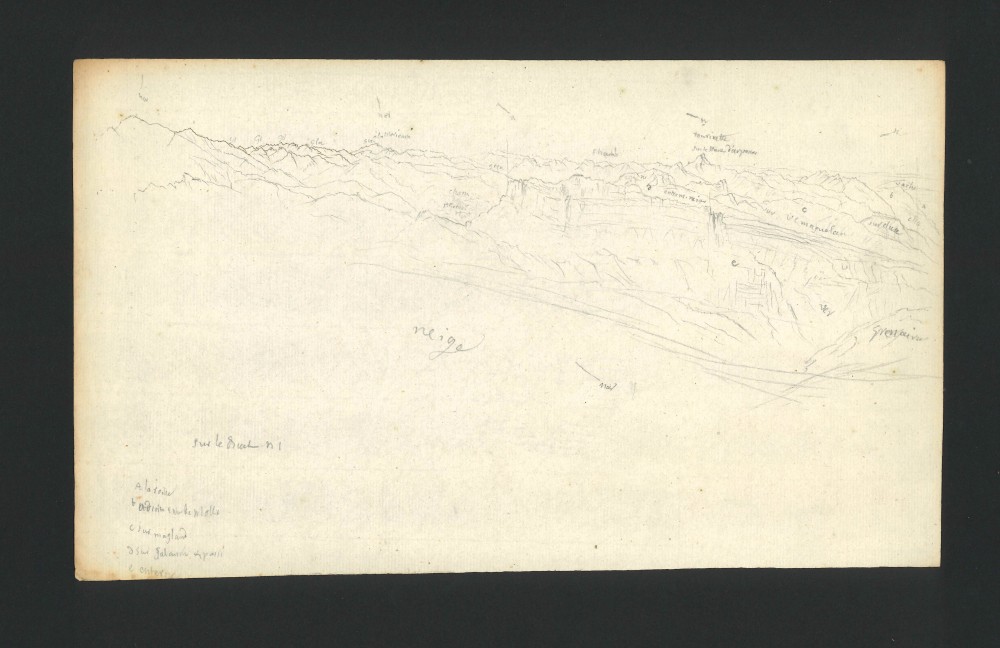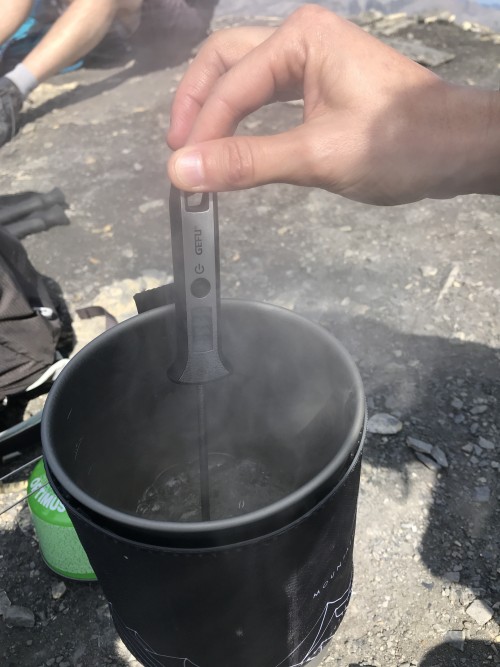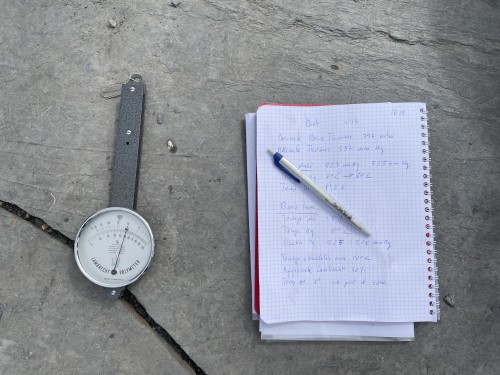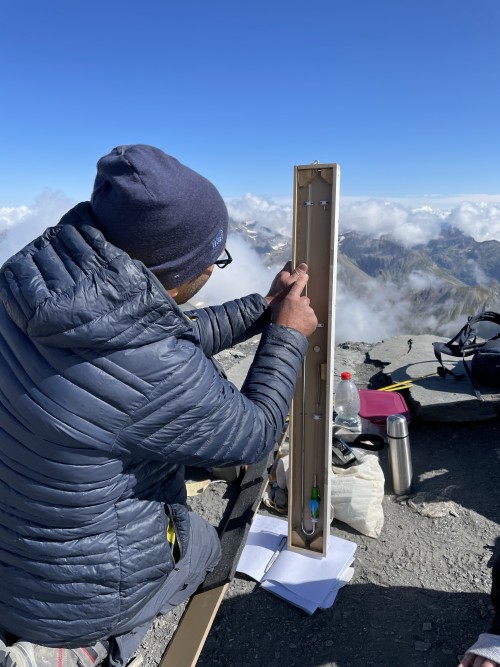Le Buet vu du glacier d'Argentière
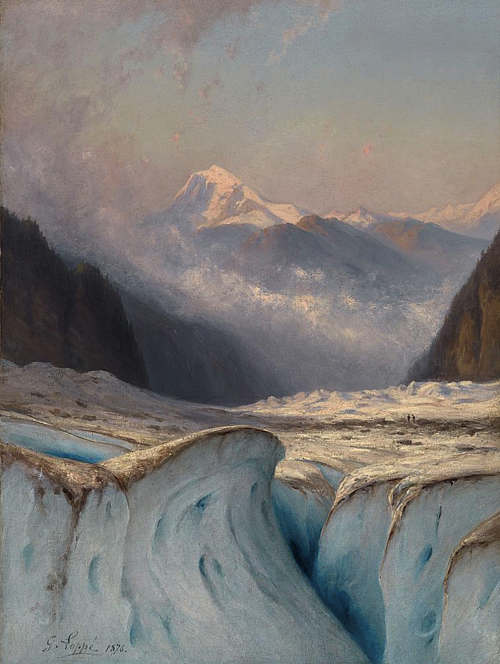
1876
749m
Photo
Le Buet vu du glacier d'Argentière
Huile sur toile de Gabriel Loppé
Non datée
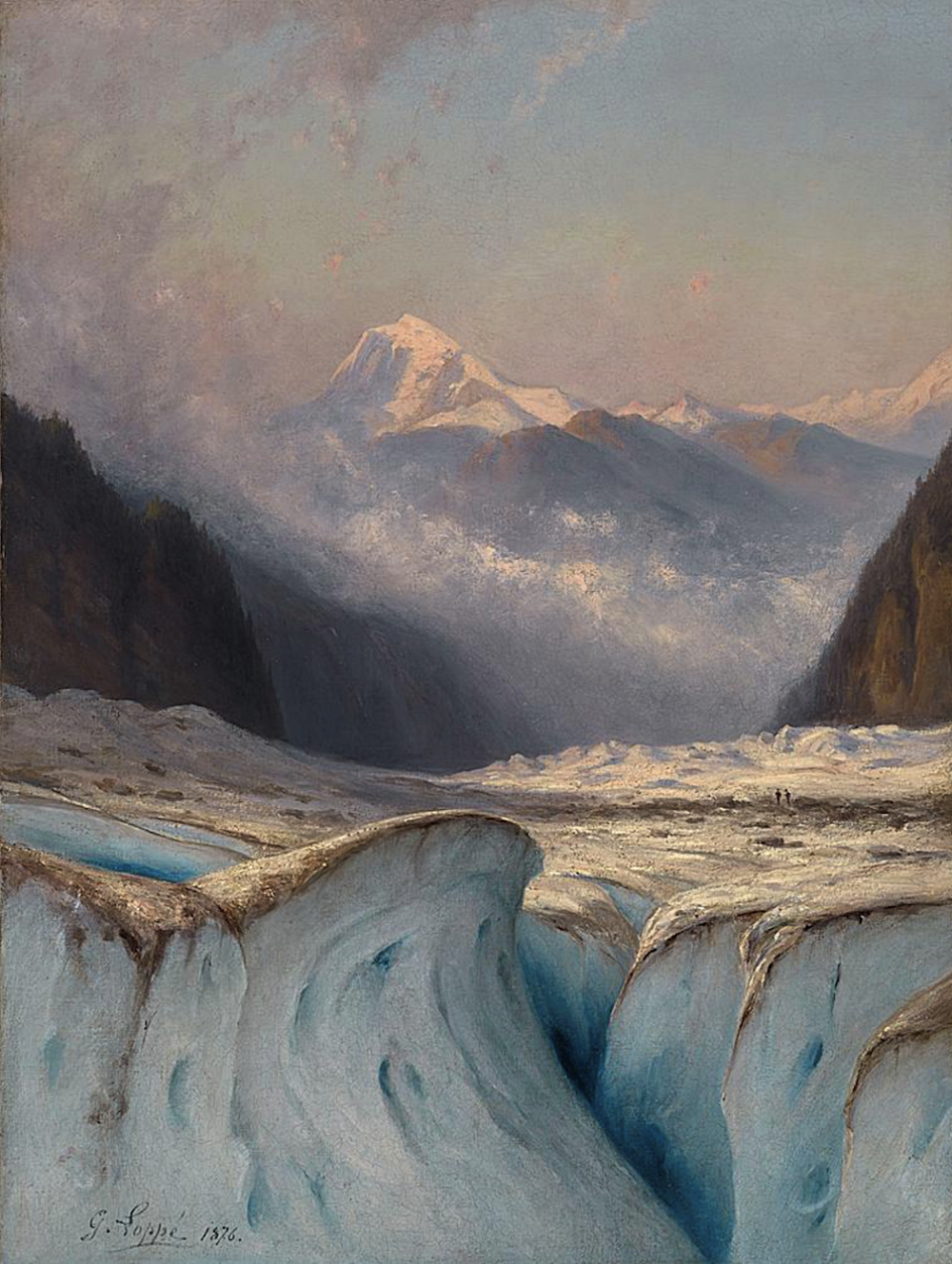
Altitude
749m
Type de média
Photo
Tags
Paysage, Neige
Date
1876
Itinéraire(s)
/
Expedition
Expéditions publiques
Credits
Gabriel Loppé
Herbier de Saussure

1779
814m
Photo
Doronic calcifuge (Doronicum clusii); Linaigrette de Scheuchzer (eriophorum scheuchzeri); Saussurée des Alpes (saussurea alpina); Edelweiss (Leontopodium alpinum).
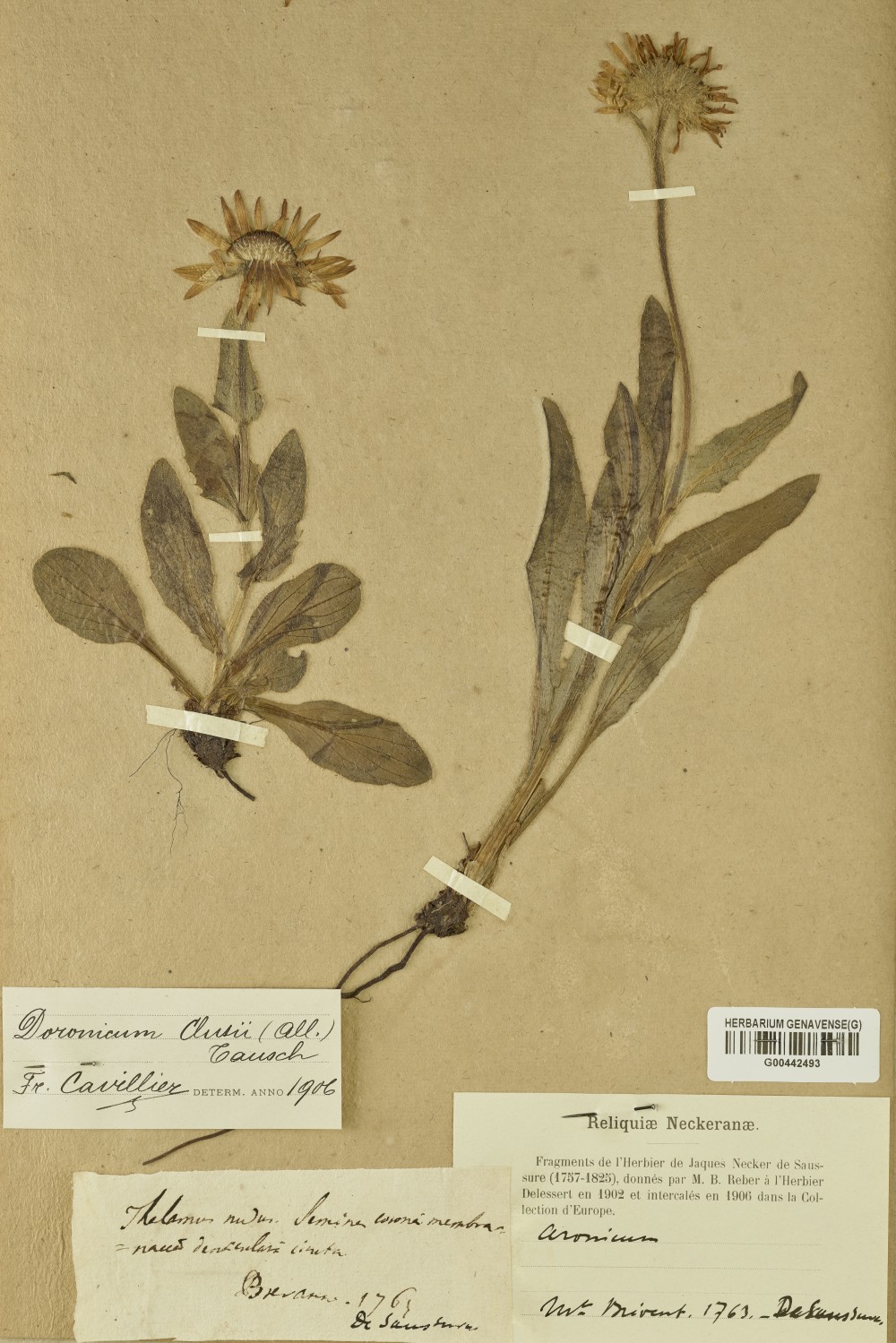


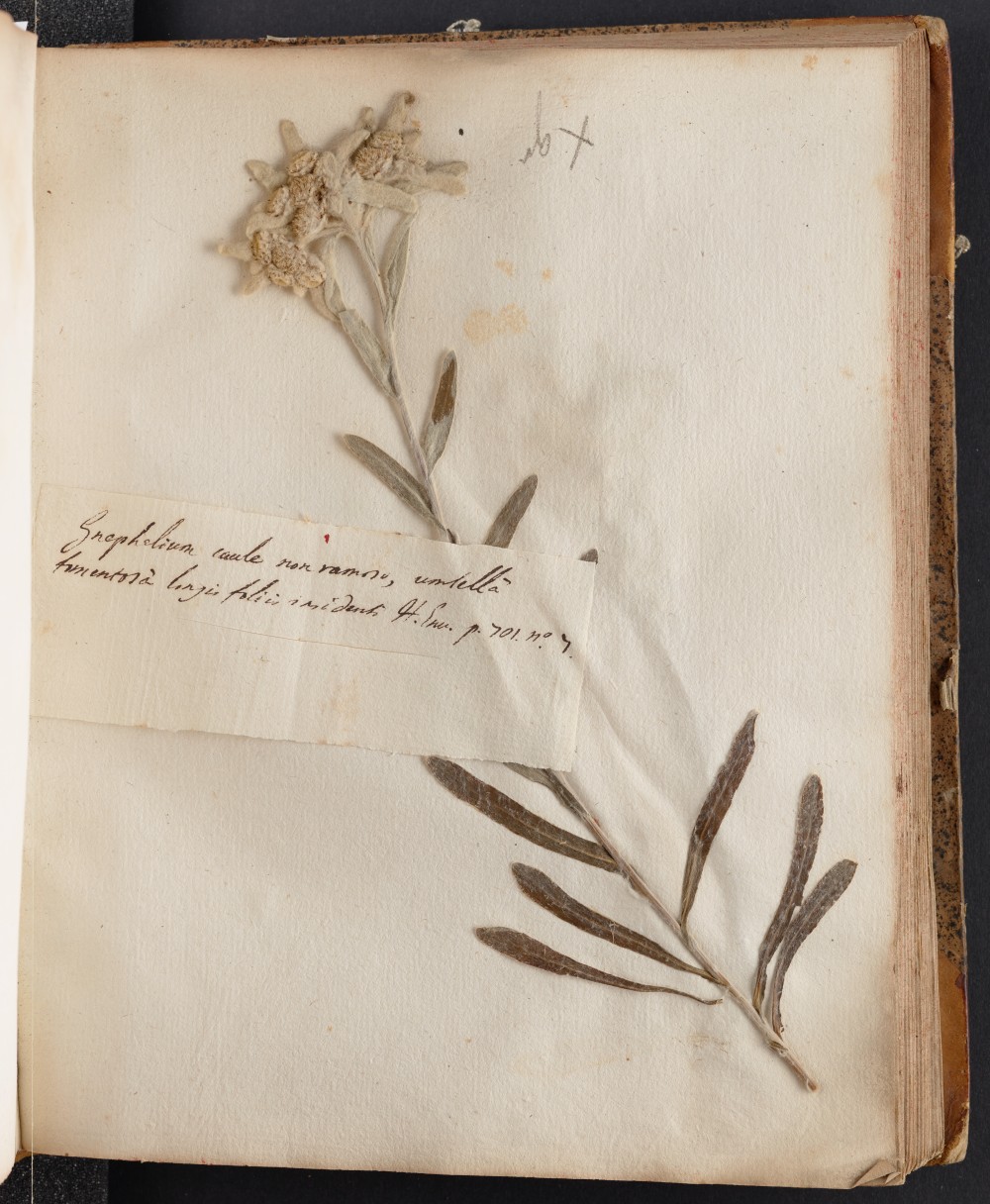
Altitude
814m
Type de média
Photo
Tags
Fleur
Date
1779
Itinéraire(s)
/
Expedition
Expédition de Saussure
Credits
Conservatoire et jardin botaniques de Genève
Hameau des Montets
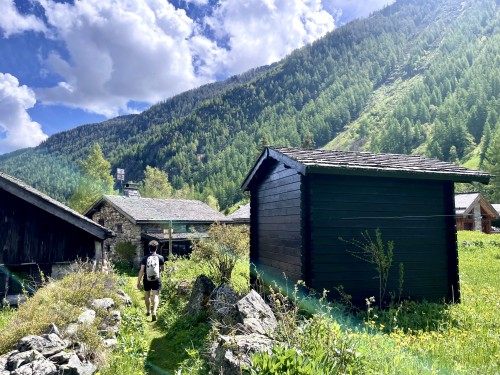
20.05.2024
1315m
Photo
Hameau des Montets


Altitude
1315m
Type de média
Photo
Tags
Infrastructure, Humain
Date
20.05.2024
Itinéraire(s)
Sud
Expedition
Expéditions publiques
Credits
Béatrice Durandard
Cascade de Bérard 2
09.1775
1435m
Texte
C'est au milieu d'une gorge, entre des rochers & une belle cascade, que nous prîmes notre chemin. Cette eau que j'avois soupçonné depuis longtems venir du glacier du Buët, se nomme l'eau du Berard, du nom de la montagne d'où elle descend. Nous suivimes ses bords pendant plus d'une heure.
Marc-Théodore Bourrit, Description des aspects du Mont-Blanc du côté de la Val-d’Aost (1776), 125.
Nous marchâmes avec courage par la gorge dite le Berard, en remontant le torrent qui en porte le nom : elle est sauvage, surtout dans le haut, ce qui ne la prive pas de verdure, de pâturages, quoiqu’ils soient avoisinés des débris des montagnes.
Marc-Théodore Bourrit, Itinéraire de Genève, des glaciers de Chamouni, du Valais et du canton de Vaud (1808), 107.
Altitude
1435m
Type de média
Texte
Tags
Livre
Date
09.1775
Itinéraire(s)
Sud
Expedition
Expédition de Bourrit
Champignons de la vallée de Bérard

03.09.2022
1491m
Photo
Champignons de la vallée de Bérard
Champignons de la vallée de Bérard, vus entre la cascade de Bérard et la Fontaine froide.
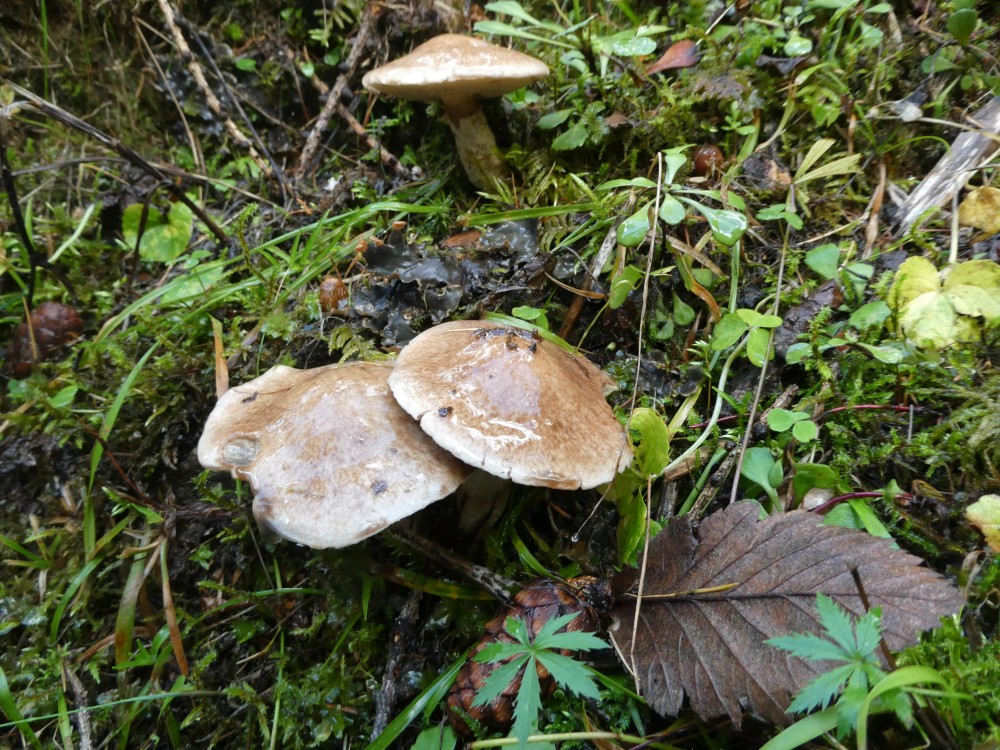
Altitude
1491m
Type de média
Photo
Tags
Champignon
Date
03.09.2022
Itinéraire(s)
Sud
Expedition
Expéditions publiques
Credits
Yohann Guffroy
Reflet
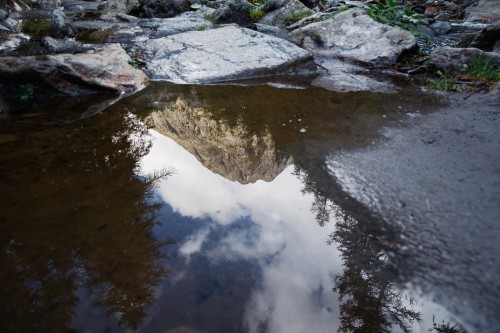
03.09.2022
1519m
Photo
Reflet
Photos prises durant la randonnée/conférence du 3 et 4 septembre 2022.

Altitude
1519m
Type de média
Photo
Tags
Eau, Pierre
Date
03.09.2022
Itinéraire(s)
/
Expedition
Expéditions publiques
Credits
Anto Barisic
Noms d'anciens guides gravés à la surface de rochers
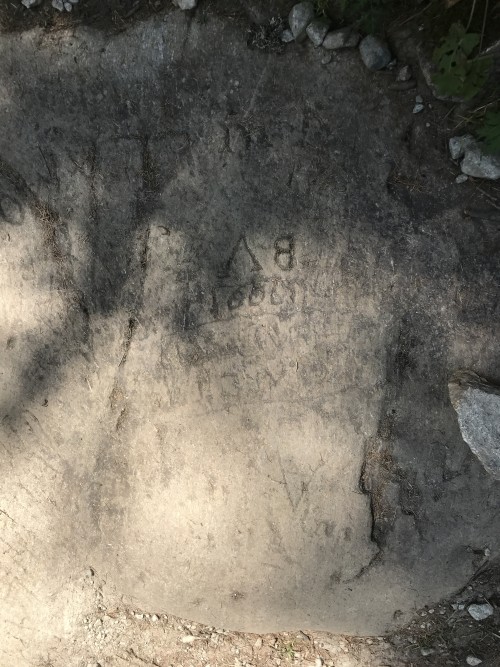
27.08.2021
1537m
Photo
Noms d'anciens guides gravés à la surface de rochers
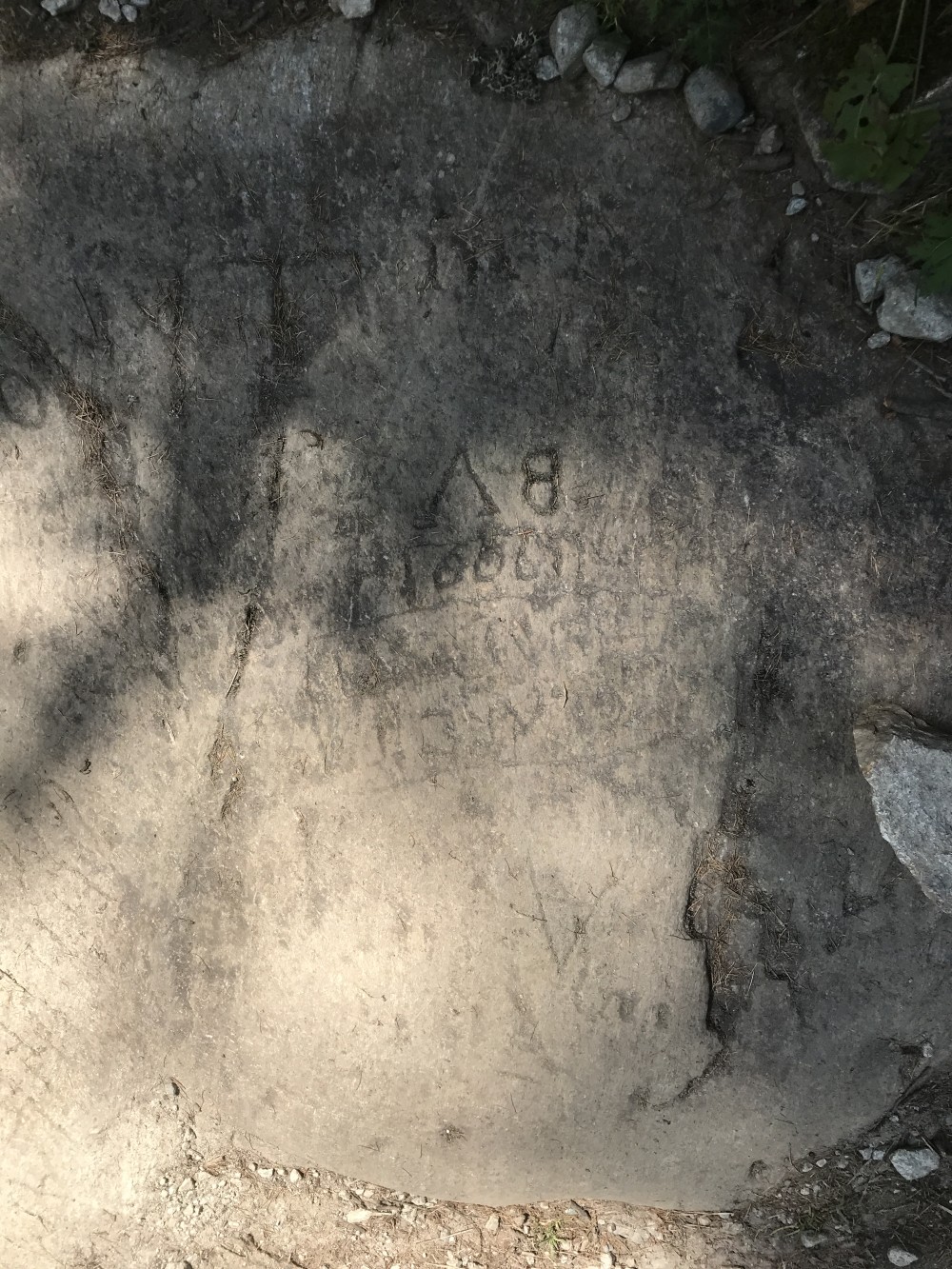

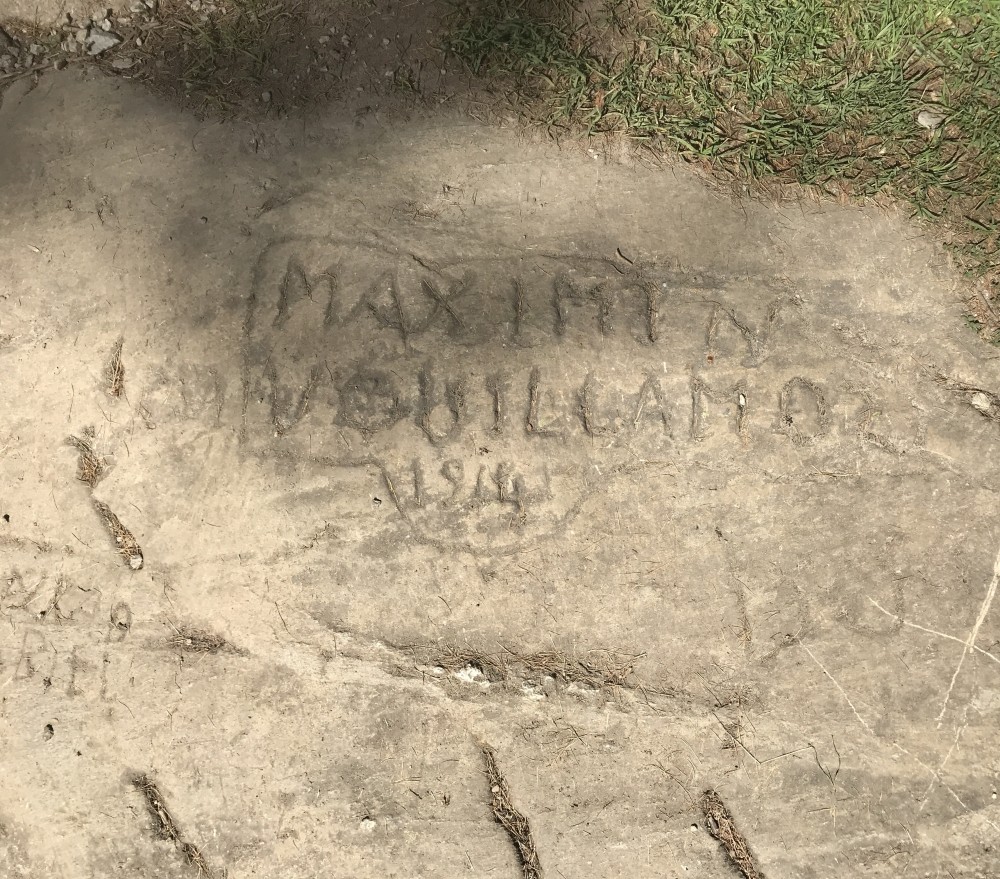
Altitude
1537m
Type de média
Photo
Tags
Pierre, Infrastructure, Humain
Date
27.08.2021
Itinéraire(s)
Sud
Expedition
Reconstitution de l'EPFL
Credits
Simon Dumas Primbault
Vues depuis le hameau des Granges

20.05.2024
1565m
Photo
Vues depuis le hameau des Granges



Altitude
1565m
Type de média
Photo
Tags
Humain, Paysage, Infrastructure
Date
20.05.2024
Itinéraire(s)
Sud
Expedition
Expéditions publiques
Credits
Béatrice Durandard
Vue du Mont Buet enneigé depuis Les Contamines-Montjoie

06.01.2022
1593m
Photo
Vue du Mont Buet enneigé depuis Les Contamines-Montjoie
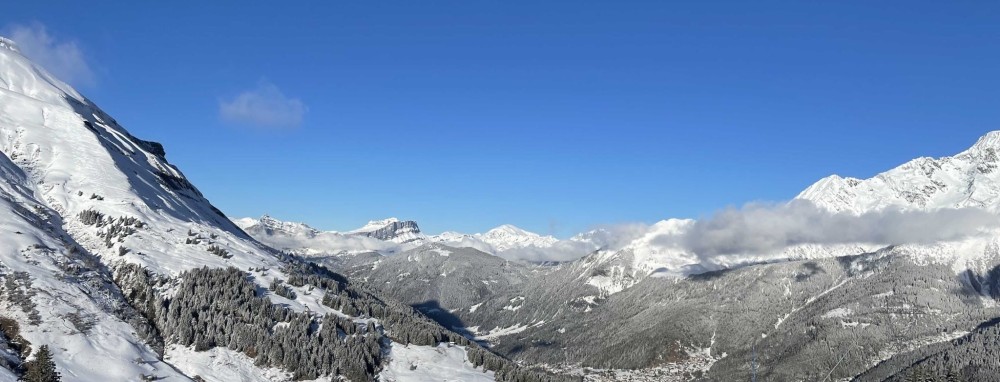
Altitude
1593m
Type de média
Photo
Tags
Neige, Panorama, Paysage
Date
06.01.2022
Itinéraire(s)
Ouest
Expedition
Expéditions publiques
Credits
Simon Dumas Primbault
Vues depuis et en direction du refuge de la Pierre à Bérard
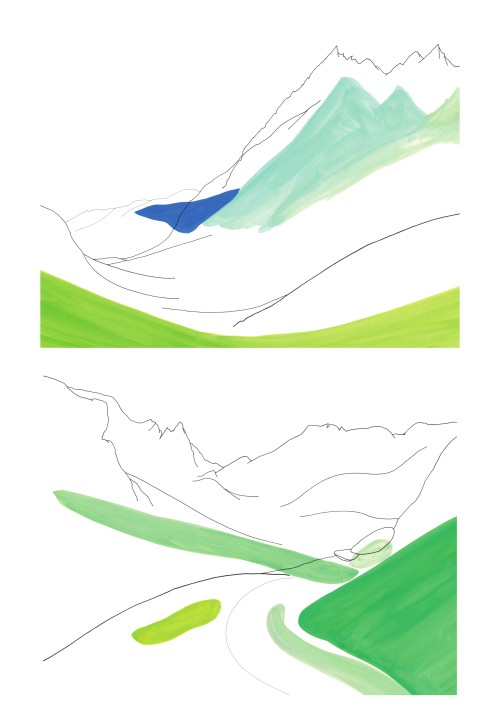
27.08.2021
1714m
Dessin
Aiguilles
Aquarelle et encre de Chine sur papeir
30x40cm
Vallon, col et aiguille de Bérard
Aquarelle et encre de Chine sur papeir
30x40cm
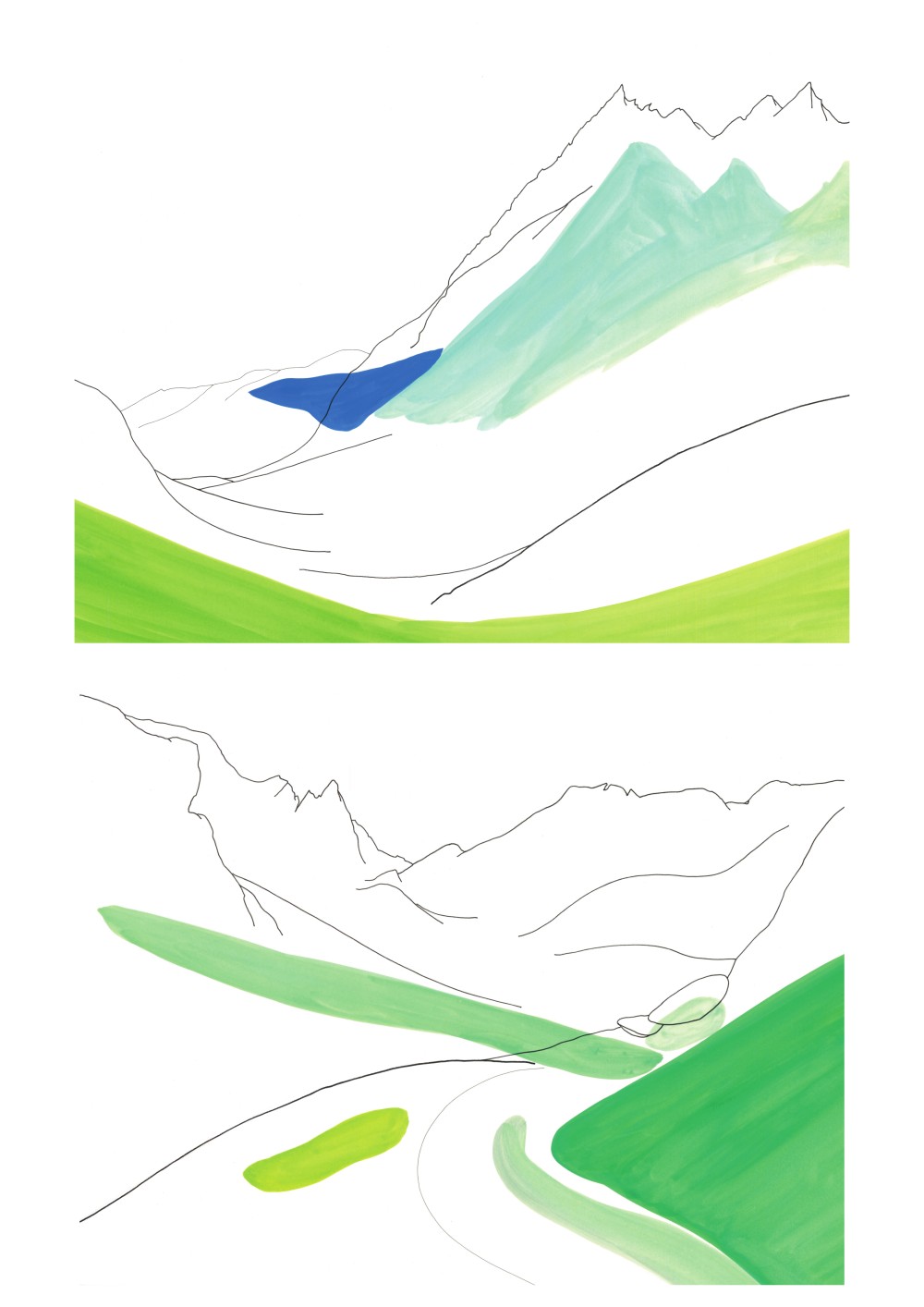
Altitude
1714m
Type de média
Dessin
Tags
Paysage
Date
27.08.2021
Itinéraire(s)
Sud
Expedition
Reconstitution de l'EPFL
Credits
Pascale Favre
Eau de Bérard

13.07.2022
1778m
Photo
Eau de Bérard
Dans le Vallon de Bérard.
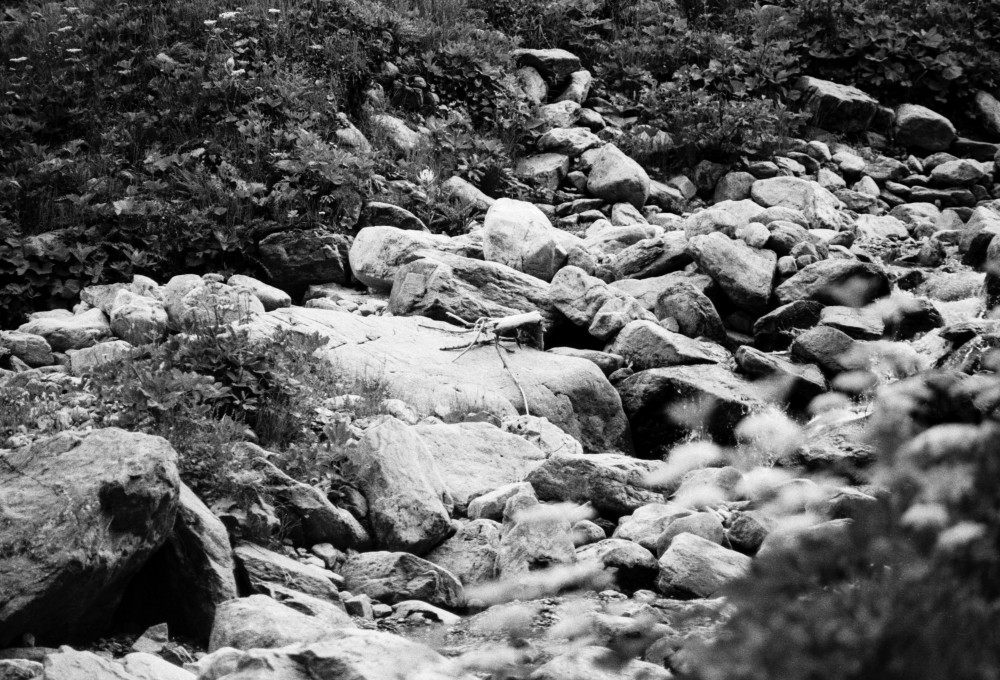

Altitude
1778m
Type de média
Photo
Tags
/
Date
13.07.2022
Itinéraire(s)
/
Expedition
Expéditions publiques
Credits
Solène Hoffmann
Vallon de Bérard

12.07.2022
1843m
Photo
Vallon de Bérard
Vue d'un chamois depuis le vallon de Bérard.

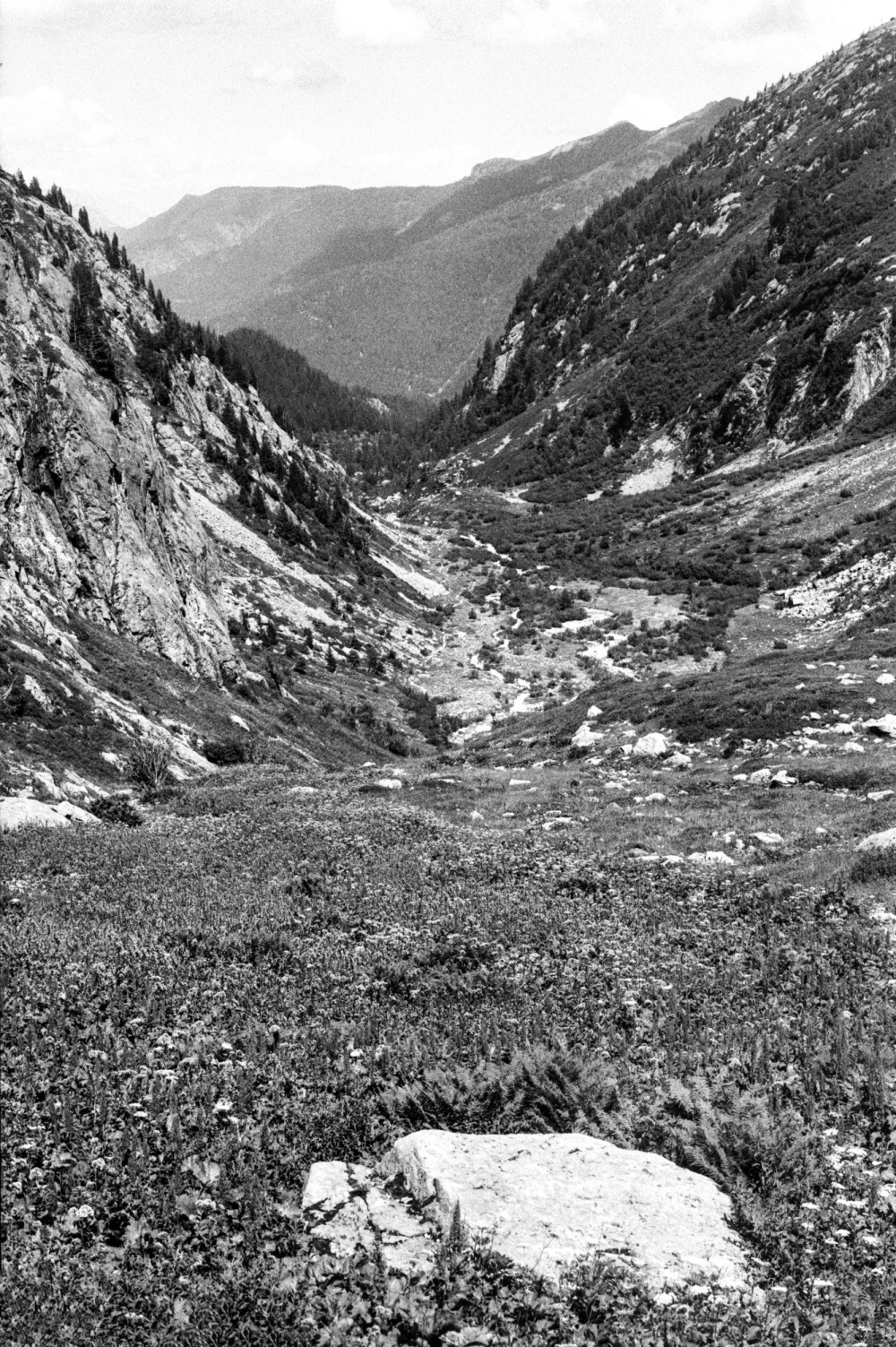
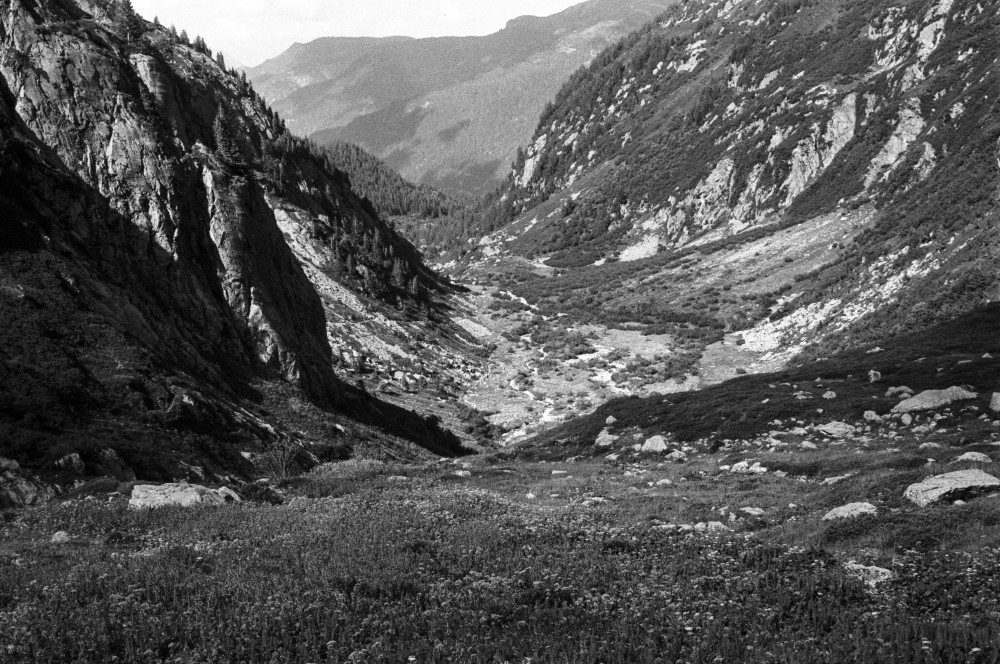
Altitude
1843m
Type de média
Photo
Tags
Animal, Pierre
Date
12.07.2022
Itinéraire(s)
/
Expedition
Expéditions publiques
Credits
Solène Hoffmann
Chemin de randonnée

13.07.2022
1908m
Photo
Chemin de randonnée
Depuis le refuge de la Pierre à Bérard, vers le vallon.


Altitude
1908m
Type de média
Photo
Tags
/
Date
13.07.2022
Itinéraire(s)
/
Expedition
Expéditions publiques
Credits
Solène Hoffmann
Carte topographique IGN
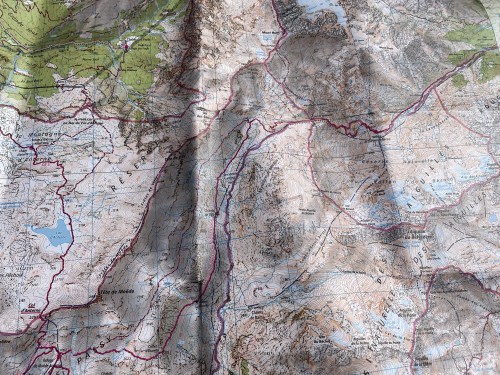
27.08.2021
1927m
Photo
Carte topographique IGN
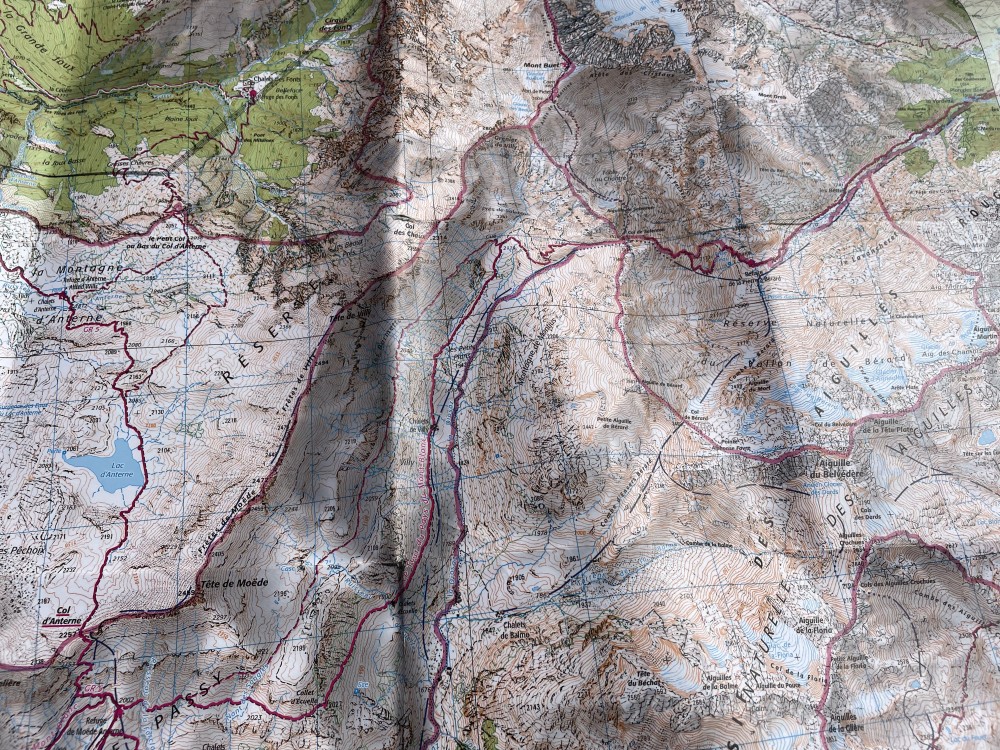
Altitude
1927m
Type de média
Photo
Tags
Instrument, Infrastructure
Date
27.08.2021
Itinéraire(s)
Sud
Expedition
Reconstitution de l'EPFL
Credits
Nicolas Nova
Lever de soleil au refuge
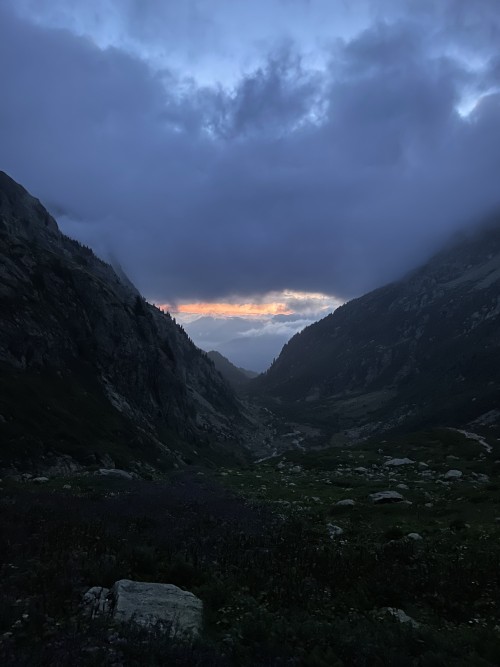
28.08.2021
1927m
Photo
Lever de soleil au refuge
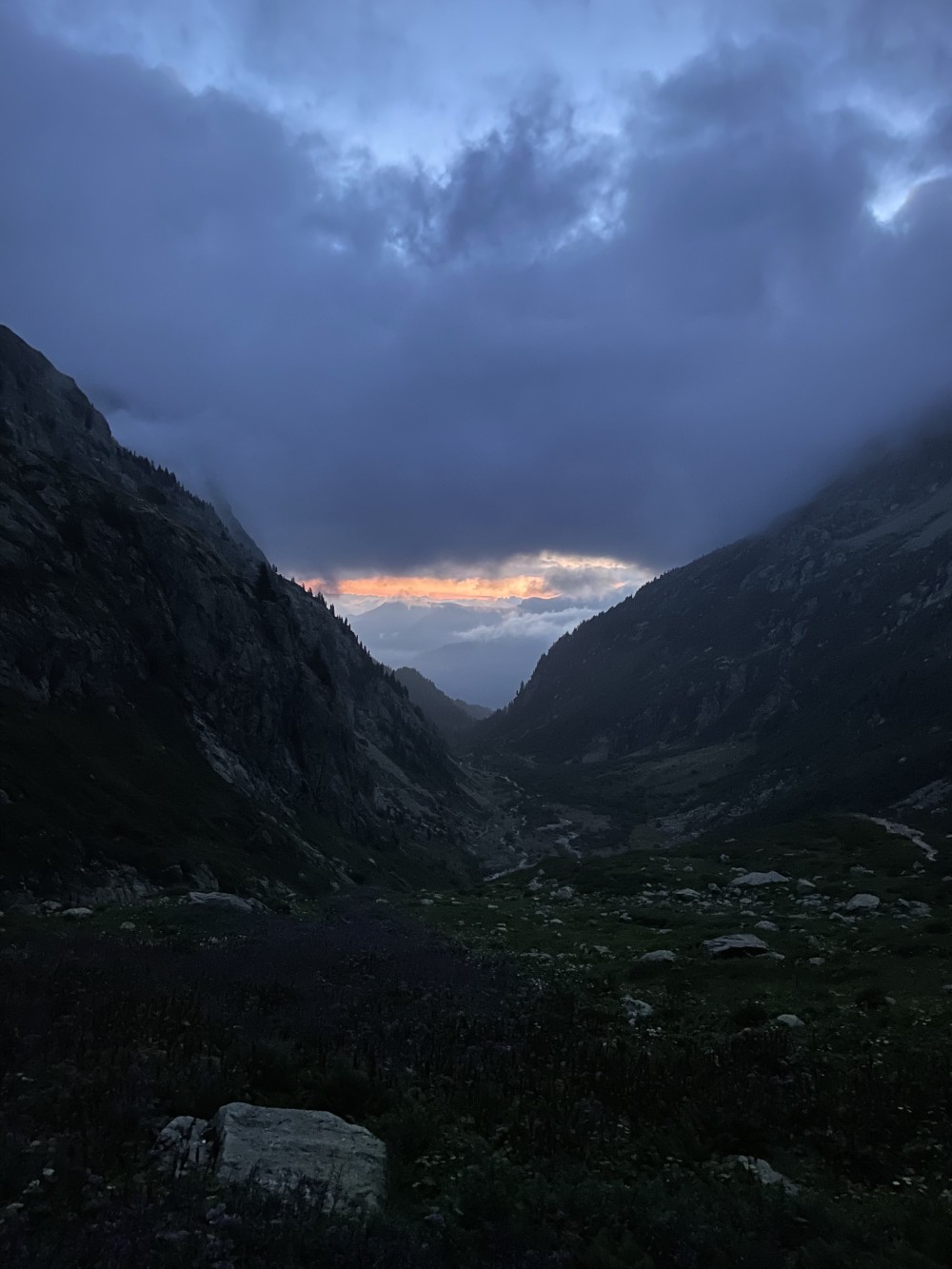
Altitude
1927m
Type de média
Photo
Tags
Paysage
Date
28.08.2021
Itinéraire(s)
Sud
Expedition
Reconstitution de l'EPFL
Credits
Jérôme Baudry
Laura
03.09.2022
1927m
Son
Laura
Laura Piveteau interviewée par Sophie Iselin
Altitude
1927m
Type de média
Son
Tags
Infrastructure, Humain, Vie sociale
Date
03.09.2022
Itinéraire(s)
Sud
Expedition
Expéditions publiques
Credits
Sophie Iselin
Roxane
03.09.2022
1927m
Son
Roxane
Roxane Moinat interviewée au refuge par Sophie Iselin
Altitude
1927m
Type de média
Son
Tags
Humain, Infrastructure, Vie sociale
Date
03.09.2022
Itinéraire(s)
Sud
Expedition
Expéditions publiques
Credits
Sophie Iselin
Roxane et Laura
03.09.2022
1927m
Son
Roxane et Laura
Roxane Moinat et Laura Piveteau interviewées au refuge par Sophie Iselin
Altitude
1927m
Type de média
Son
Tags
Humain, Infrastructure, Vie sociale
Date
03.09.2022
Itinéraire(s)
Sud
Expedition
Expéditions publiques
Credits
Sophie Iselin
Refuge de la Pierre à Bérard

13.07.2022
1927m
Photo
Refuge de la Pierre à Bérard
Résidence temporaire du gardien du Refuge de la Pierre à Bérard

Altitude
1927m
Type de média
Photo
Tags
Infrastructure, Vie sociale, Humain
Date
13.07.2022
Itinéraire(s)
/
Expedition
Expéditions publiques
Credits
Solène Hoffmann
Mont Buet

13.07.2022
1927m
Photo
Mont Buet
Depuis le refuge de la Pierre à Bérard.
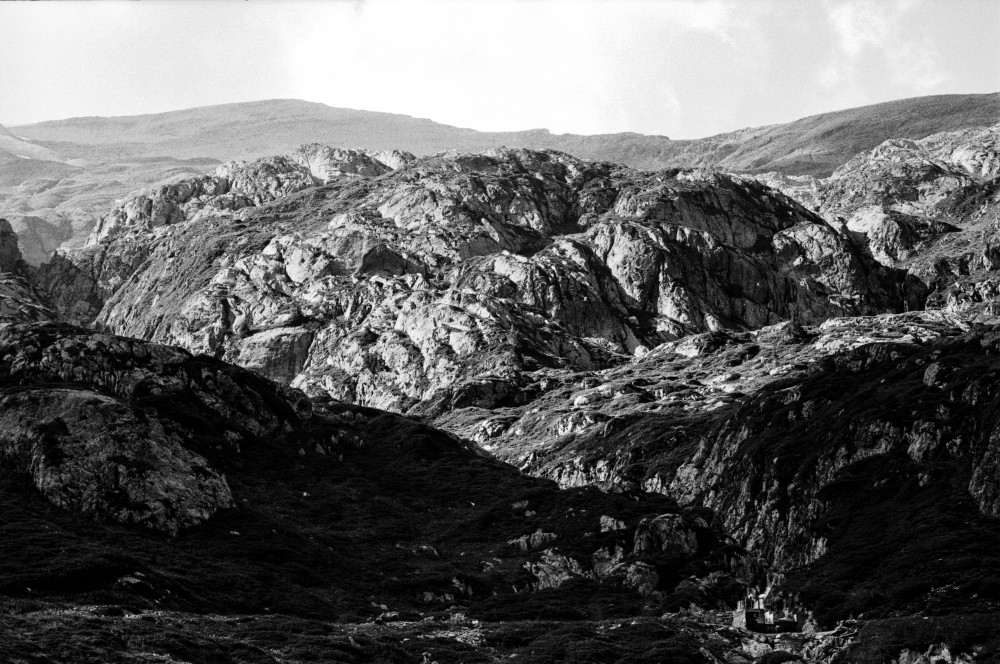
Altitude
1927m
Type de média
Photo
Tags
Pierre, Paysage
Date
13.07.2022
Itinéraire(s)
/
Expedition
Expéditions publiques
Credits
Solène Hoffmann
Héliportage de denrées pour le refuge de la Pierre à Bérard

13.07.2022
1936m
Photo
Héliportage de denrées pour le refuge de la Pierre à Bérard
Vue depuis le refuge.

Altitude
1936m
Type de média
Photo
Tags
Infrastructure, Humain, Vie sociale
Date
13.07.2022
Itinéraire(s)
/
Expedition
Expéditions publiques
Credits
Solène Hoffmann
Tête du Ret
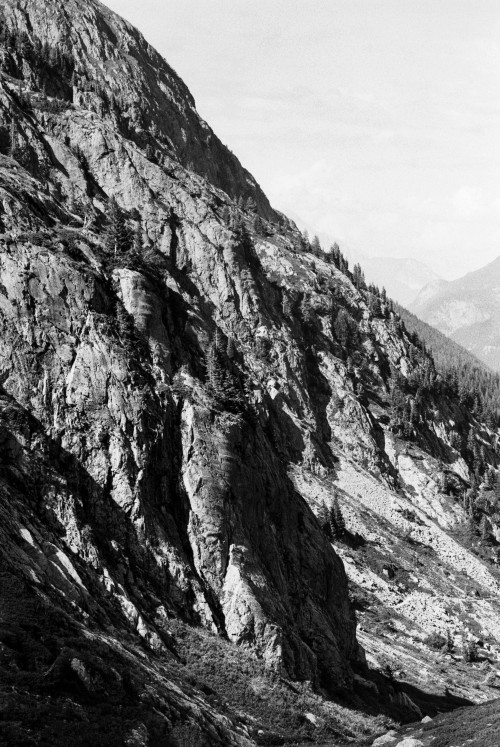
13.07.2023
1936m
Photo
Tête du Ret
Vue depuis le refuge.
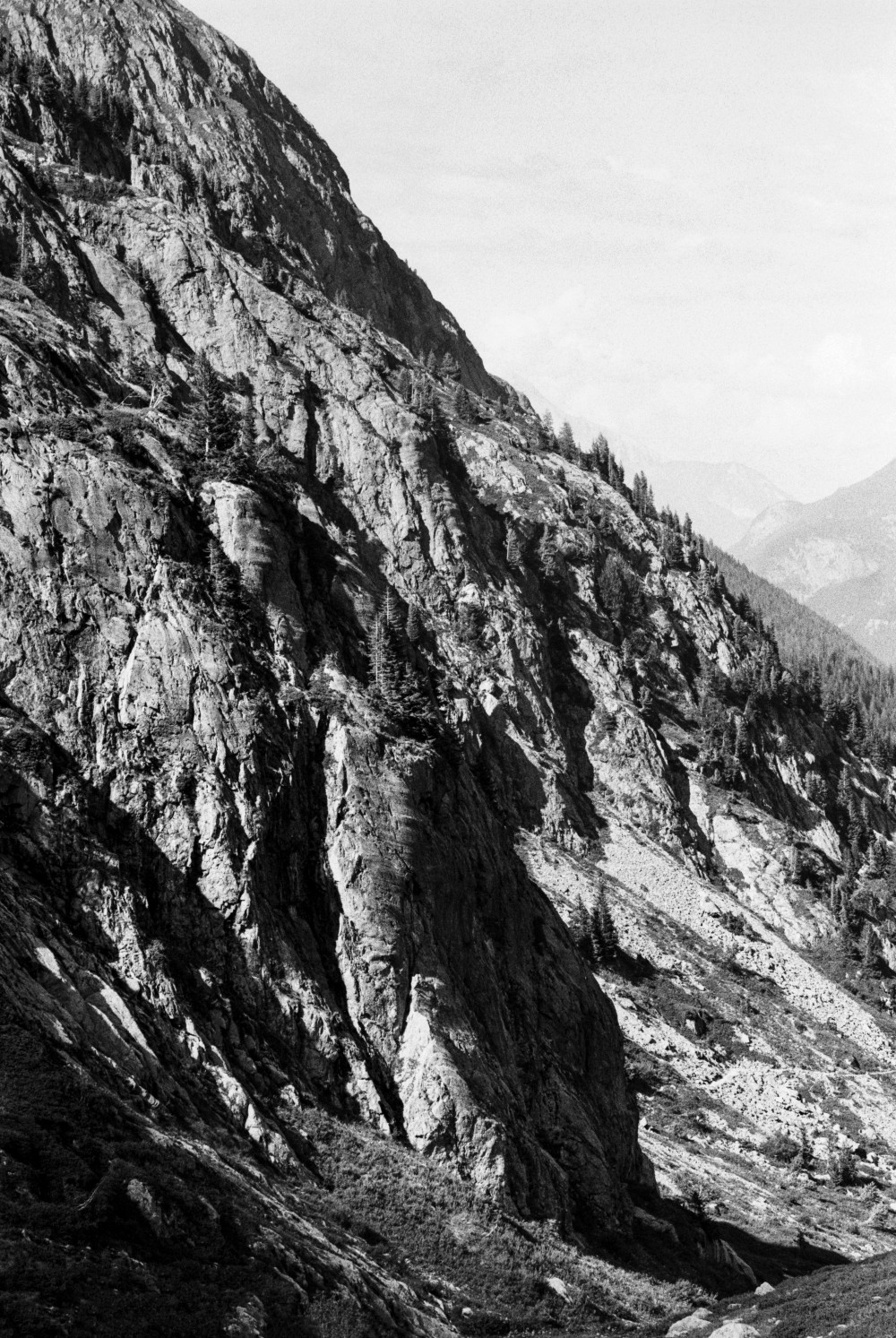
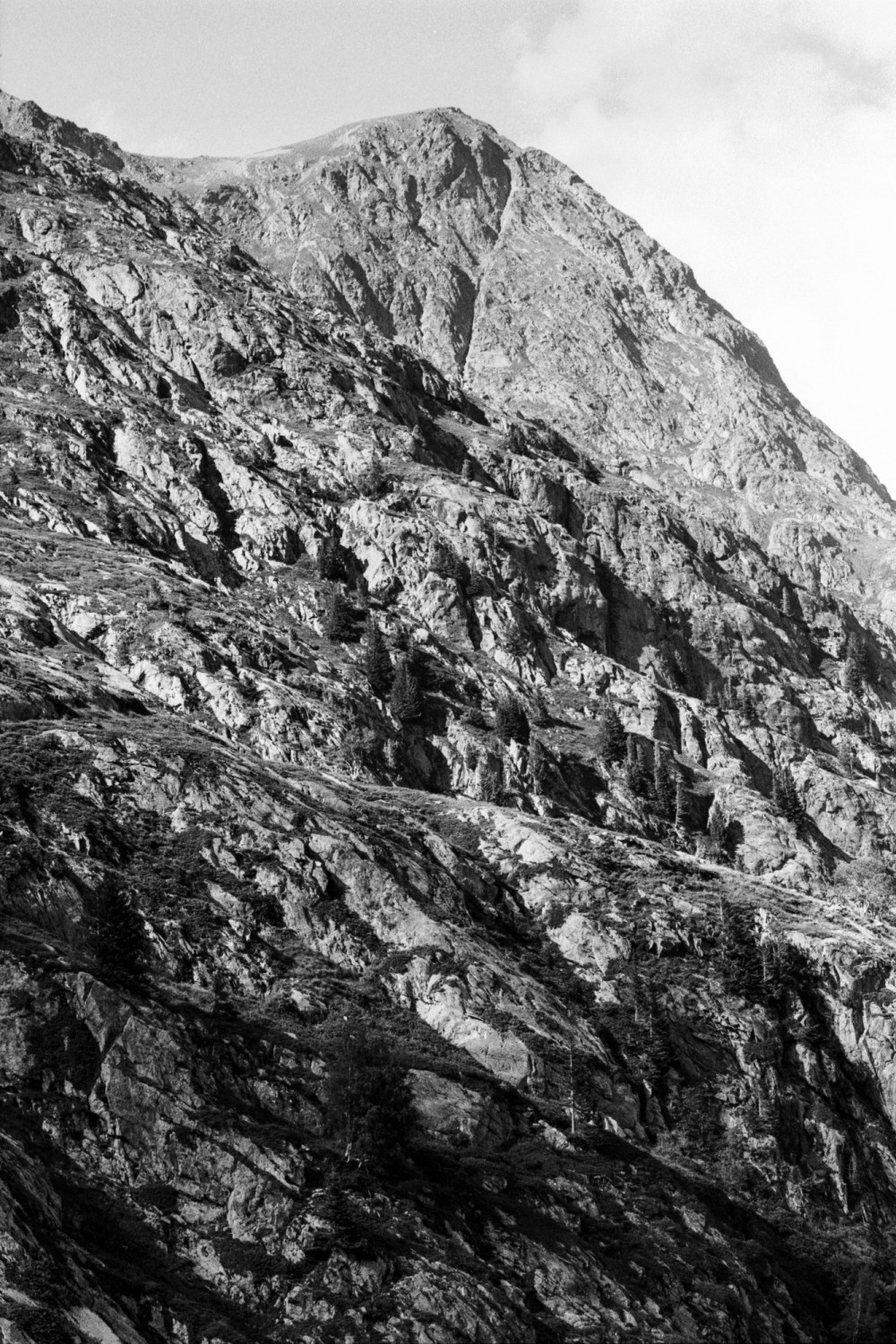
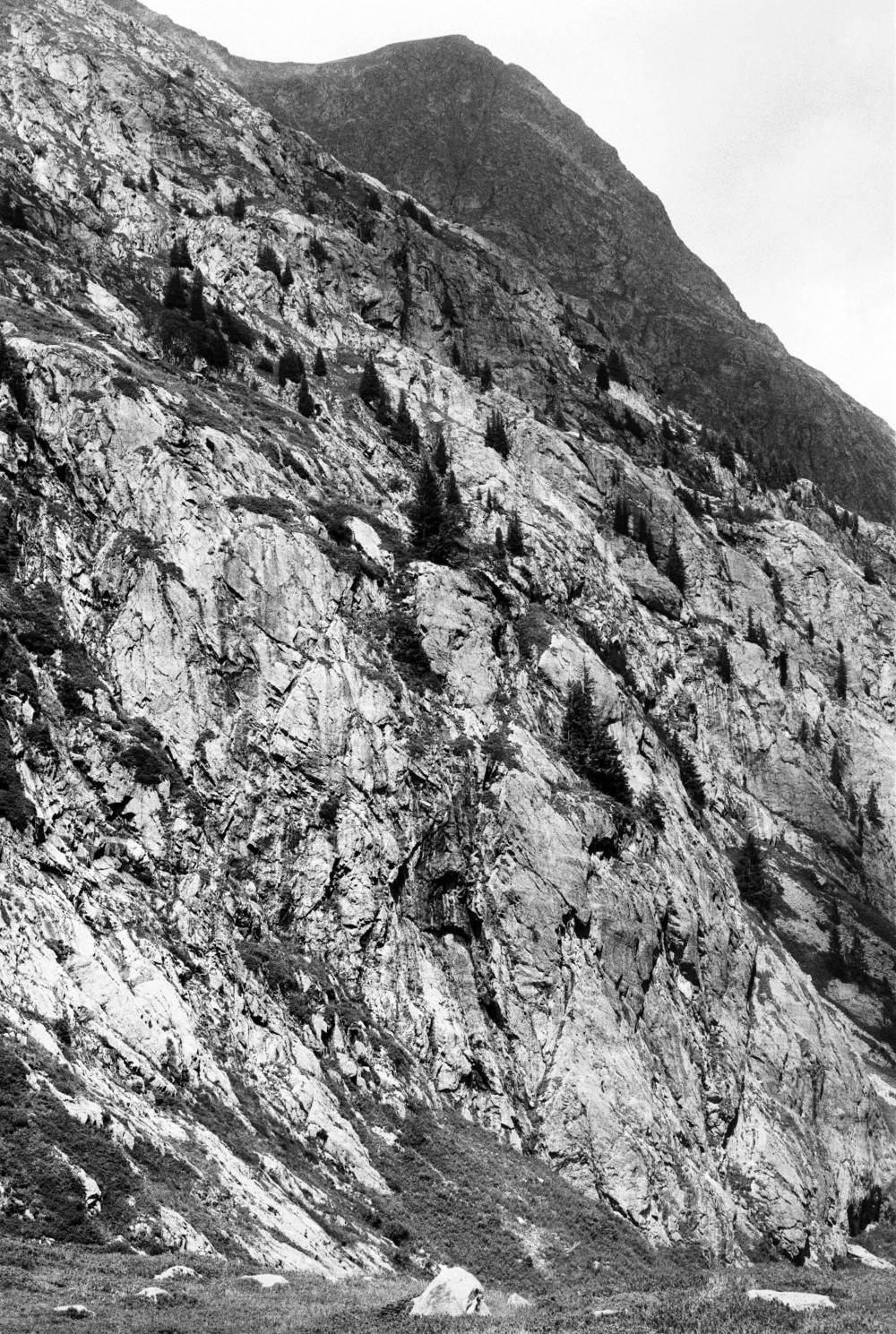
Altitude
1936m
Type de média
Photo
Tags
Pierre, Paysage
Date
13.07.2023
Itinéraire(s)
/
Expedition
Expéditions publiques
Credits
Solène Hoffmann
Aiguille de Salenton
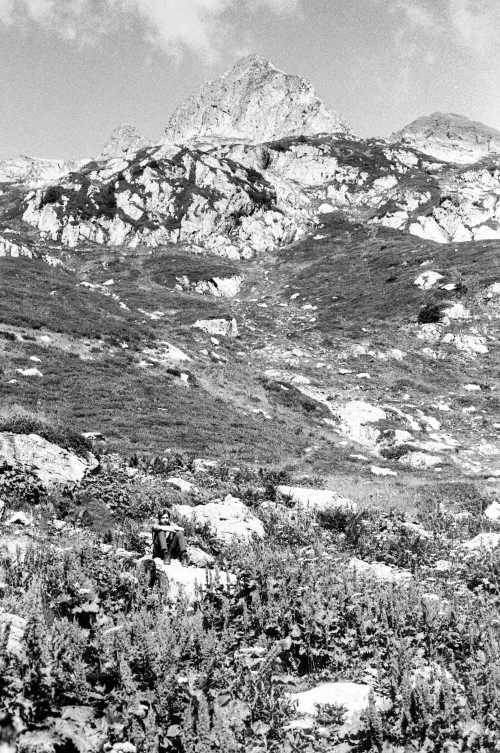
13.07.2022
1936m
Photo
Aiguille de Salenton
Vue depuis le refuge de la Pierre à Bérard.

Altitude
1936m
Type de média
Photo
Tags
Humain, Fleur, Pierre, Paysage
Date
13.07.2022
Itinéraire(s)
/
Expedition
Expéditions publiques
Credits
Solène Hoffmann
Rocailles et végétations autour du refuge de la Pierre à Bérard

13.07.2022
1936m
Photo
Rocailles et végétations autour du refuge de la Pierre à Bérard
Vue vers les glaciers depuis le refuge.
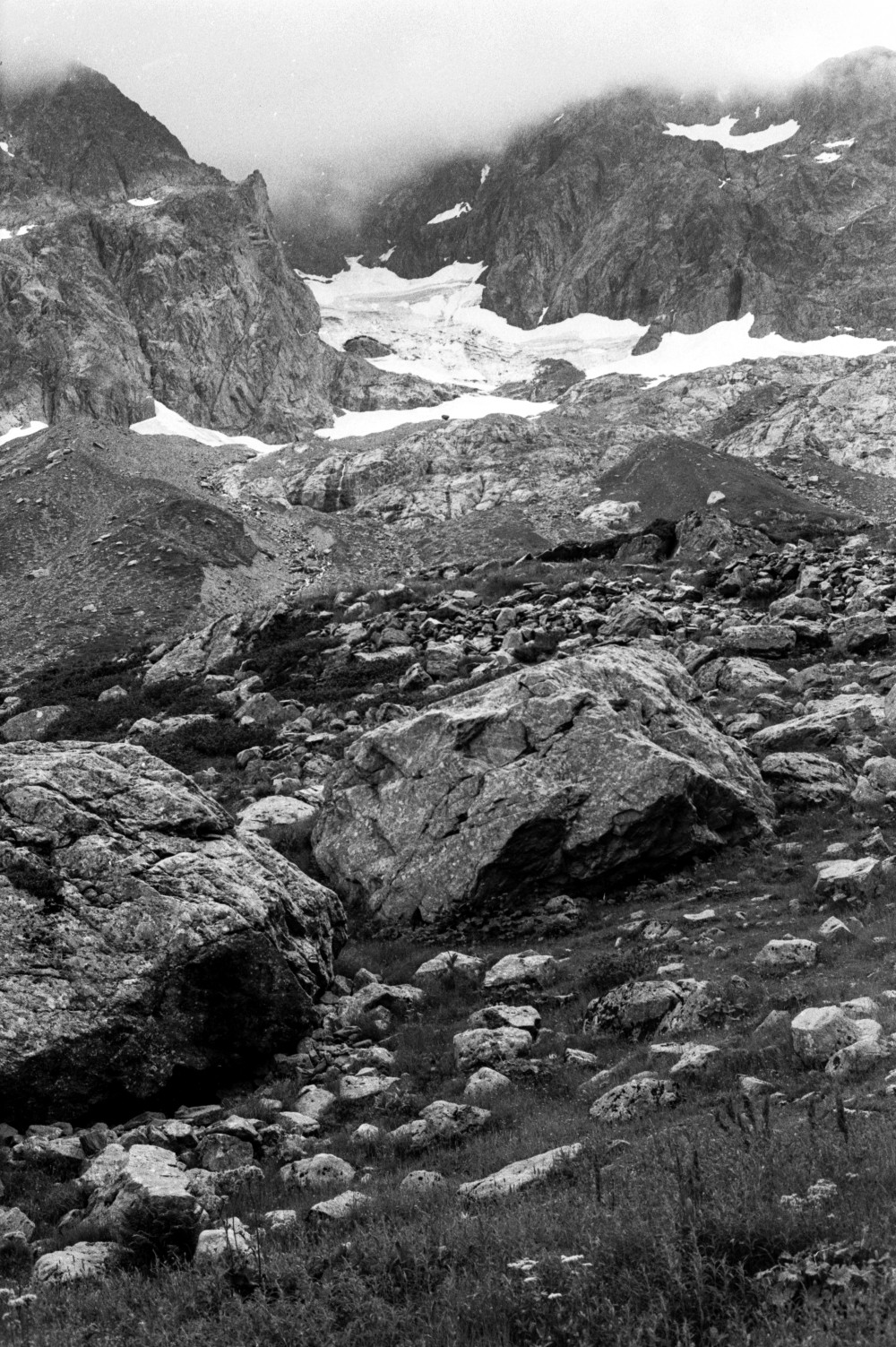
Altitude
1936m
Type de média
Photo
Tags
Pierre, Fleur, Neige
Date
13.07.2022
Itinéraire(s)
/
Expedition
Expéditions publiques
Credits
Solene Hoffmann
Aiguille Morris et de Mesure
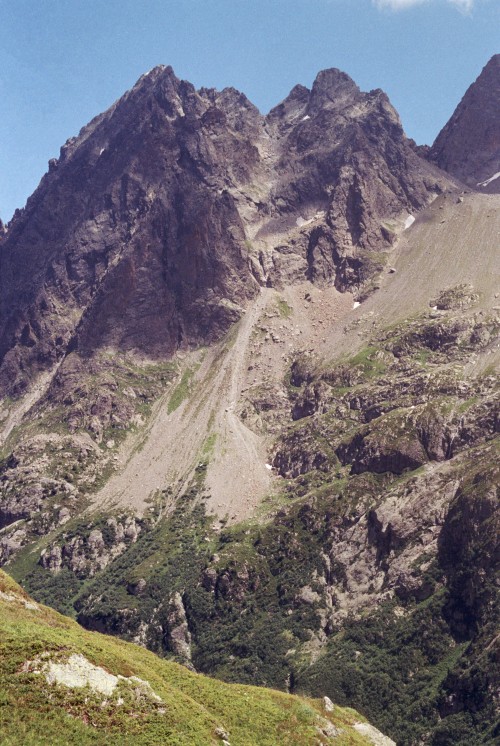
13.07.2022
1955m
Photo
Aiguille Morris et de Mesure
Vue depuis l'ancien emplacement du refuge de Bérard.
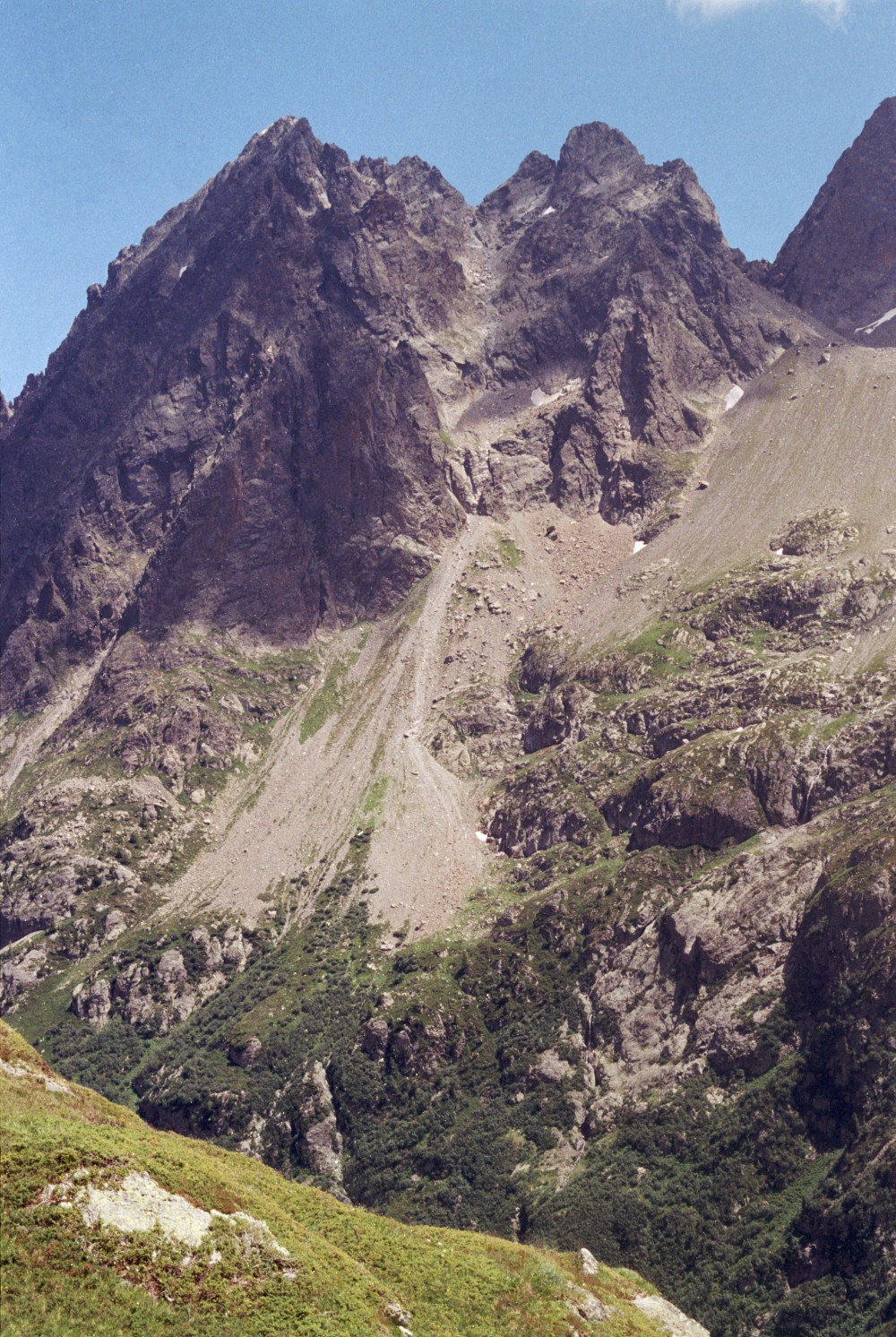
Altitude
1955m
Type de média
Photo
Tags
/
Date
13.07.2022
Itinéraire(s)
/
Expedition
Expéditions publiques
Credits
Solène Hoffmann
Pierre à Bérard
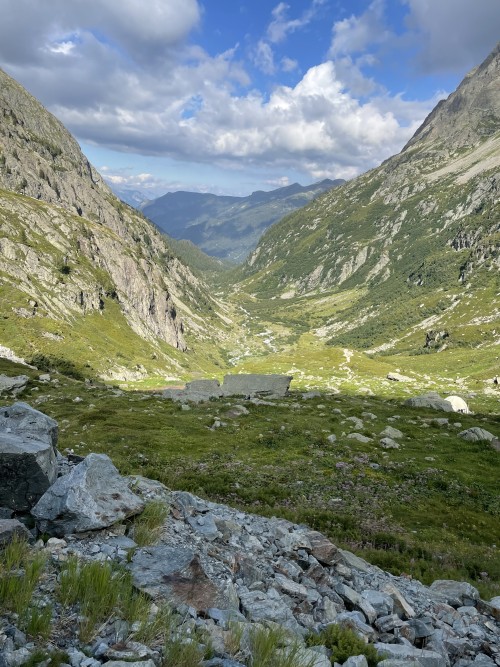
27.08.2021
1983m
Photo
Pierre à Bérard

Altitude
1983m
Type de média
Photo
Tags
Infrastructure, Pierre, Paysage
Date
27.08.2021
Itinéraire(s)
Sud
Expedition
Reconstitution de l'EPFL
Credits
Jérôme Baudry
Contreforts et prise d'eau
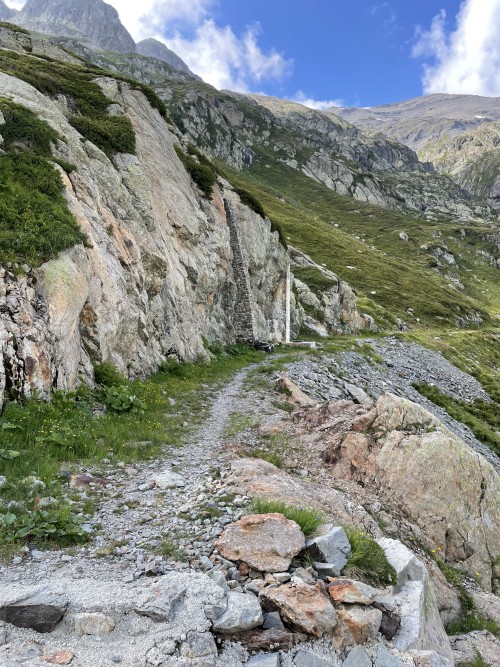
27.08.2021
1983m
Photo
Contreforts et prise d'eau

Altitude
1983m
Type de média
Photo
Tags
Infrastructure, Eau
Date
27.08.2021
Itinéraire(s)
Sud
Expedition
Reconstitution de l'EPFL
Credits
Jérôme Baudry
Prise d'eau

27.08.2021
1992m
Photo
Prise d'eau

Altitude
1992m
Type de média
Photo
Tags
Infrastructure, Eau, Paysage
Date
27.08.2021
Itinéraire(s)
Sud
Expedition
Reconstitution de l'EPFL
Credits
Jérôme Baudry
Prises d'eau

27.08.2021
1992m
Photo
Prises d'eau

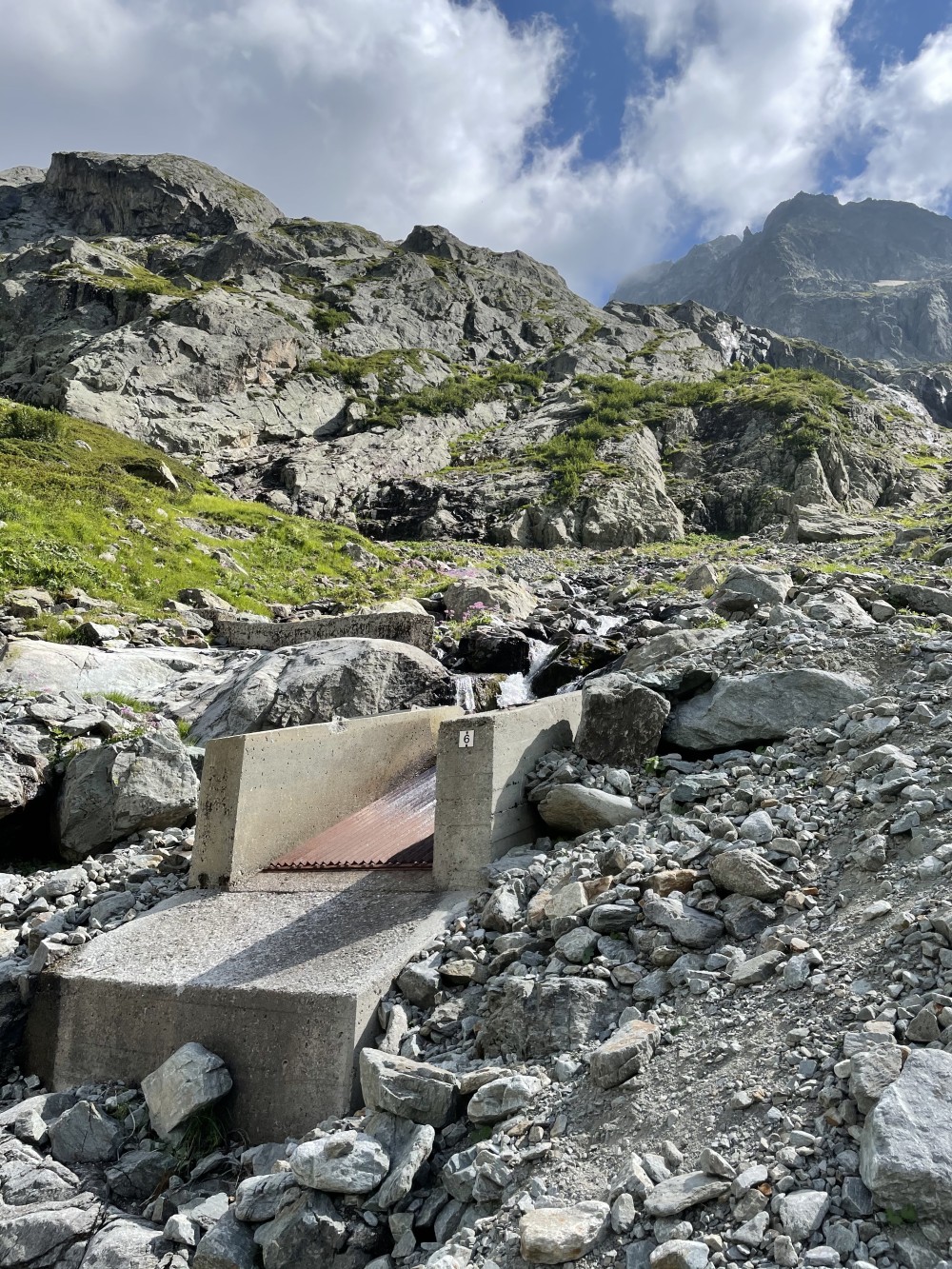
Altitude
1992m
Type de média
Photo
Tags
Eau, Infrastructure
Date
27.08.2021
Itinéraire(s)
Sud
Expedition
Reconstitution de l'EPFL
Credits
Jérôme Baudry
Nuages bas

03.09.2022
1992m
Photo
Nuages bas
Photos prises durant la randonnée/conférence du 3 et 4 septembre 2022.
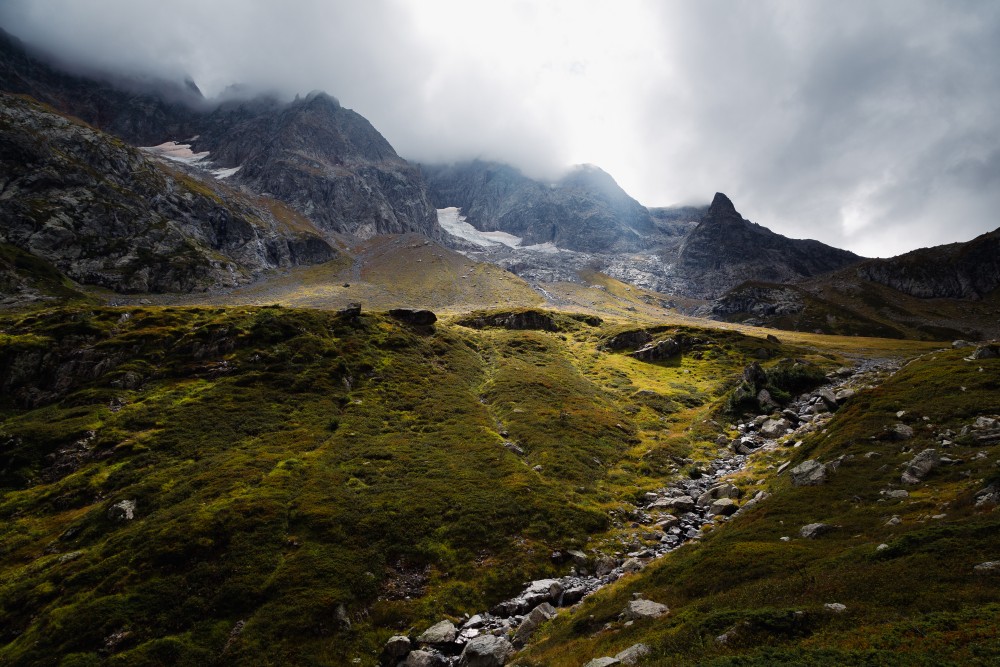
Altitude
1992m
Type de média
Photo
Tags
Paysage, Fleur
Date
03.09.2022
Itinéraire(s)
/
Expedition
Expéditions publiques
Credits
Anto Barisic
Regards au-dessus du refuge
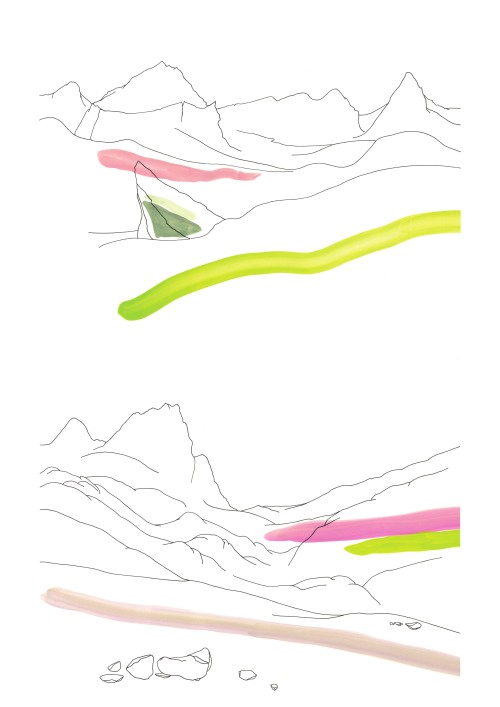
27.08.2021
2020m
Dessin
Regards au-dessus du refuge
Pointe Alphonse Favre et glacier du mort
Aquarelle et encre de Chine
40x50cm
En direction du Mont Buet
Aquarelle et encre de Chine
40x50cm

Altitude
2020m
Type de média
Dessin
Tags
Paysage
Date
27.08.2021
Itinéraire(s)
Sud
Expedition
Reconstitution de l'EPFL
Credits
Pascale Favre
Le Glacier de Bérard et d'Anneuley

07.2022
2029m
Photo
Le Glacier de Bérard et d'Anneuley
/


Altitude
2029m
Type de média
Photo
Tags
Pierre, Paysage, Neige
Date
07.2022
Itinéraire(s)
/
Expedition
Expéditions publiques
Credits
Solène Hoffmann
Le refuge de la Pierre à Bérard
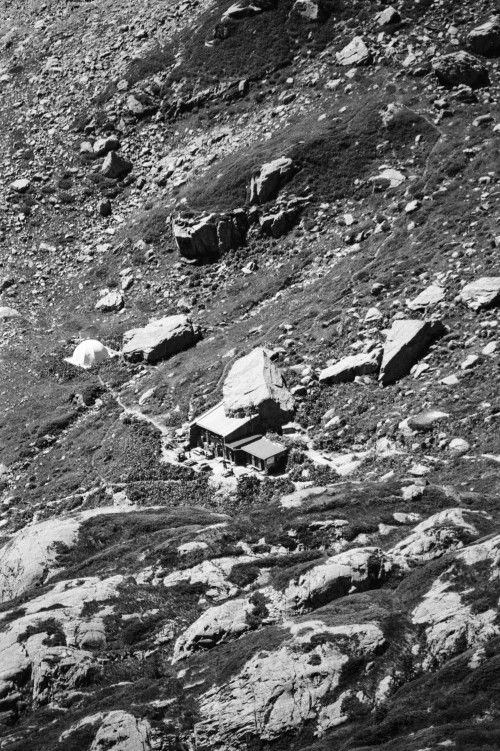
13.07.2022
2029m
Photo
Le refuge de la Pierre à Bérard
Dès que l'on prend de la hauteur, on observe l'implantation particulière du refuge avec la roche.
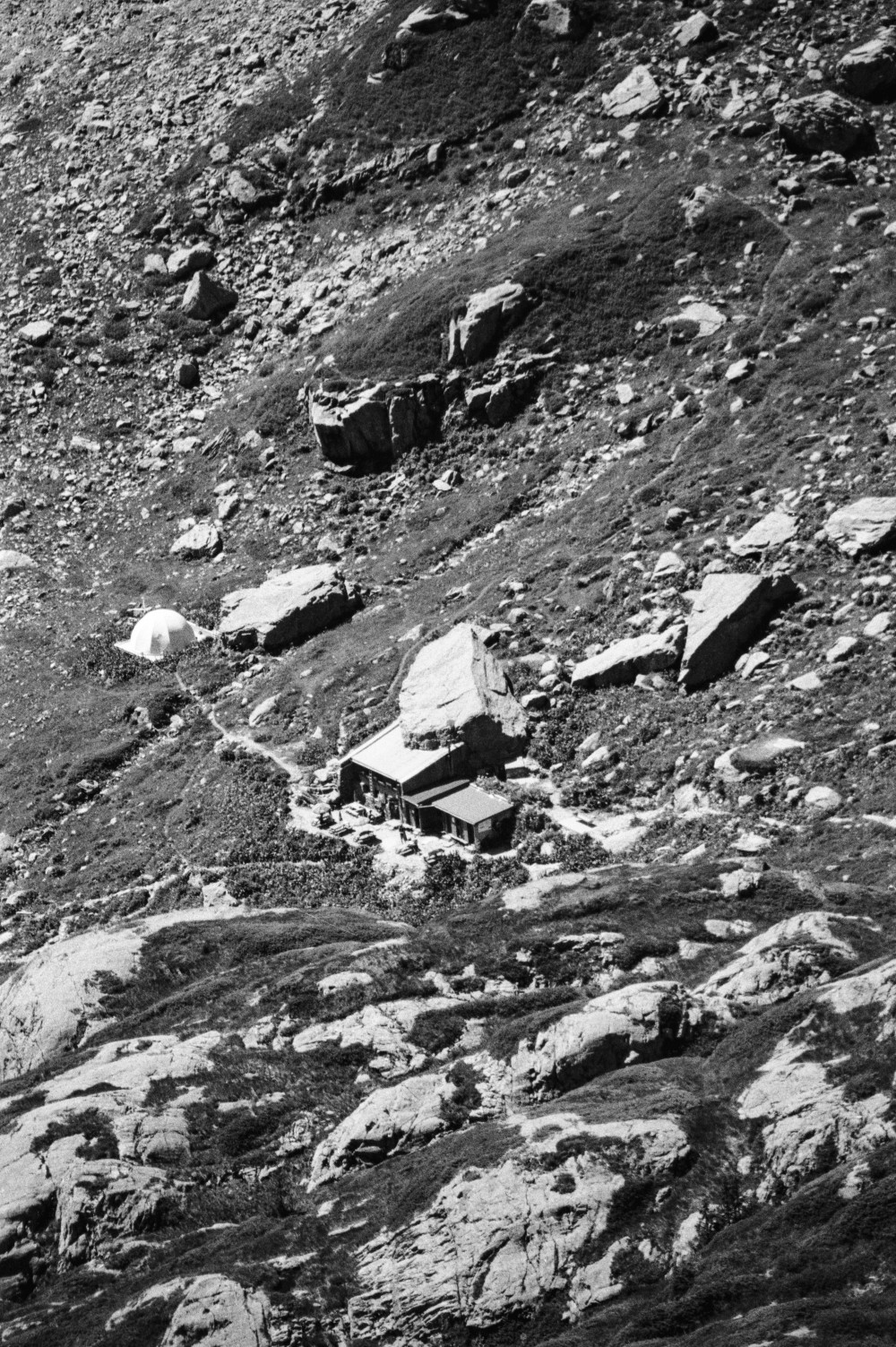

Altitude
2029m
Type de média
Photo
Tags
/
Date
13.07.2022
Itinéraire(s)
/
Expedition
Expéditions publiques
Credits
Solène Hoffmann
Vue du Mont Buet depuis la Combe à Bérard

27.08.2021
2103m
Photo
Vue du Mont Buet depuis la Combe à Bérard

Altitude
2103m
Type de média
Photo
Tags
Paysage
Date
27.08.2021
Itinéraire(s)
Sud
Expedition
Reconstitution de l'EPFL
Credits
Jérôme Baudry
Protogine (granit) du Mont Oreb

1776
2103m
Photo
Protogine du Mont Oreb avec un filon de plomb et de zinc sulfurés. Échantillon de la Collection de roches d'Horace Bénédict de Saussure.
Crédits : Muséum d'histoire naturelle de Genève
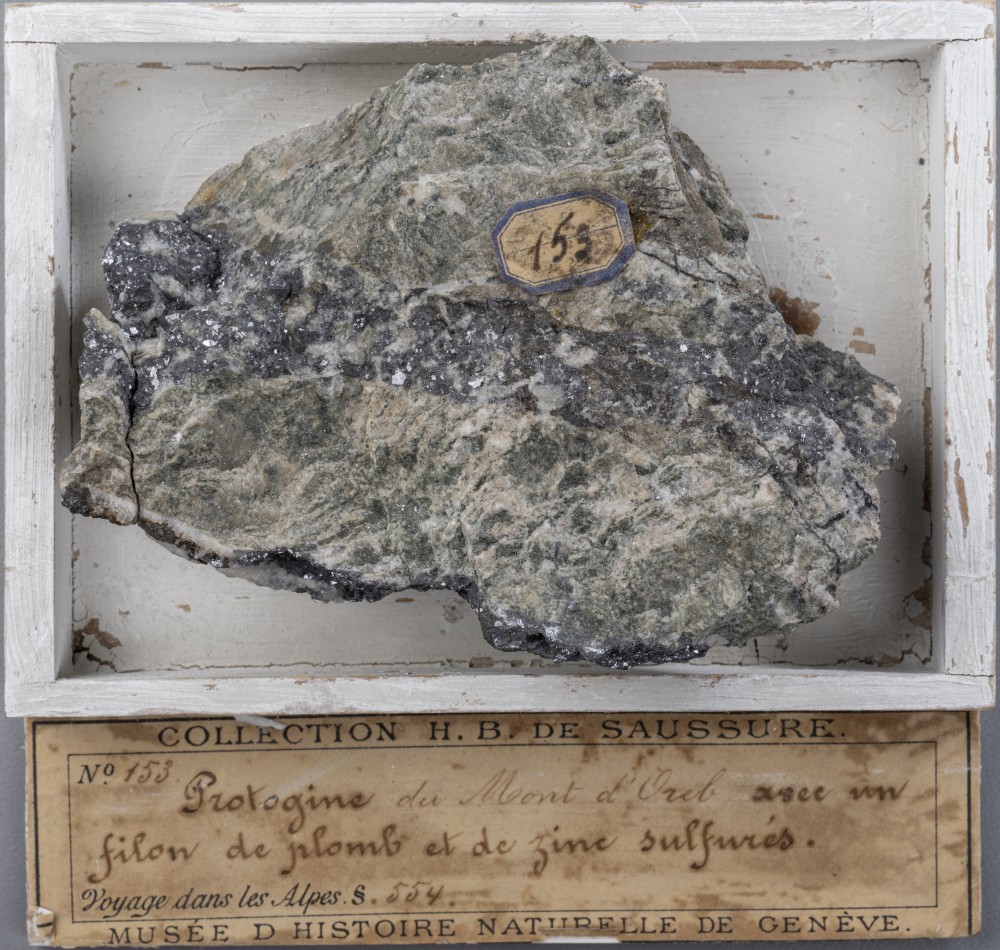
Altitude
2103m
Type de média
Photo
Tags
Pierre
Date
1776
Itinéraire(s)
Sud
Expedition
Expédition de Saussure
Aiguille Morris

11.07.2022
2103m
Photo
Aiguille Morris
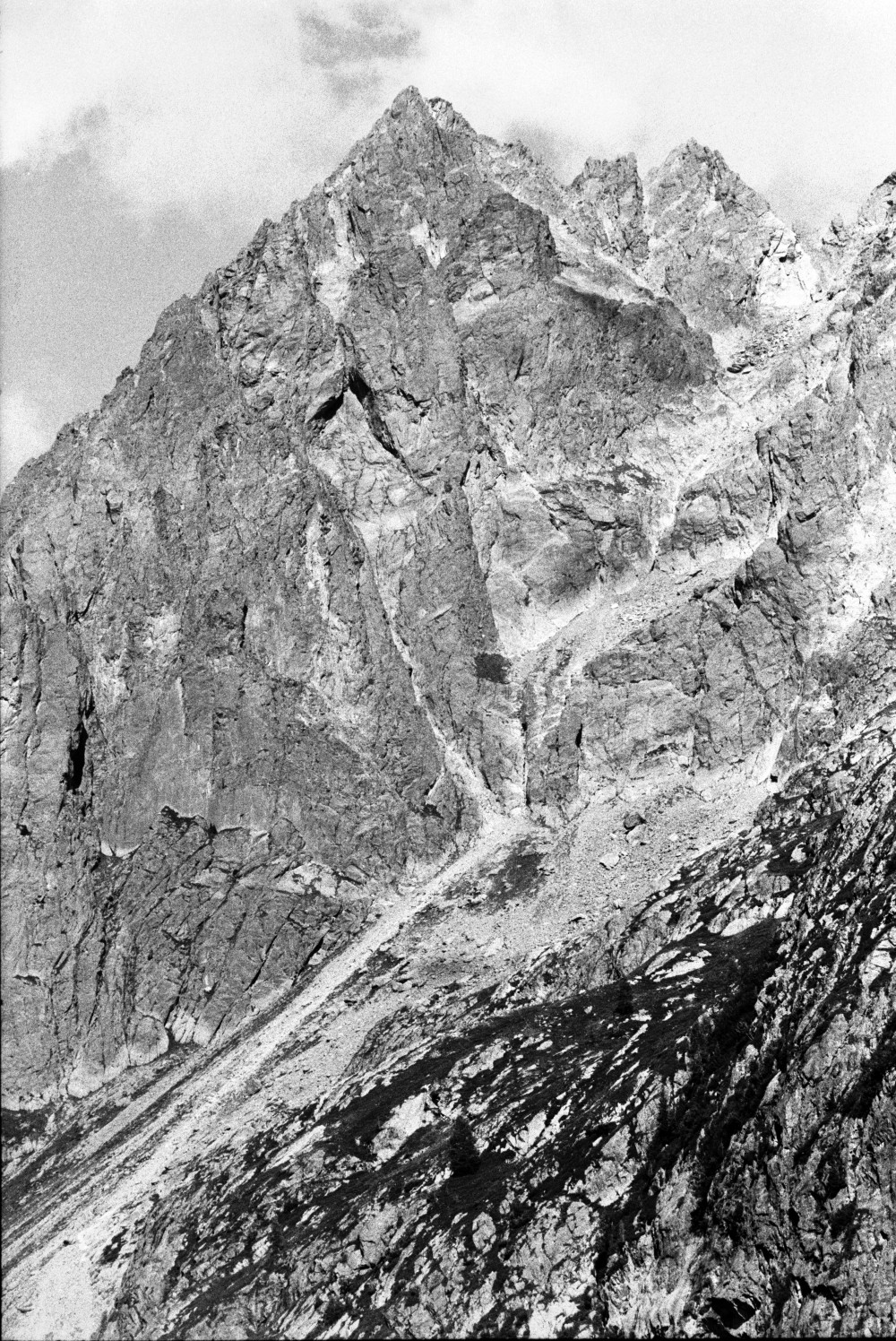
Altitude
2103m
Type de média
Photo
Tags
Pierre, Paysage
Date
11.07.2022
Itinéraire(s)
/
Expedition
Expéditions publiques
Credits
Solène Hoffmann
Escapade au-dessus du refuge de la Pierre à Bérard juste avant que le soleil ne passe derrière la montagne
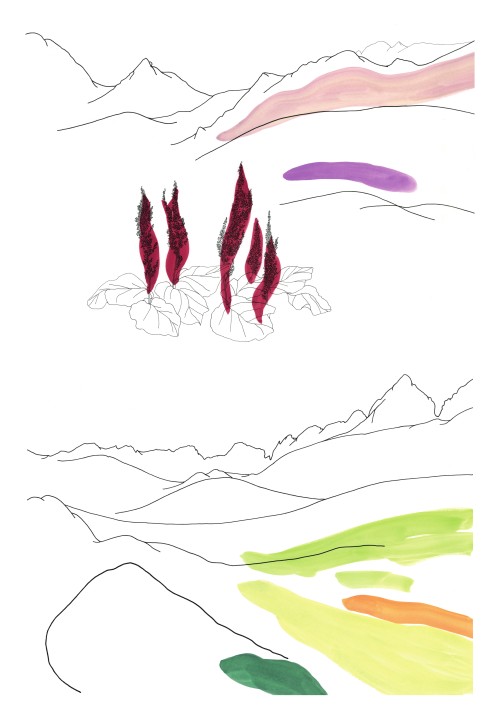
27.08.2021
2122m
Dessin
Escapade au-dessus du refuge de la Pierre à Bérard juste avant que le soleil ne passe derrière la montagne
Rumex aplin devant le col de Beugeant
Aquarelle et encre de Chine sur papier
30x40cm
Autour du refuge de la Pierre à Bérard
Aquarelle et encre de Chine sur papier
30x40cm

Altitude
2122m
Type de média
Dessin
Tags
Paysage, Fleur
Date
27.08.2021
Itinéraire(s)
Sud
Expedition
Reconstitution de l'EPFL
Credits
Pascale Favre
Aiguilles des chamois
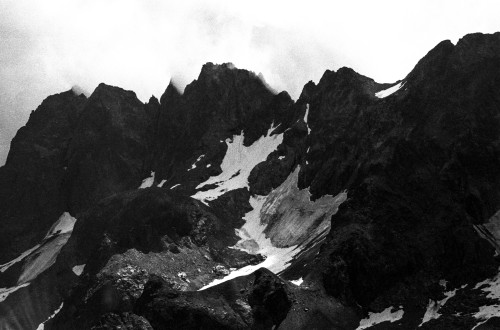
11.07.2022
2122m
Photo
Aiguilles des chamois
Vue des aiguilles et glaciers au sud, depuis le refuge de la Pierre à Bérard

Altitude
2122m
Type de média
Photo
Tags
Neige, Pierre, Paysage
Date
11.07.2022
Itinéraire(s)
/
Expedition
Expéditions publiques
Credits
Solène Hoffmann
Traces de nos passages

13.07.2022
2122m
Photo
Traces de nos passages
Les chemins de randonnées pour rejoindre le Mont Buet.

Altitude
2122m
Type de média
Photo
Tags
/
Date
13.07.2022
Itinéraire(s)
/
Expedition
Expéditions publiques
Credits
Solène Hoffmann
Glacier de Bérard

11.07.2022
2298m
Photo
Glacier de Bérard
Vue du glacier depuis les hauteurs du col de Salenton


Altitude
2298m
Type de média
Photo
Tags
Pierre, Neige
Date
11.07.2022
Itinéraire(s)
/
Expedition
Expéditions publiques
Credits
Solène Hoffmann
Brèche de Salenton
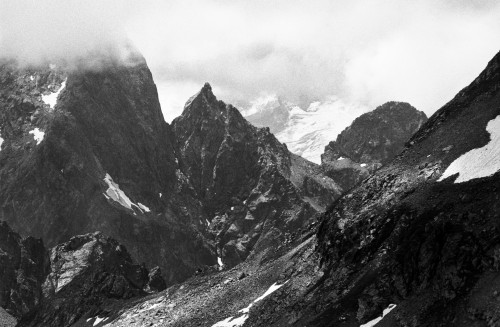
11.07.2022
2391m
Photo
Brèche de Salenton


Altitude
2391m
Type de média
Photo
Tags
Paysage, Pierre, Neige
Date
11.07.2022
Itinéraire(s)
/
Expedition
Expéditions publiques
Credits
Solène Hoffmann
Portrait de montagne
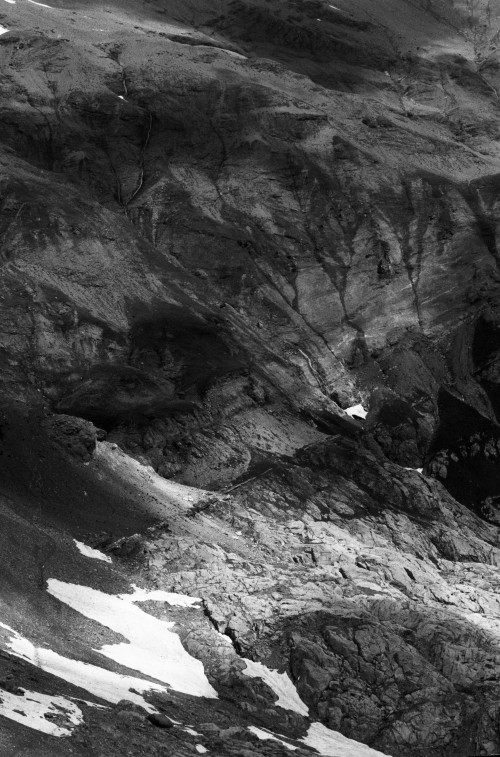
11.07.2023
2484m
Photo
Portrait de montagne
Sur le chemin vers le Mont Buet, depuis le refuge de la Pierre à Bérard.


Altitude
2484m
Type de média
Photo
Tags
Pierre, Neige
Date
11.07.2023
Itinéraire(s)
/
Expedition
Expéditions publiques
Credits
Solène Hoffmann
Le Col de Bérard
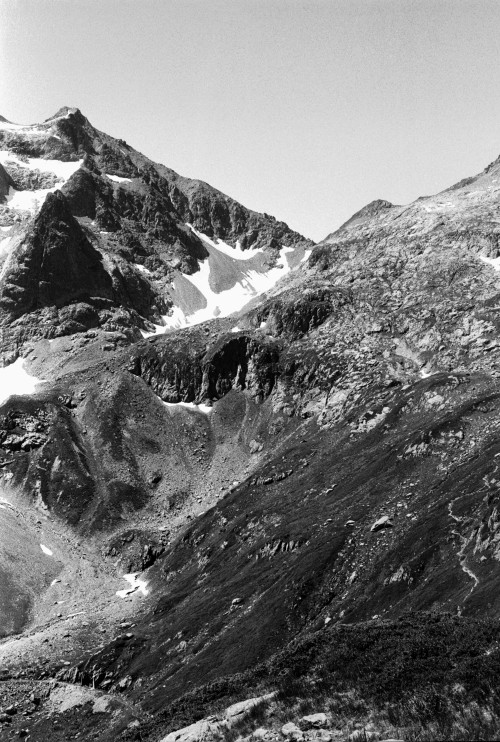
13.07.2022
2484m
Photo
Le Col de Bérard
/

Altitude
2484m
Type de média
Photo
Tags
/
Date
13.07.2022
Itinéraire(s)
/
Expedition
Expéditions publiques
Credits
Solène Hoffmann
Vue du Mont Blanc depuis Grenier
25.08.1765
2502m
Texte
Nous montâmes pendant près de quatre heures, par des routes où nous fûmes souvent obligé de nous aider de nos mains, & souvent aussi d'user de précaution lorsque nous voulions regarder en-arriere. Cependant l'impatience de voir ce que ces rochers nous cachoient, nous aidant, à surmonter ces obstacles, nous arrivâmes enfin à leur sommet. Mais quelle fut notre surprise & notre chagrin, lorsque nous nous vîmes au haut du plus terrible des précipices, par lequel nous nous trouvâmes séparés de cette sommité que nous cherchions!
Nous restâmes long-temps immobiles d'admiration autant que d'effroi. Le Mont Blanc se présentoit à nos yeux dans toute sa majesté; je ne dis pas trop, c’est l'expression qu'il inspire. Le précipice même qui arrêtoit notre course, étoit majestueux. Qu'on se figure une profondeur de plus de 4000 pieds, entourée de rochers à pic, & dans laquelle il sembloit que quelques pas en-avant alloient nous précipiter : cette idée ne peut qu'être effrayante ; mais les yeux, après s'être arrêtés sur ces rochers avec effroi, se reposoient agréablement au fond du précipice. Un pâturage riánt, parsemé de granges & entouré de bois, adoucissoit l'horreur de ces lieux, dont les cascades qui s'y précipitoient de toute part du haut des rochers, troubloient seules le silence ; les mugissements des troupeaux ne pouvoient parvenir jusqu'à nous. Quand nous pûmes nous occuper d'autre chose que d'objets si nouveaux pour nous, quoique accoutumés aux montagnes, nous montrâmes avec dépit à nos guides, la sommité où nous voulions aller : mais il n'étoit plus temps. La moitié du jour étoit déja écoulée & quoiqu'il nous parât qu'en tournant le précipice par la gauche, nous pourrions y parvenir, l'entreprise étoit trop longue & trop hasardeuse pour ce qui nous restoit de jour.
Jean-André Deluc, Recherches sur les modifications de l’atmosphère (1772), II, 297.
Altitude
2502m
Type de média
Texte
Tags
Paysage, Livre
Date
25.08.1765
Itinéraire(s)
Nord
Expedition
Expédition des frères Deluc
Soleil levant

04.09.2022
2511m
Photo
Soleil levant
Photos prises durant la randonnée/conférence du 3 et 4 septembre 2022.
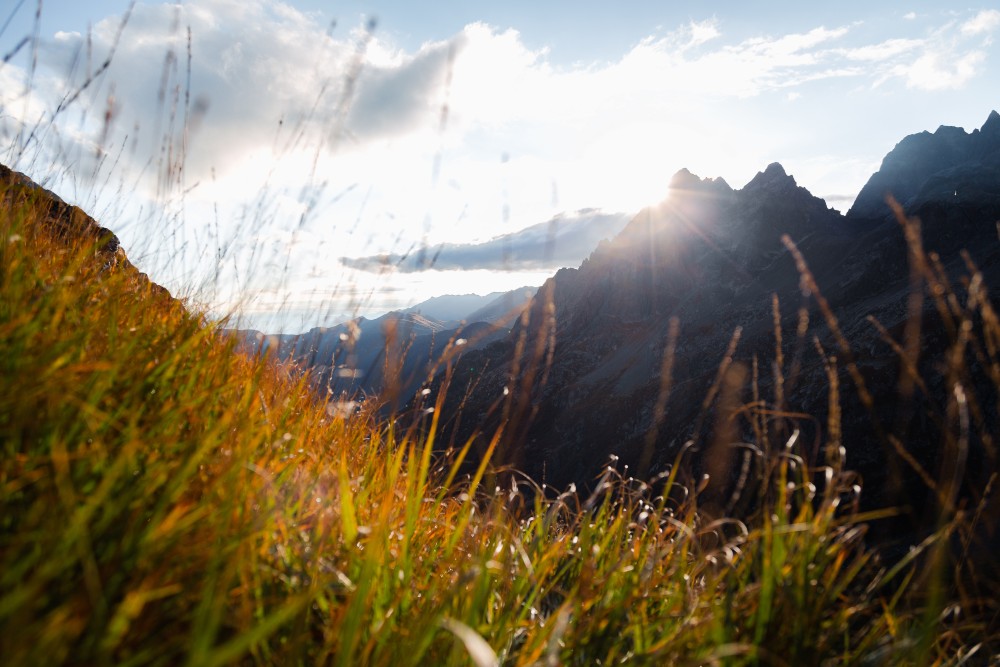
Altitude
2511m
Type de média
Photo
Tags
Paysage
Date
04.09.2022
Itinéraire(s)
/
Expedition
Expéditions publiques
Credits
Anto Barisic
Depuis le Col de Salenton
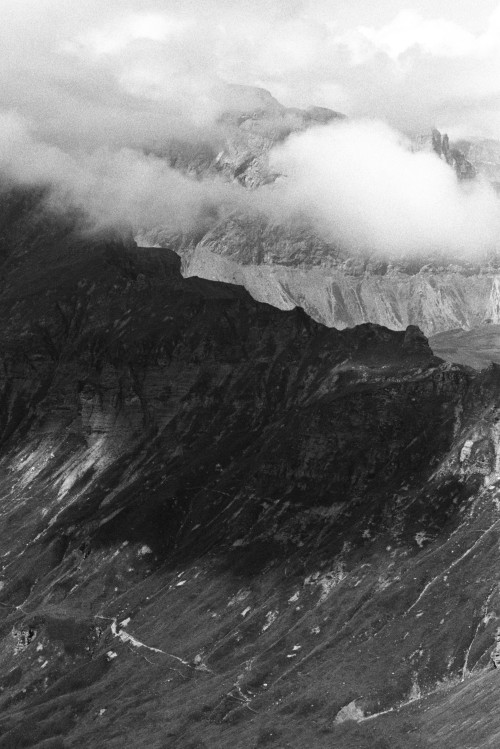
01.07.2023
2511m
Photo
Depuis le Col de Salenton
Vue vers le Nord-Ouest depuis le col de Salenton

Altitude
2511m
Type de média
Photo
Tags
/
Date
01.07.2023
Itinéraire(s)
/
Expedition
Expéditions publiques
Credits
Solène Hoffmann
Retour

28.08.2021
2521m
Dessin
Retour
Aiguille des chamois
Aquarelle et encre de Chine sur papier
40x50cm
Descente en direction du refuge
Aquarelle et encre de Chine sur papier
40x50cm

Altitude
2521m
Type de média
Dessin
Tags
Paysage
Date
28.08.2021
Itinéraire(s)
Sud
Expedition
Reconstitution de l'EPFL
Credits
Pascale Favre
Aiguille de Salenton
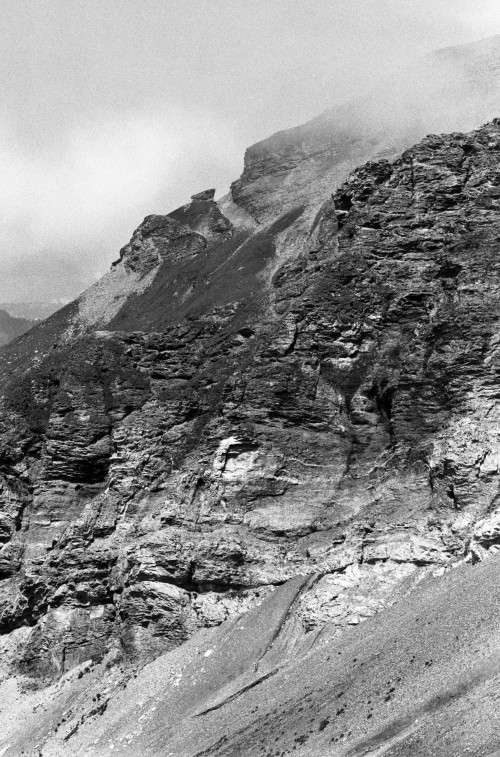
11.07.2022
2530m
Photo
Aiguille de Salenton
Vue vers le Nord depuis le col de Salenton

Altitude
2530m
Type de média
Photo
Tags
Paysage, Pierre
Date
11.07.2022
Itinéraire(s)
/
Expedition
Expéditions publiques
Credits
Solène Hoffmann
Col de Salenton
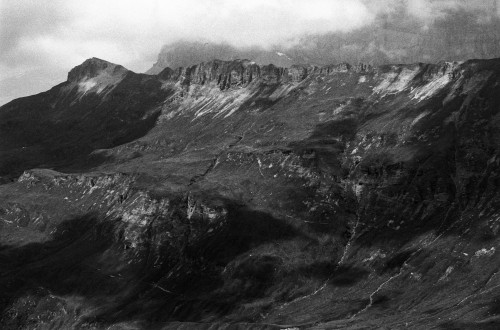
11.07.2022
2539m
Photo
Col de Salenton
Vue vers le Nord-Ouest depuis le Col de Salenton
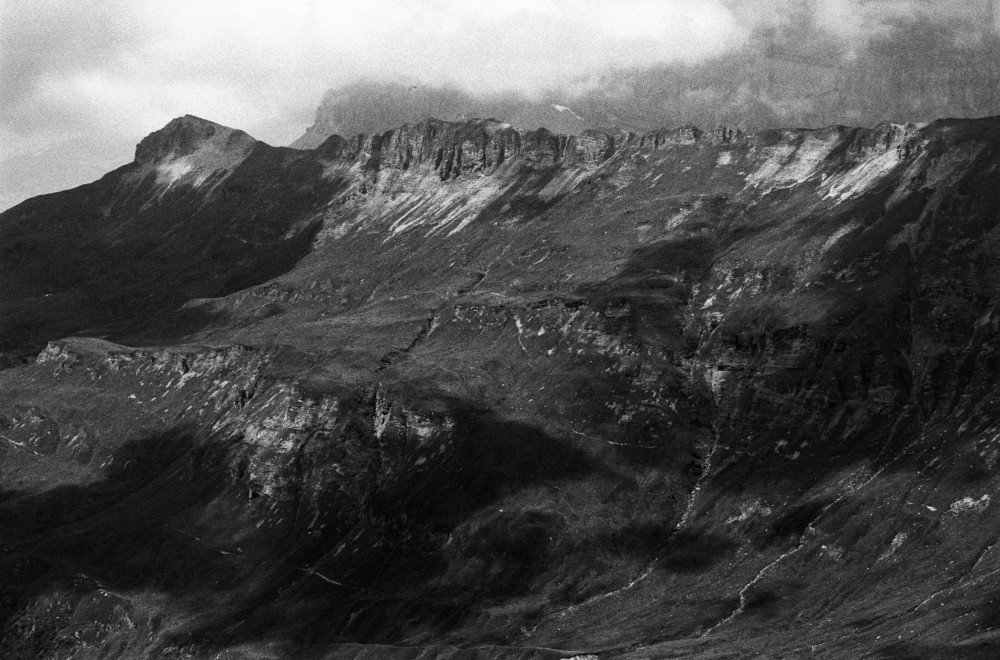
Altitude
2539m
Type de média
Photo
Tags
Pierre, Neige, Paysage
Date
11.07.2022
Itinéraire(s)
/
Expedition
Expéditions publiques
Credits
Solène Hoffmann
La table au chantre
13.07.1778
2576m
Texte
Après deux heures d'une marche continue , mais pas trop accélérée, nous arrivons au pied d'un rocher, dont la base présente des sieges naturels, qui semblent inviter le voyageur à s’y reposer. M. Bourrit, qui y dîna dans son premier voyage, lui a laissé son nom; les guides nomment cet endroit la Table au Chantre [après Bourrit qui était chantre à la cathédrale de Genève]. Ces rochers sont encore des mêmes Granits veinés.
Horace Bénédict Saussure, Voyages dans les Alpes (1779), I, 478.
Altitude
2576m
Type de média
Texte
Tags
Vie sociale
Date
13.07.1778
Itinéraire(s)
Sud
Expedition
Expédition de Saussure
Vers le sommet
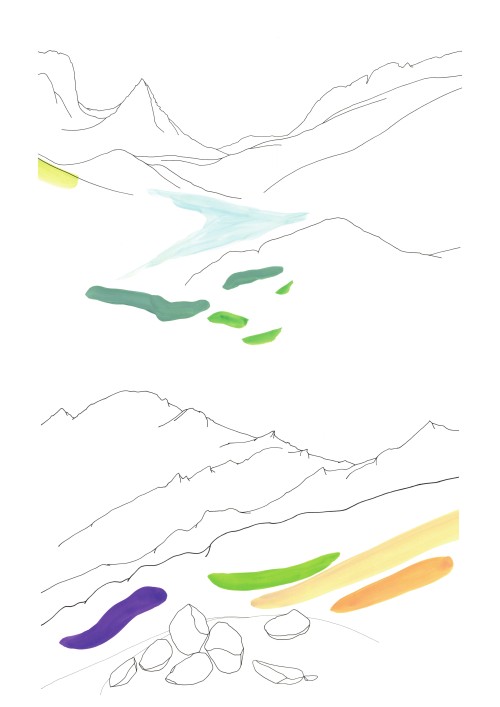
28.08.2021
2623m
Dessin
Vers le sommet
Col et brèche de Bérard
Aquarelle et encore de Chine
40x50cm
Montée au Buet en direction du col de Salenton
Aquarelle et encore de Chine
40x50cm

Altitude
2623m
Type de média
Dessin
Tags
Paysage
Date
28.08.2021
Itinéraire(s)
Sud
Expedition
Reconstitution de l'EPFL
Credits
Pascale Favre
Névé
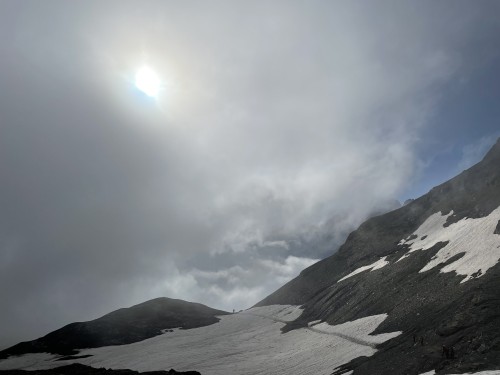
28.08.2021
2660m
Photo
Névé

Altitude
2660m
Type de média
Photo
Tags
Pierre, Paysage, Neige
Date
28.08.2021
Itinéraire(s)
Sud
Expedition
Reconstitution de l'EPFL
Credits
Nicolas Nova
Première randonnée

09.04.2022
2734m
Photo
Première randonnée
On aperçoit le massif du mont blanc.
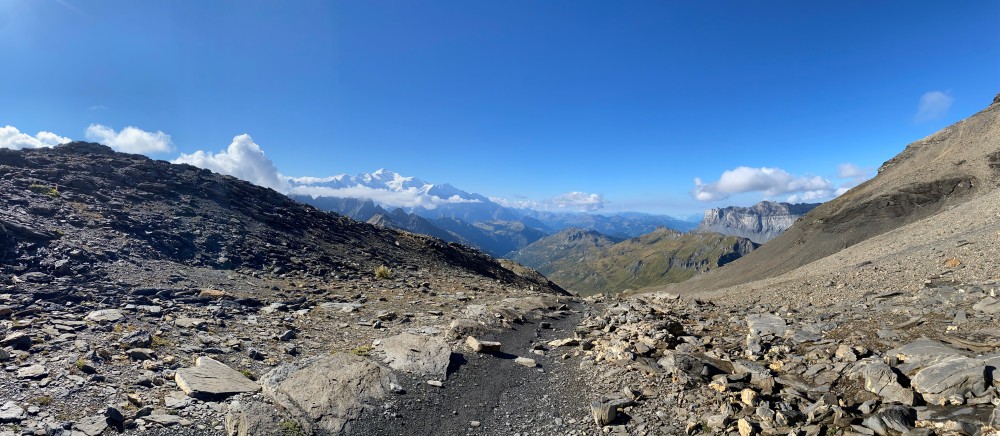
Altitude
2734m
Type de média
Photo
Tags
Panorama, Neige, Pierre
Date
09.04.2022
Itinéraire(s)
/
Expedition
Expéditions publiques
Credits
Victoire Kezeu Tchouangang
Enneigement du Buet le 21 juilllet 1985
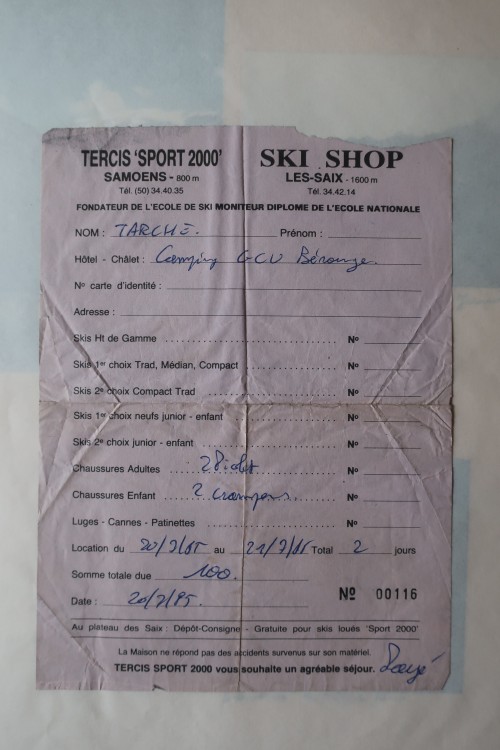
21.07.1985
2771m
Photo
Enneigement du Buet le 21 juilllet 1985
L'ascension (versant Grenairon) du Buet par l'enfant que j'étais fut une épiphanie de laquelle découla une passion alpine durable. L'enneigement du Plan ou de la Combe, en ce 21 juillet 1985, réclamait crampons & piolet (loués pour l'occasion)...

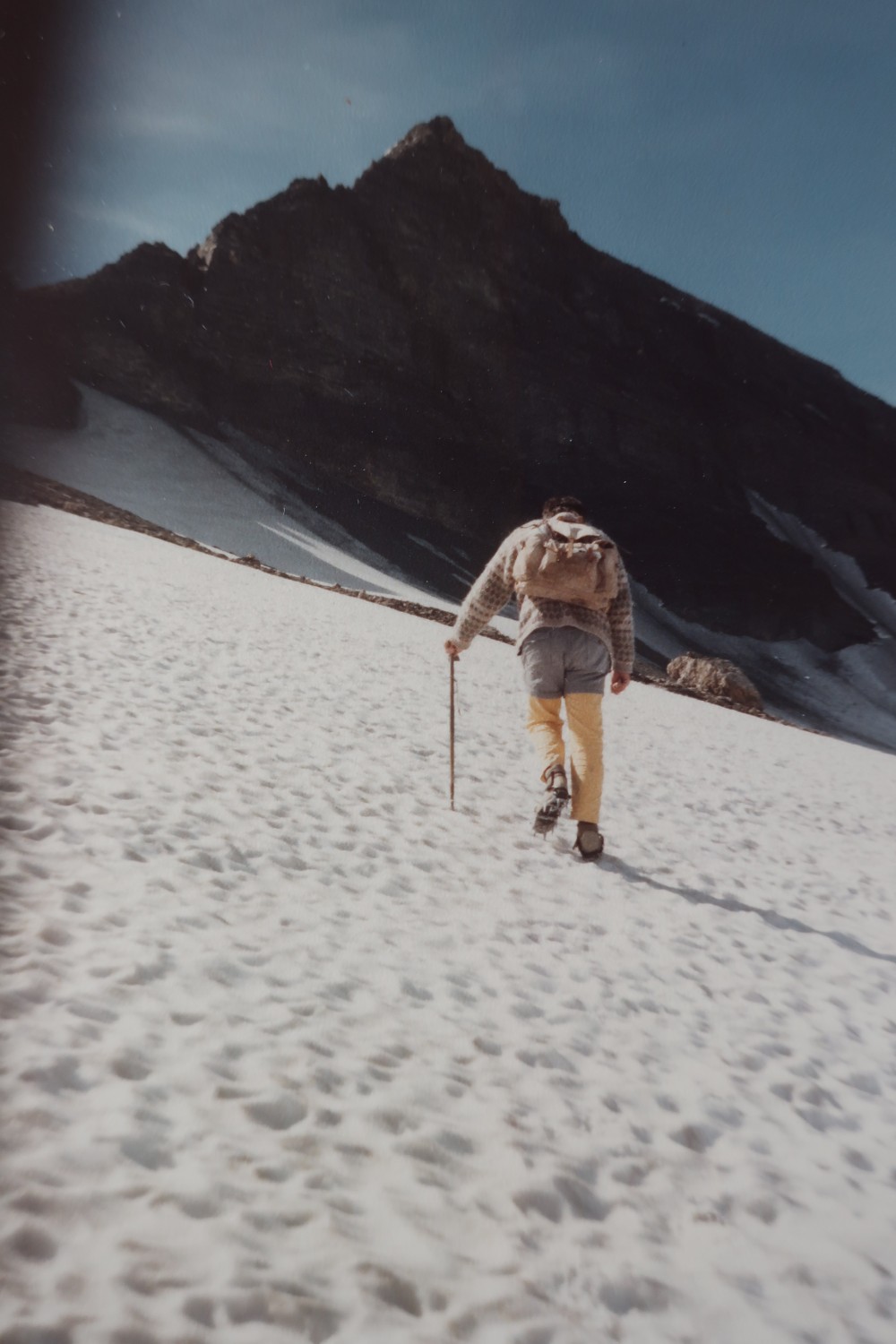


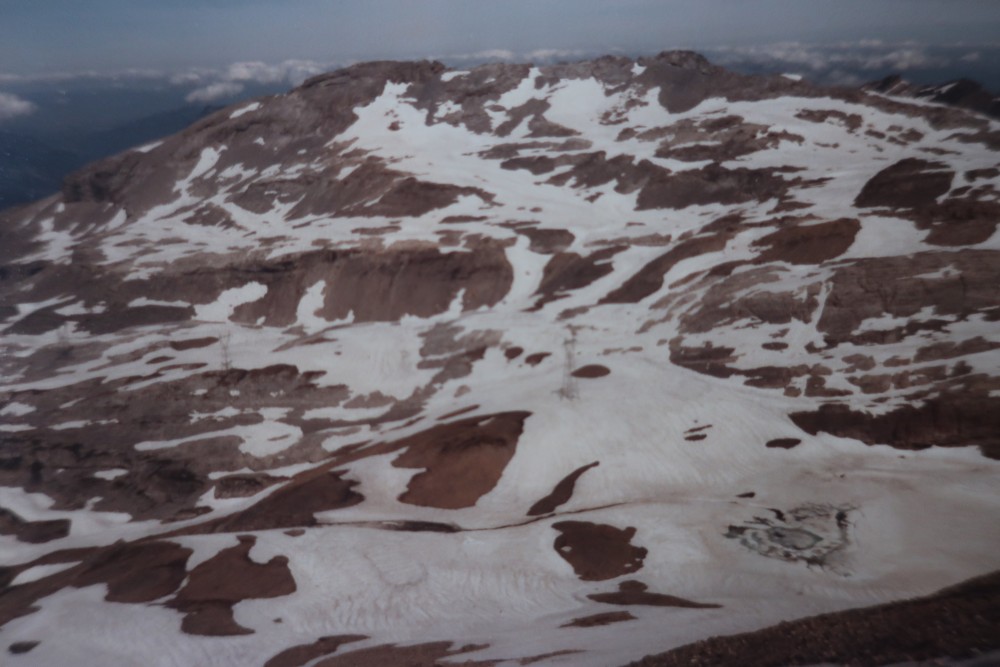


Altitude
2771m
Type de média
Photo
Tags
Paysage, Humain, Neige
Date
21.07.1985
Itinéraire(s)
Nord
Expedition
Expéditions publiques
Credits
Guillaume Tarche
Chemin serpentant
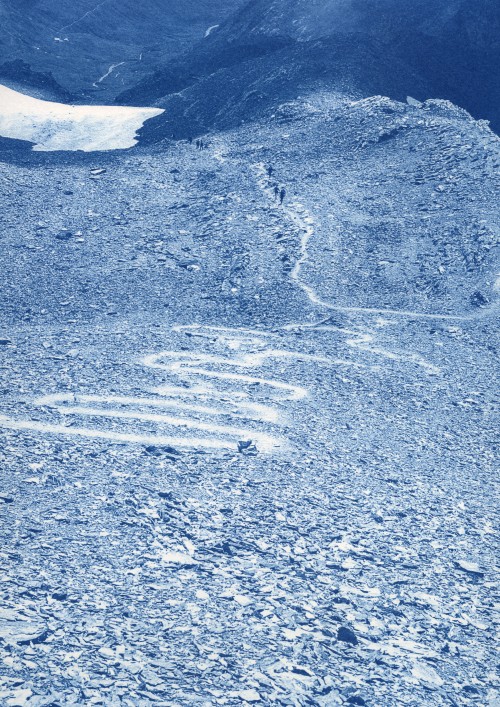
28.08.2021
2910m
Photo
Chemin serpentant

Altitude
2910m
Type de média
Photo
Tags
Infrastructure, Humain, Pierre
Date
28.08.2021
Itinéraire(s)
Sud
Expedition
Reconstitution de l'EPFL
Credits
Olga Cafiero
Mont Blanc
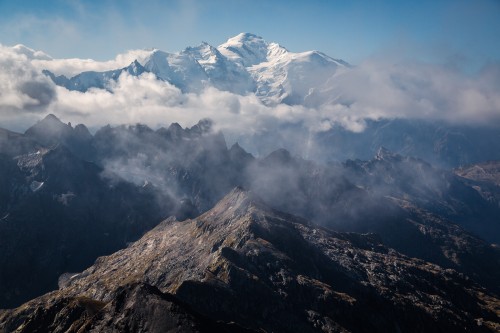
04.09.2022
2938m
Photo
Mont Blanc
Photos prises durant la randonnée/conférence du 3 et 4 septembre 2022.
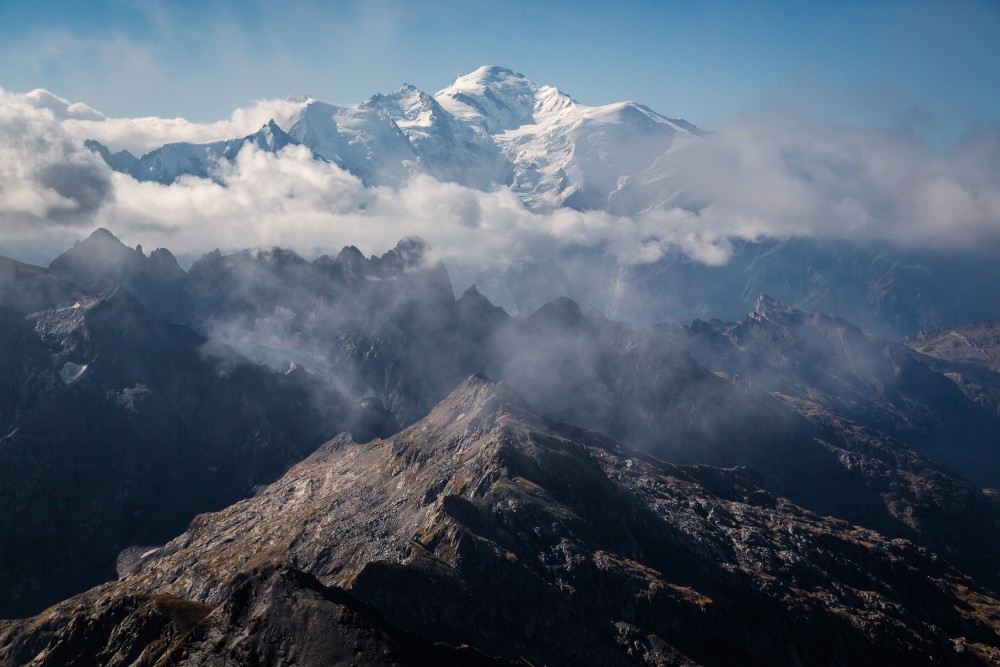
Altitude
2938m
Type de média
Photo
Tags
Neige, Paysage
Date
04.09.2022
Itinéraire(s)
/
Expedition
Expéditions publiques
Credits
Anto Barisic
Cordes fixes sur l'arête du Buet
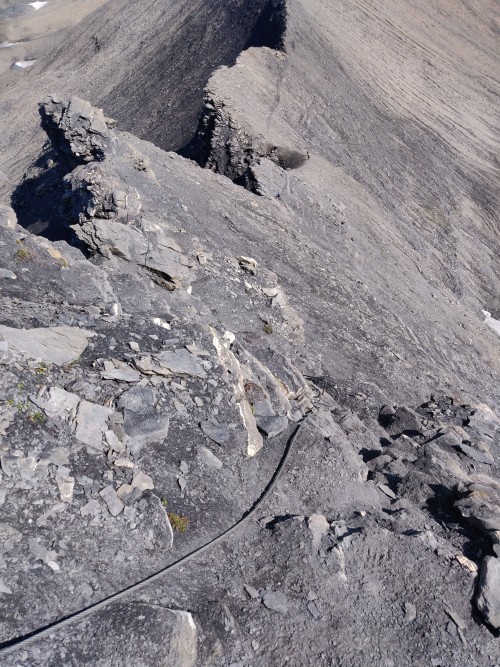
13.09.2020
2975m
Photo
Cordes fixes sur l'arête du Buet

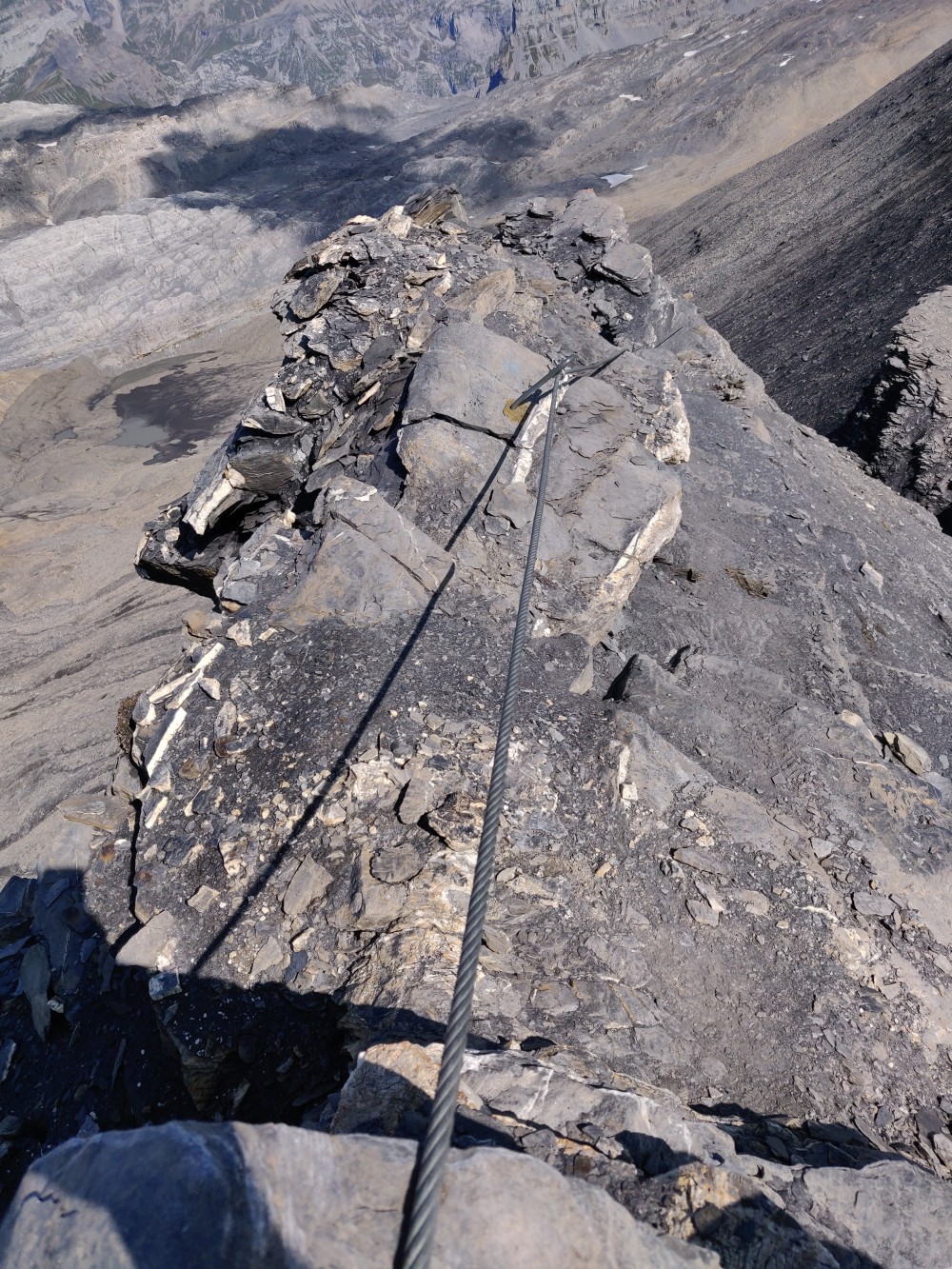
Altitude
2975m
Type de média
Photo
Tags
Infrastructure, Pierre
Date
13.09.2020
Itinéraire(s)
Nord
Expedition
Reconstitution de l'EPFL
Credits
Ion Mihailescu
Rochers des Fiz
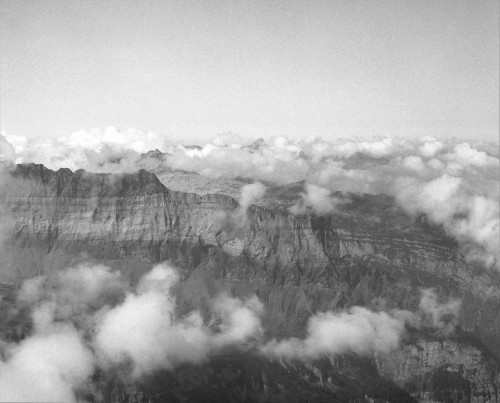
28.08.2021
3003m
Photo
Rochers des Fiz

Altitude
3003m
Type de média
Photo
Tags
Paysage, Pierre
Date
28.08.2021
Itinéraire(s)
Sud
Expedition
Reconstitution de l'EPFL
Credits
Marianna Fenzi
Le Mont Blanc derrière un panneau solaire
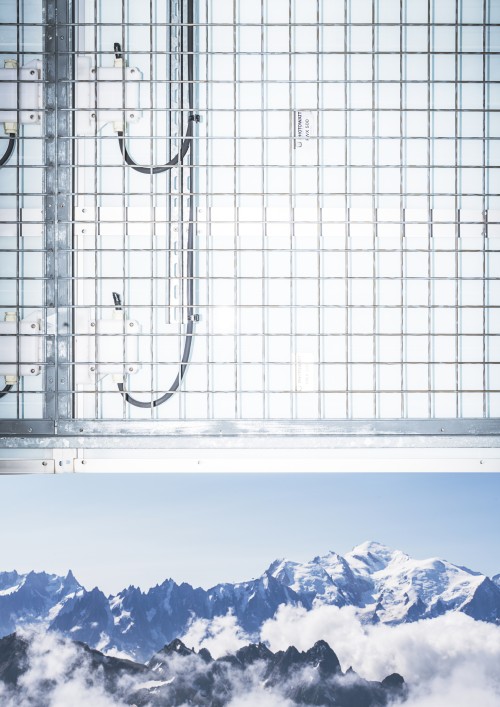
28.08.2021
3012m
Photo
Le Mont Blanc derrière un panneau solaire
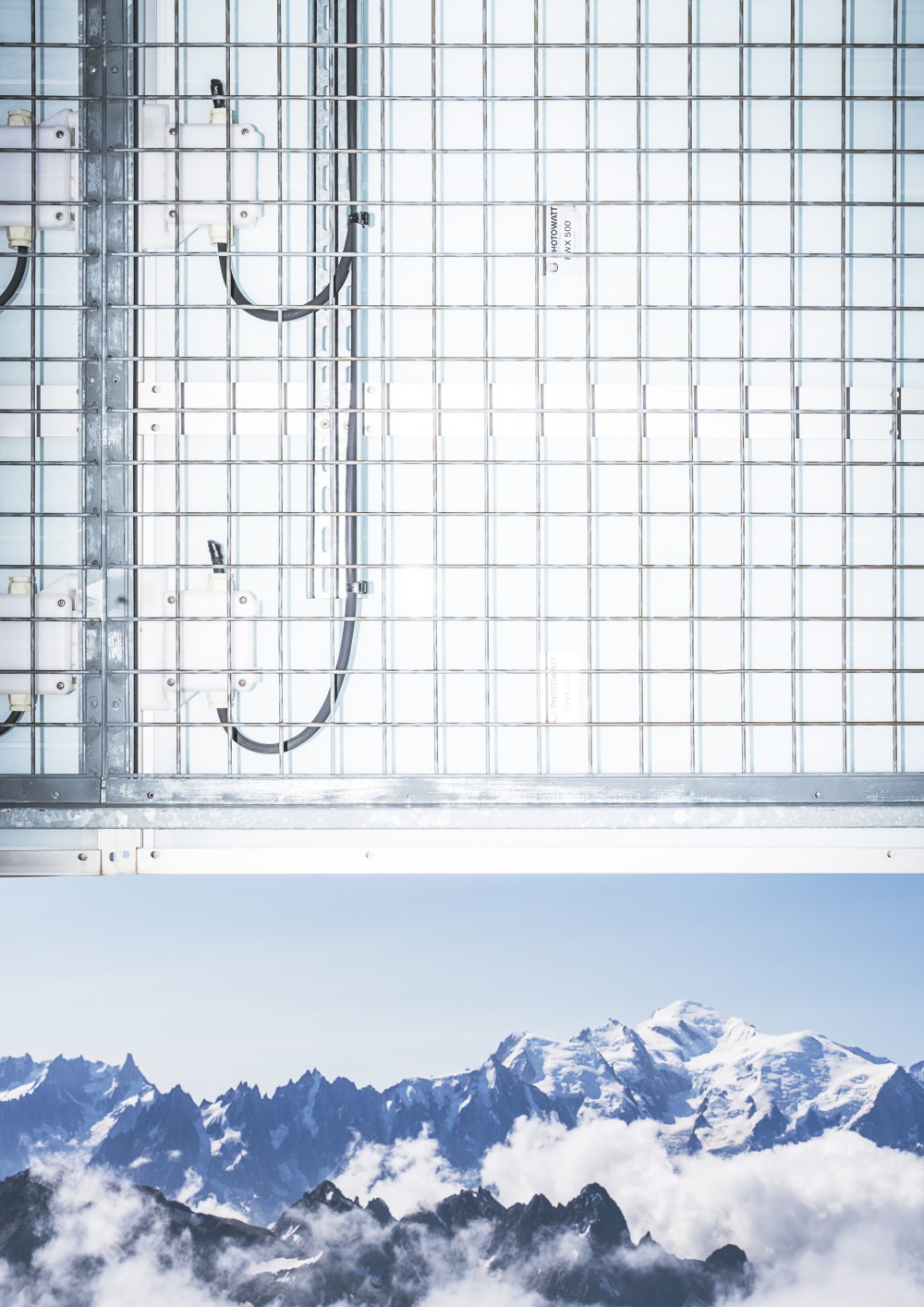
Altitude
3012m
Type de média
Photo
Tags
Infrastructure, Paysage
Date
28.08.2021
Itinéraire(s)
Sud
Expedition
Reconstitution de l'EPFL
Credits
Olga Cafiero
Vue des Aiguilles de Chamonix
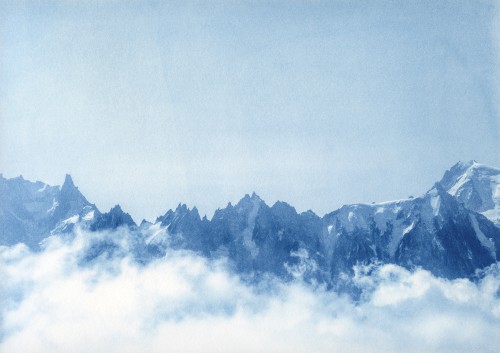
27.08.2021
3022m
Photo
Vue des Aiguilles de Chamonix


Altitude
3022m
Type de média
Photo
Tags
Paysage, Pierre
Date
27.08.2021
Itinéraire(s)
Sud
Expedition
Reconstitution de l'EPFL
Credits
Olga Cafiero, Marianna Fenzi
Antenne relais de gendarmerie

28.08.2021
3022m
Photo
Antenne relais de gendarmerie


Altitude
3022m
Type de média
Photo
Tags
Infrastructure
Date
28.08.2021
Itinéraire(s)
Sud
Expedition
Reconstitution de l'EPFL
Credits
Nicolas Nova
Abri

04.09.2022
3031m
Photo
Abri
Photos prises durant la randonnée/conférence du 3 et 4 septembre 2022.

Altitude
3031m
Type de média
Photo
Tags
Pierre, Humain, Infrastructure, Vie sociale
Date
04.09.2022
Itinéraire(s)
/
Expedition
Expéditions publiques
Credits
Anto Barisic
Coucher de soleil sur la chaîne du Mont-Blanc depuis le sommet du Buet
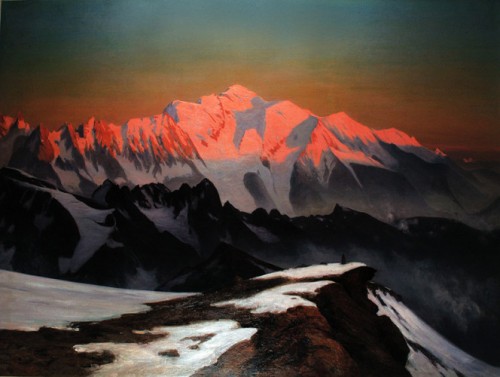
1880
3087m
Photo
Coucher de soleil sur la chaîne du Mont-Blanc depuis le sommet du Buet
Huile sur toile de Gabriel Loppé (1825-1913)
Non daté
Collection : Amis du Vieux Chamonix
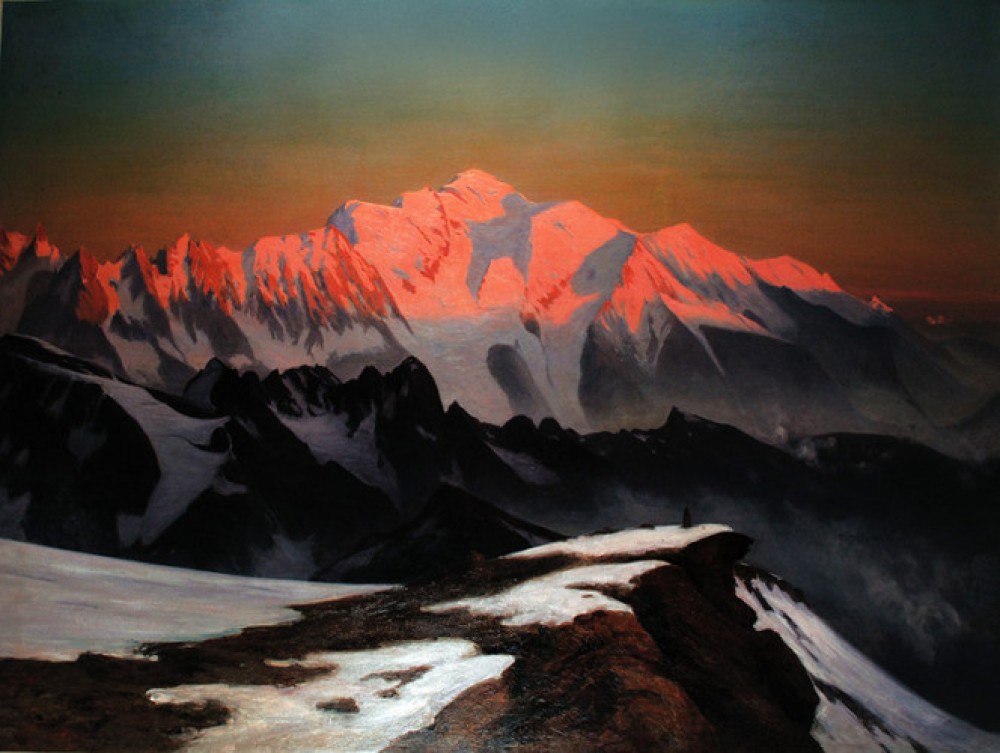
Altitude
3087m
Type de média
Photo
Tags
Paysage, Neige
Date
1880
Itinéraire(s)
/
Expedition
Expéditions publiques
Credits
Gabriel Loppé
Sommet

28.08.2021
3096m
Photo
Sommet

Altitude
3096m
Type de média
Photo
Tags
Pierre, Paysage, Neige
Date
28.08.2021
Itinéraire(s)
Sud
Expedition
Reconstitution de l'EPFL
Credits
Marianna Fenzi
L'explication de Saussure sur la vue circulaire
1779
3096m
Texte
Cette planche a été destinée à donner une idée de la vue des montagnes que l’on découvre de la cime du Buet. Le spectateur est censé placé au centre de la figure, & tous les objets sont dessinés en perspective autour de ce centre, comme ils se présentent à un œil situé dans ce même centre, & qui fait successivement le tour de tout son horizon. [...]
Suivant la méthode que j’ai employée, le Dessinateur peint les objets exactement comme il les voit, en tournant son papier à mesure qu’il se tourne lui-même, Et ceux qui d’après son ouvrage, veulent se former une idée des objets qu’il a dessinés, n’ont qu’à se figurer qu’ils sont placés au centre du dessin, agrandir par l’imagination ce qu’ils voyent au dessus de ce centre, & faire, en tournant le dessin, la revue de toutes ses parties. Ils voyent ainsi successivement tous les objets liés entr’eux, & absoument tels qu’ils se présentent à un Observateur situé sur le sommet de la montagne.
Mon projet avoit même été d’assujettir cette espèce de dessin, à une exactitude presque géométrique. Je voulais que le Dessinateur commençât par tracer sur son paper un grand cercle, auquel il donnât le nom de cercle horizontal; qu’il plaçât sur la circonférence de ce cercle, tous les points visibles qui seroient exactement au niveau de son œil; qu’il dessinât en dehors de ce cercle les objets situés au dessus de son horizon; & au dedans, tous ceux qui seroient au dessous de ce même horizon.
Horace Bénédict Saussure, Voyages dans les Alpes (1779), I, 496-498.
Altitude
3096m
Type de média
Texte
Tags
Panorama, Livre, Vie sociale
Date
1779
Itinéraire(s)
Sud
Expedition
Expédition de Saussure
Les gens #1 (Mont Buet 2021)
2021
3096m
Son
Les gens #1 (Mont Buet 2021)
Altitude
3096m
Type de média
Son
Tags
Pierre, Paysage, Humain, Eau, Vie sociale, Animal
Date
2021
Itinéraire(s)
Sud
Expedition
Reconstitution de l'EPFL
Credits
Joell Nicolas
Aquarelle par Escher van der Linth de la vue circulaire de Bourrit

1800
3096m
Dessin
Hans Conrad Escher von der Linth
Vers 1790–1810
Aquarelle et plume sur papier vergé 21,2×18,5 cm
Graphische Sammlung ETH Zurich

Altitude
3096m
Type de média
Dessin
Tags
Panorama
Date
1800
Itinéraire(s)
Sud
Expedition
Expéditions publiques
Credits
Hans Conrad Escher von der Linth
Glacier

04.09.2022
3096m
Photo
Glacier
Photos prises durant la randonnée/conférence du 3 et 4 septembre 2022.
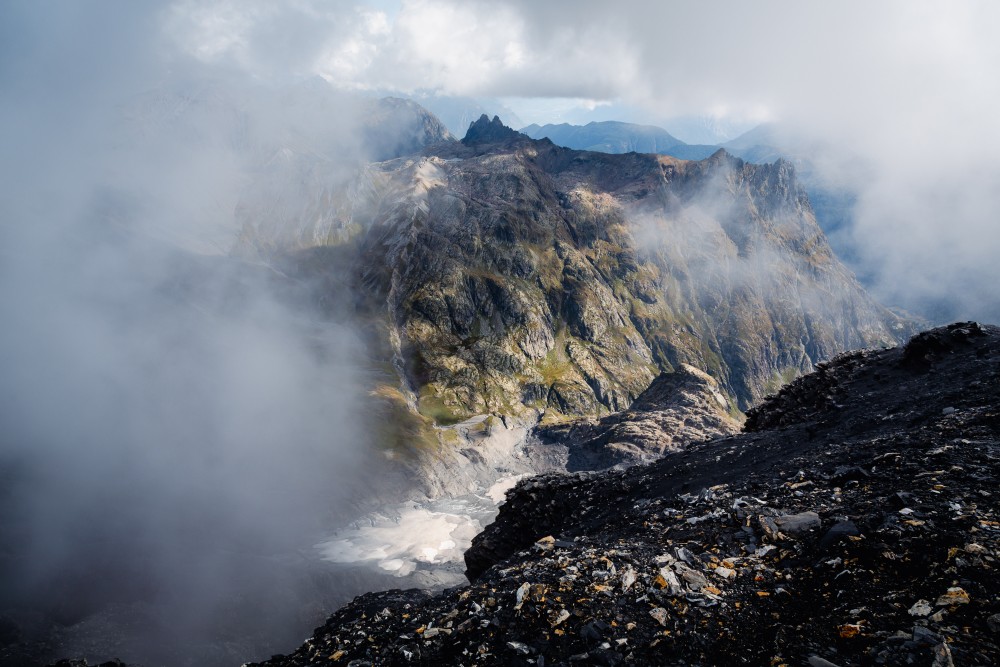
Altitude
3096m
Type de média
Photo
Tags
Pierre, Paysage, Neige
Date
04.09.2022
Itinéraire(s)
/
Expedition
Expéditions publiques
Credits
Anto Barisic
Victoire
04.09.2022
3096m
Son
Victoire
Victoire Kezeu interviewée par Sophie Iselin
Altitude
3096m
Type de média
Son
Tags
Humain, Vie sociale
Date
04.09.2022
Itinéraire(s)
Sud
Expedition
Expéditions publiques
Credits
Sophie Iselin
Neethu
04.09.2022
3096m
Son
Neethu
Neethu Kizhakkedom interviewée au sommet par Sophie Iselin
Altitude
3096m
Type de média
Son
Tags
Humain, Vie sociale
Date
04.09.2022
Itinéraire(s)
Sud
Expedition
Expéditions publiques
Credits
Sophie Iselin
Le mont Blanc et la chaîne des Aiguilles Rouges. Vue prise du sommet du Buet (Dépt de la Hte Savoie)
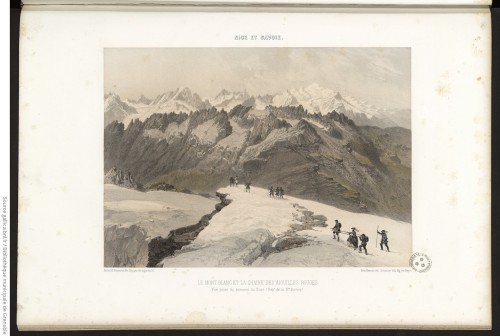
1864
3096m
Gravure
Le mont Blanc et la chaîne des Aiguilles Rouges. Vue prise du sommet du Buet (Dépt de la Hte Savoie)
Tiré de
Eyma, Xavier et Dessaix, Joseph, Nice et Savoie, sites pittoresques, monuments, description et histoire des départements de la Savoie, de la Haute-Savoie et des Alpes-Maritimes... réunis à la France en 1860. Partie 2, Paris, H. Charpentier, 1864.
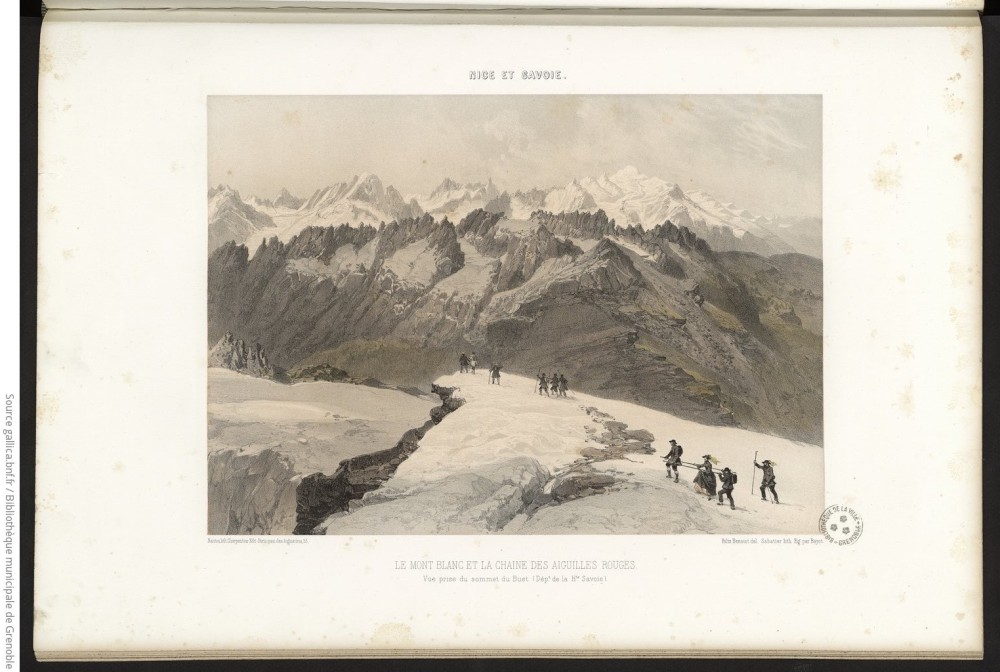
Altitude
3096m
Type de média
Gravure
Tags
Humain, Panorama
Date
1864
Itinéraire(s)
/
Expedition
Expéditions publiques
